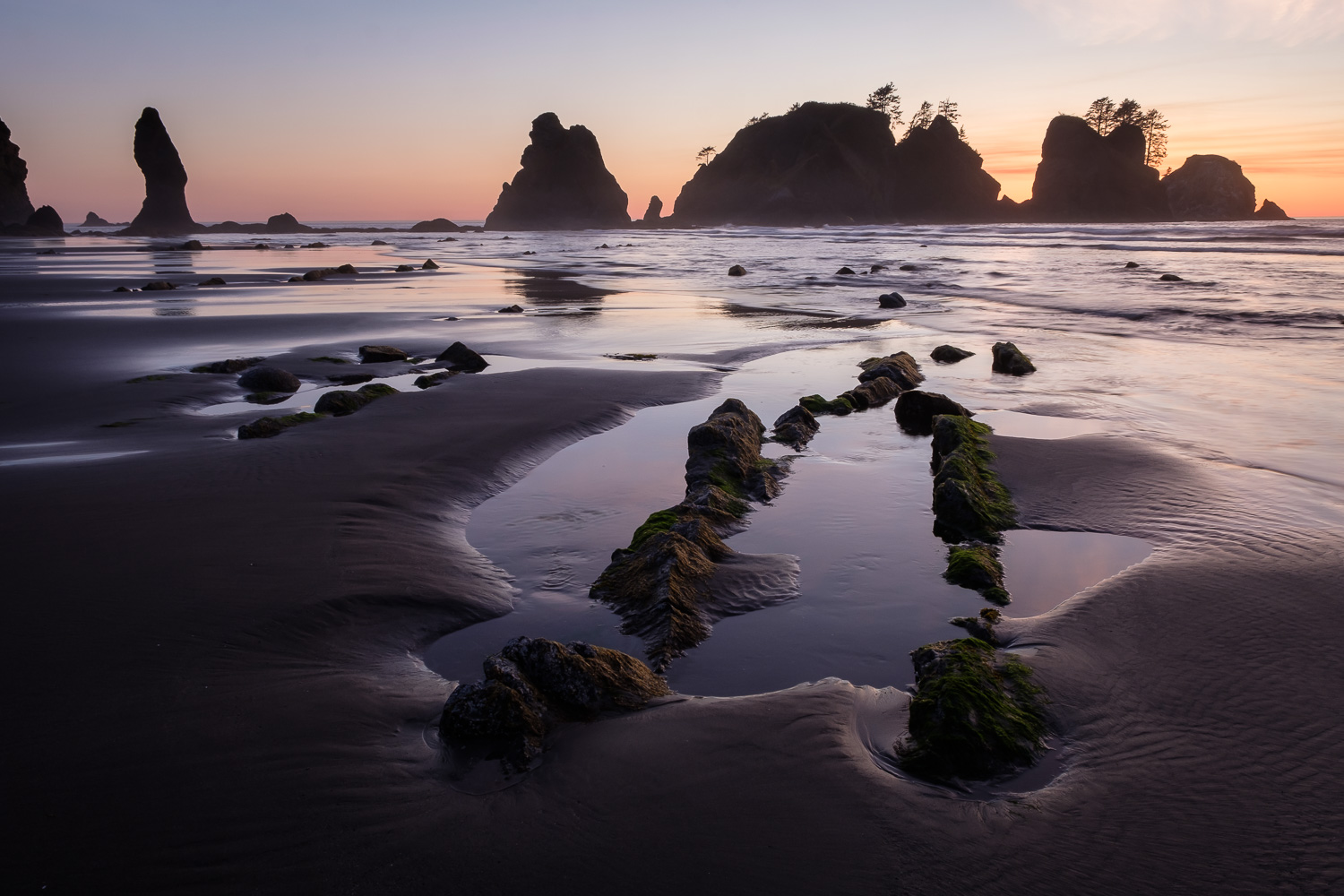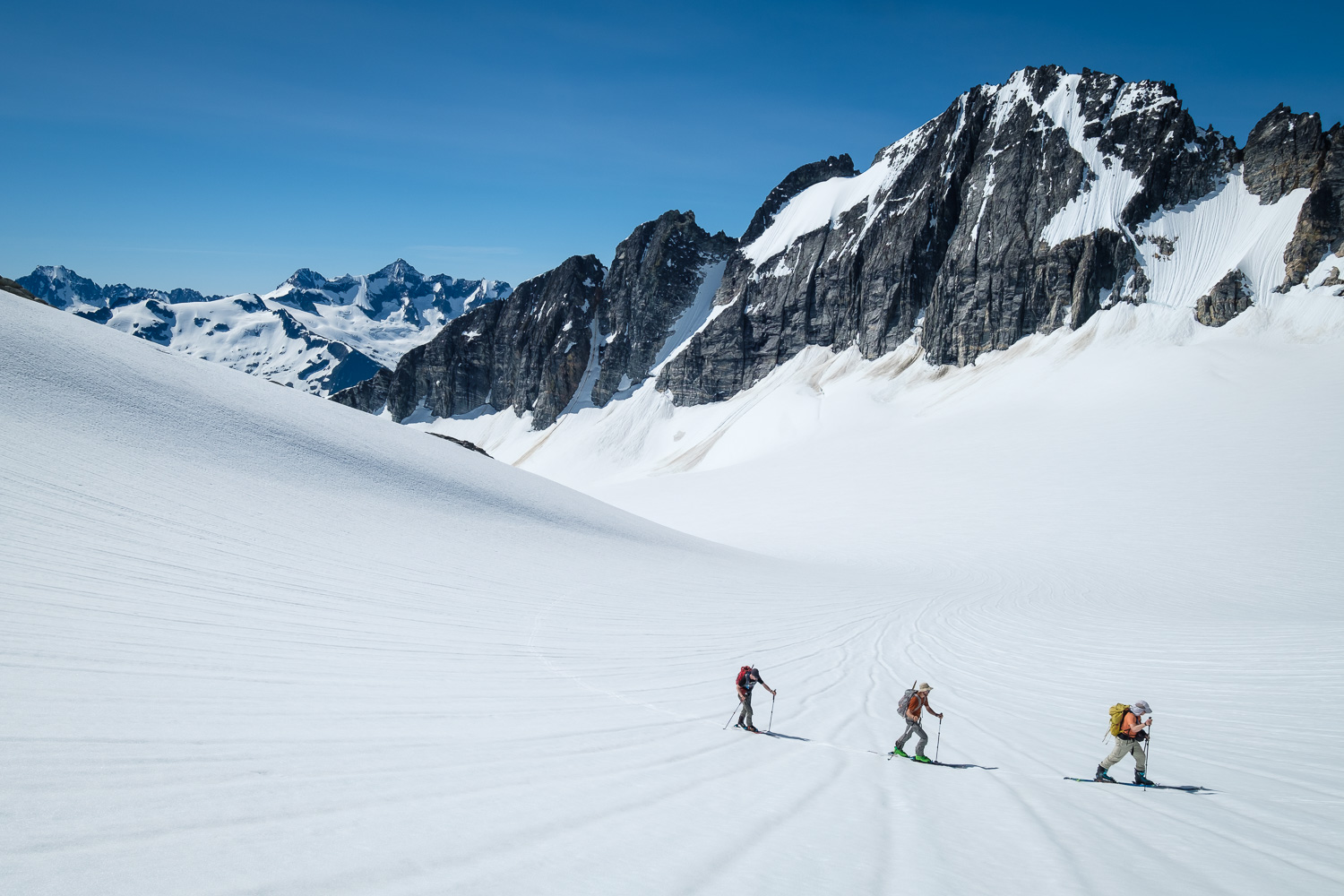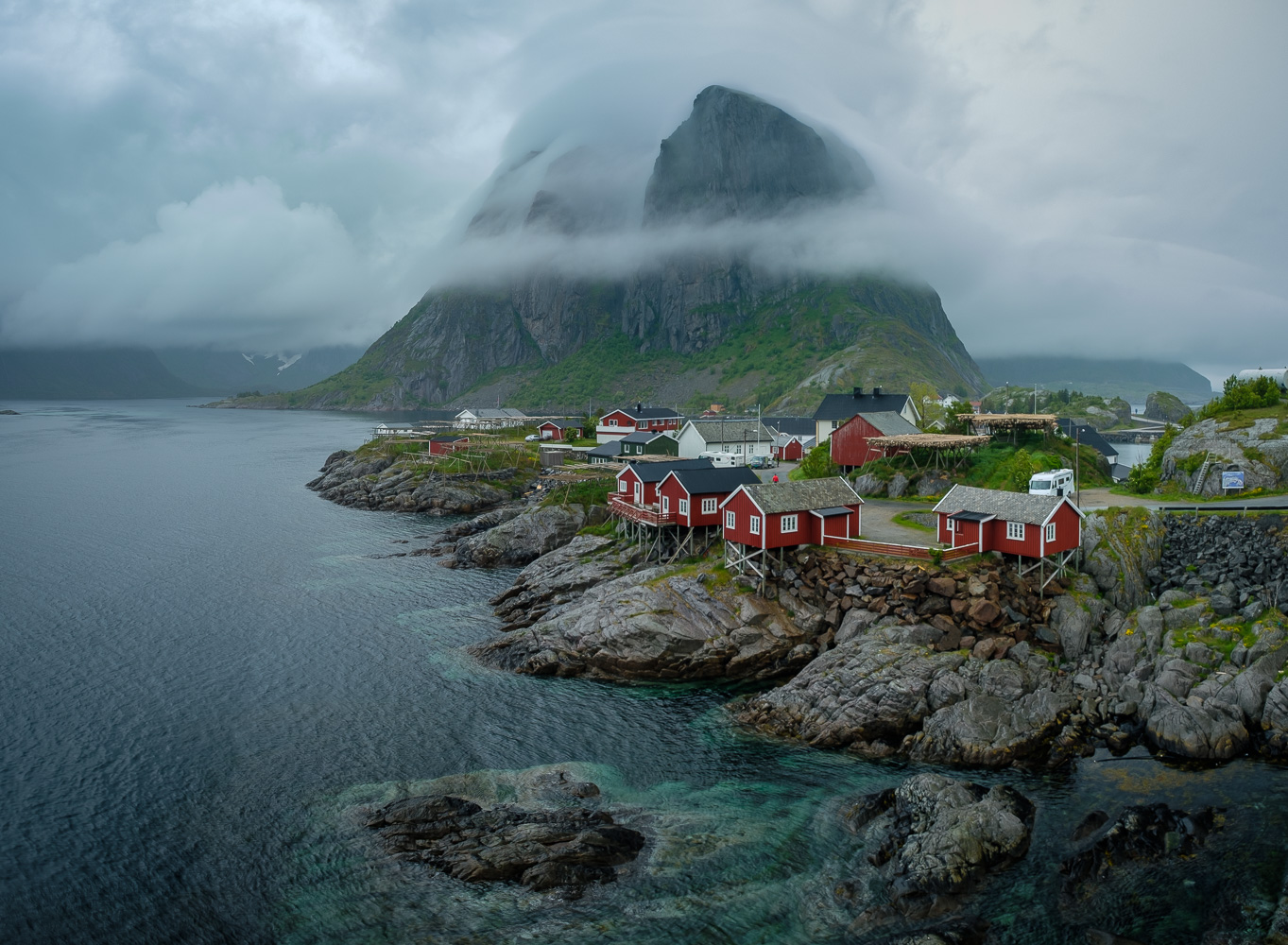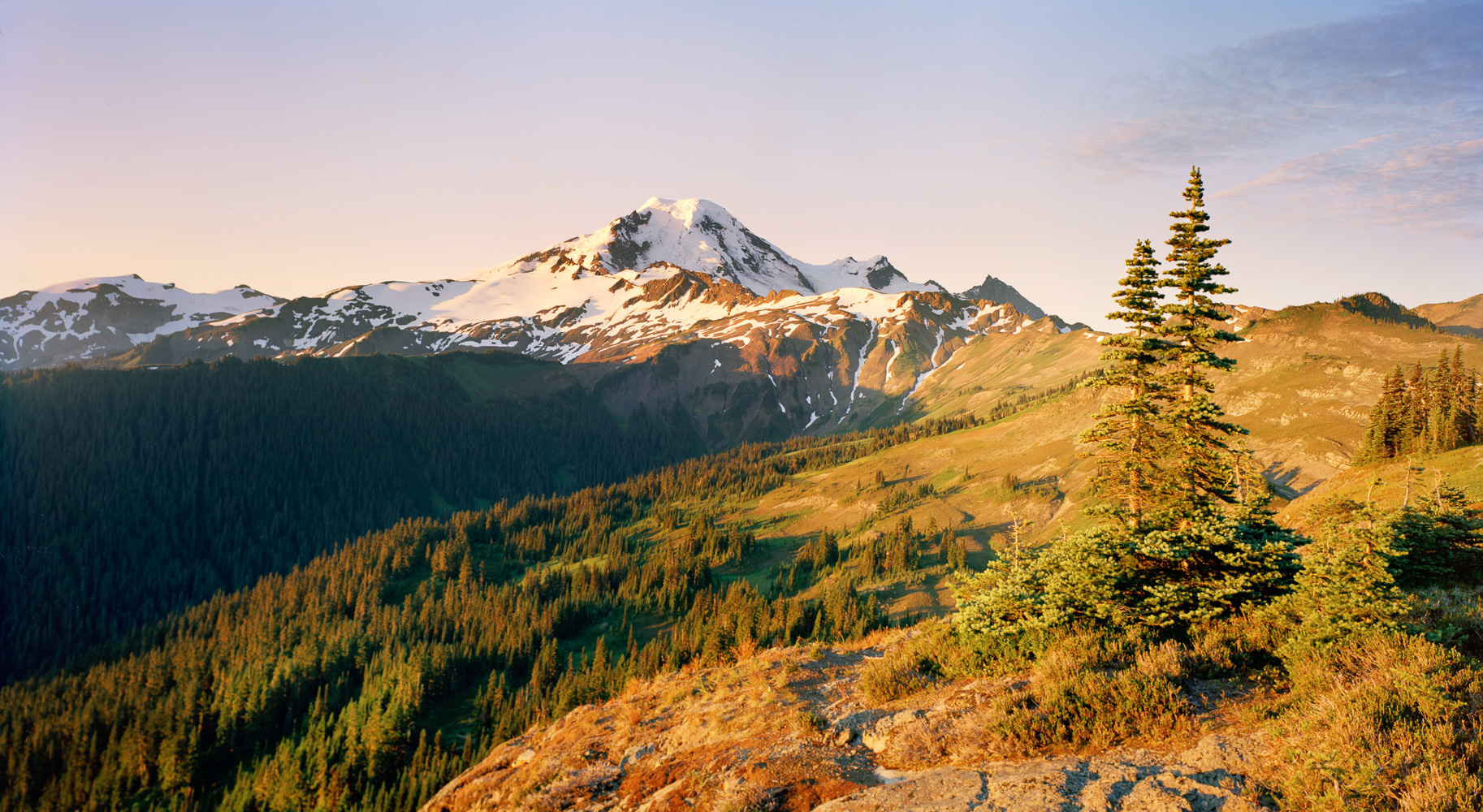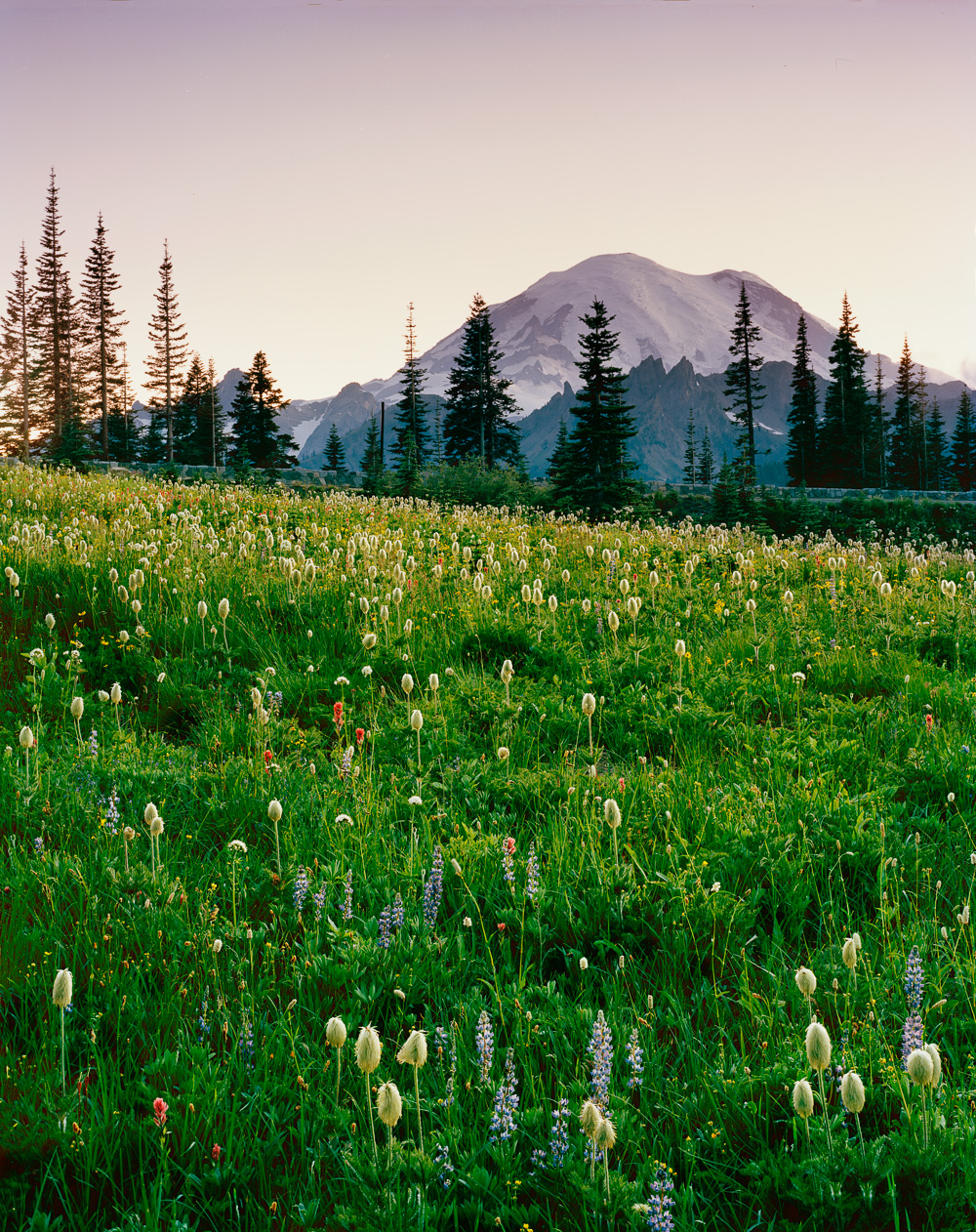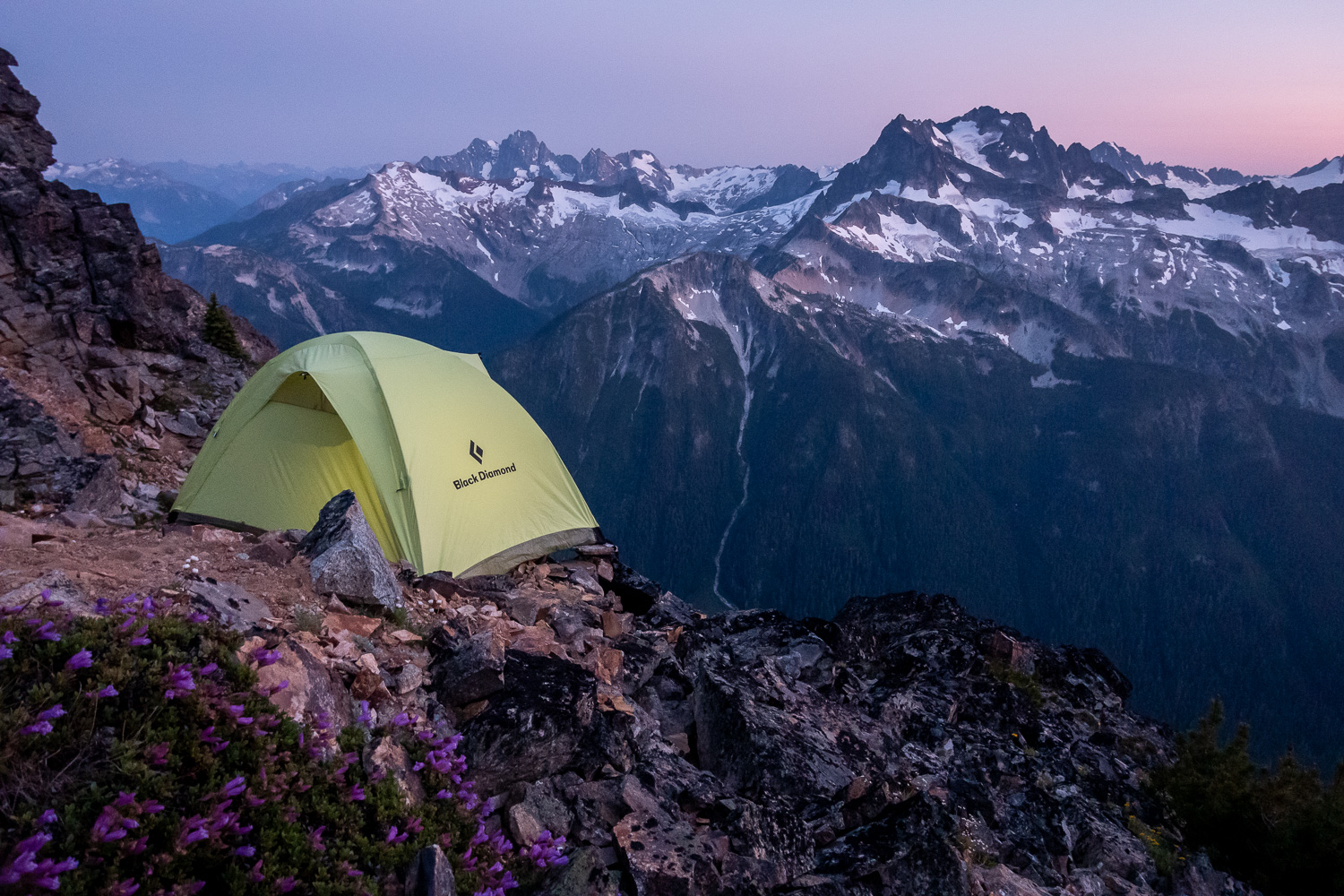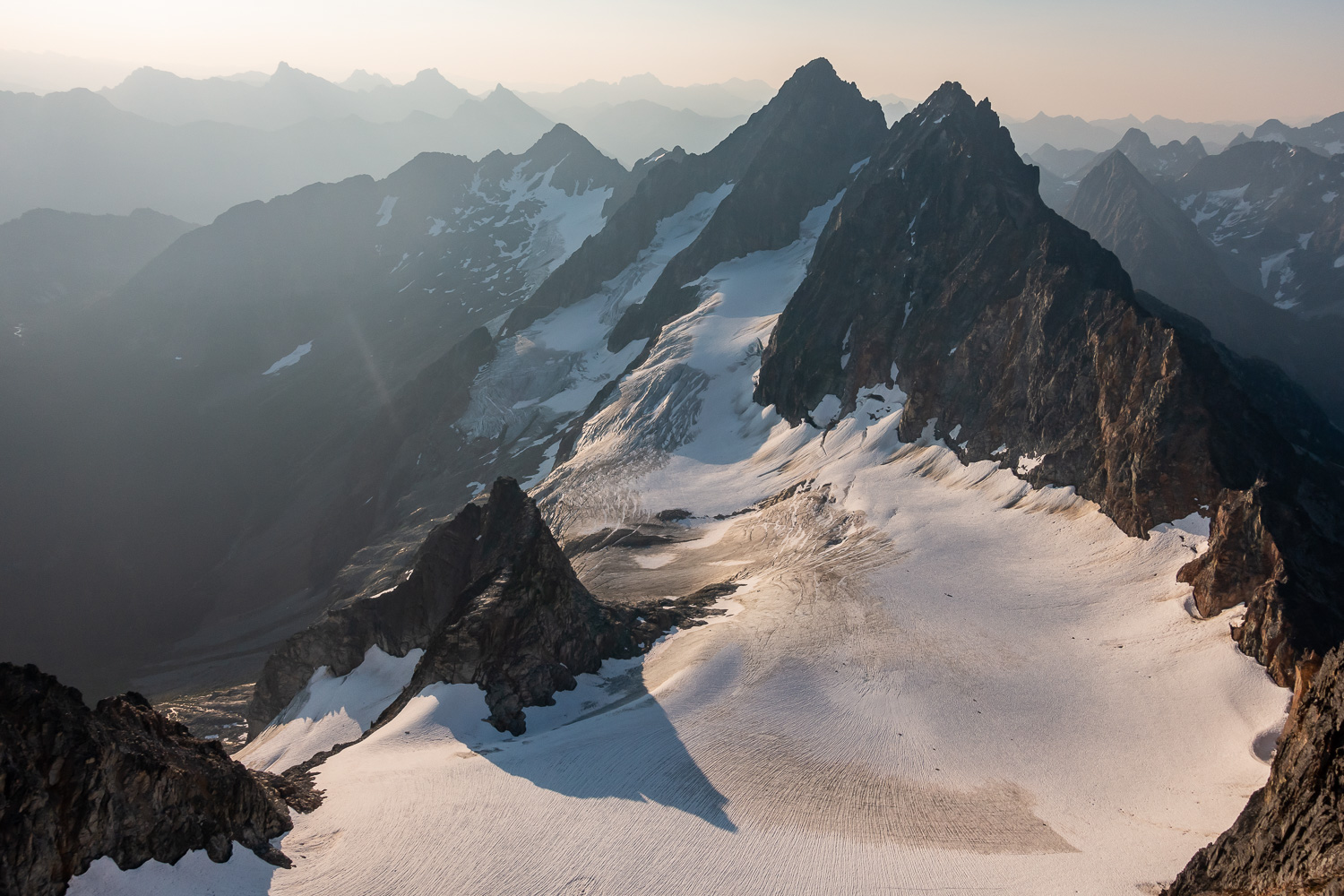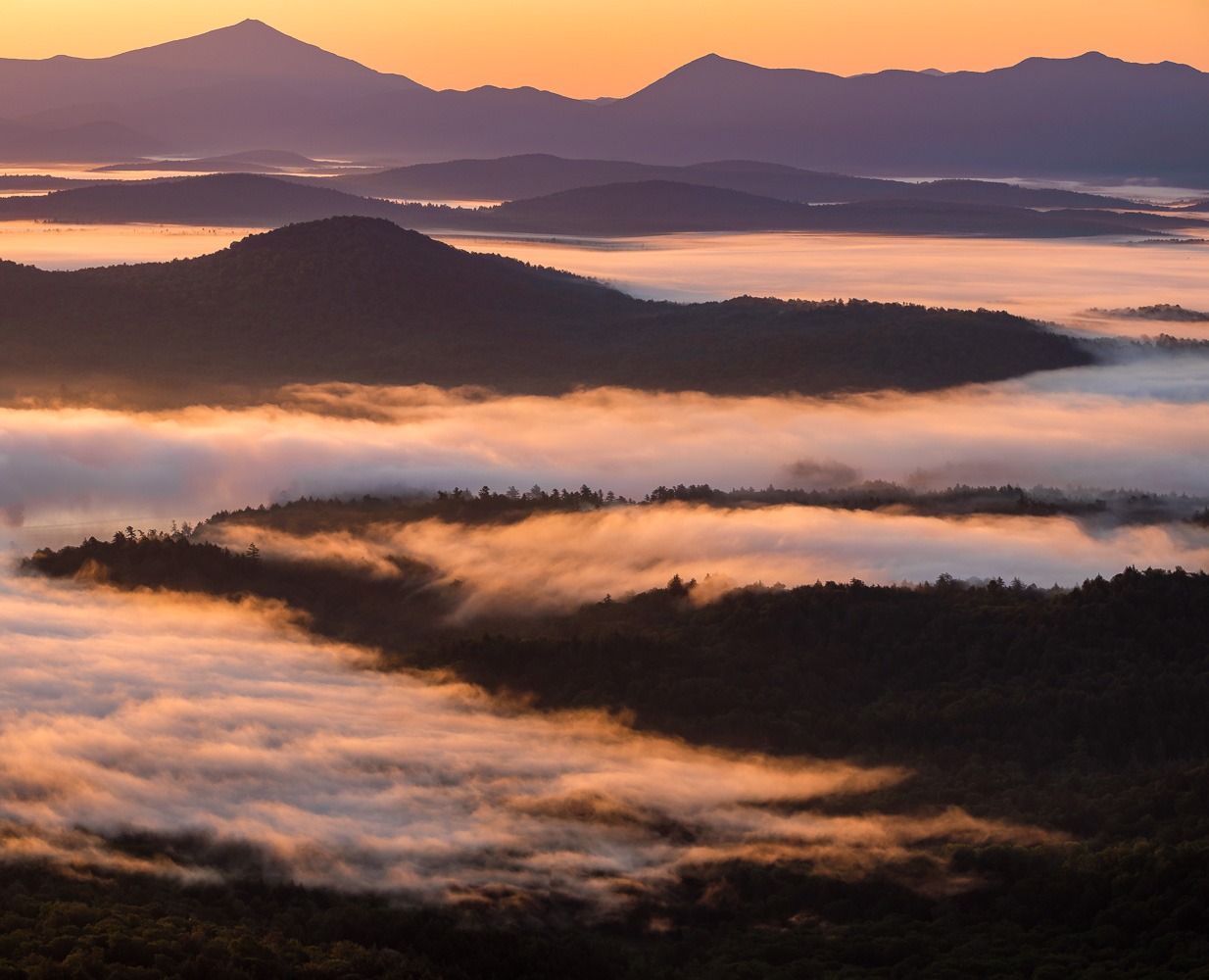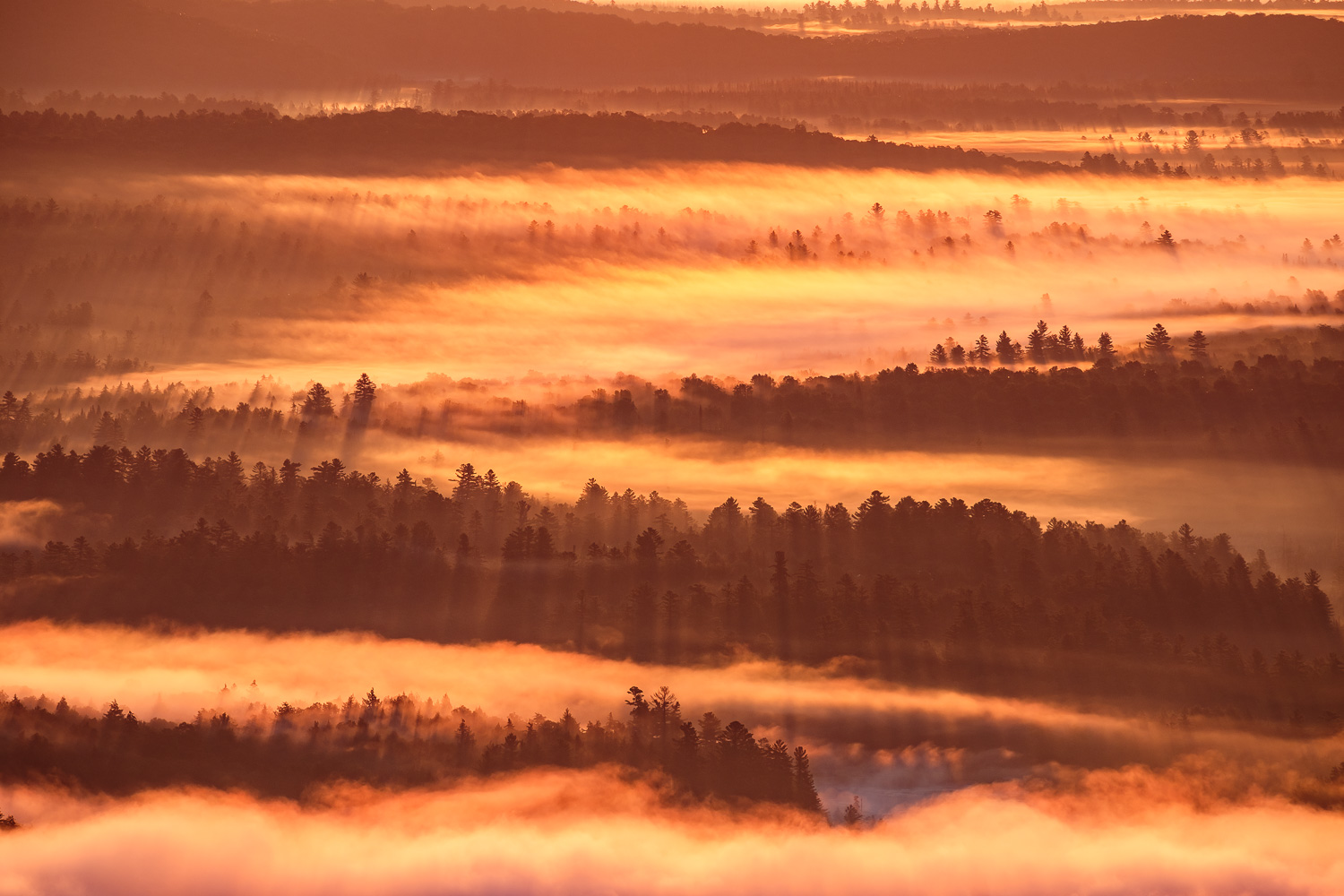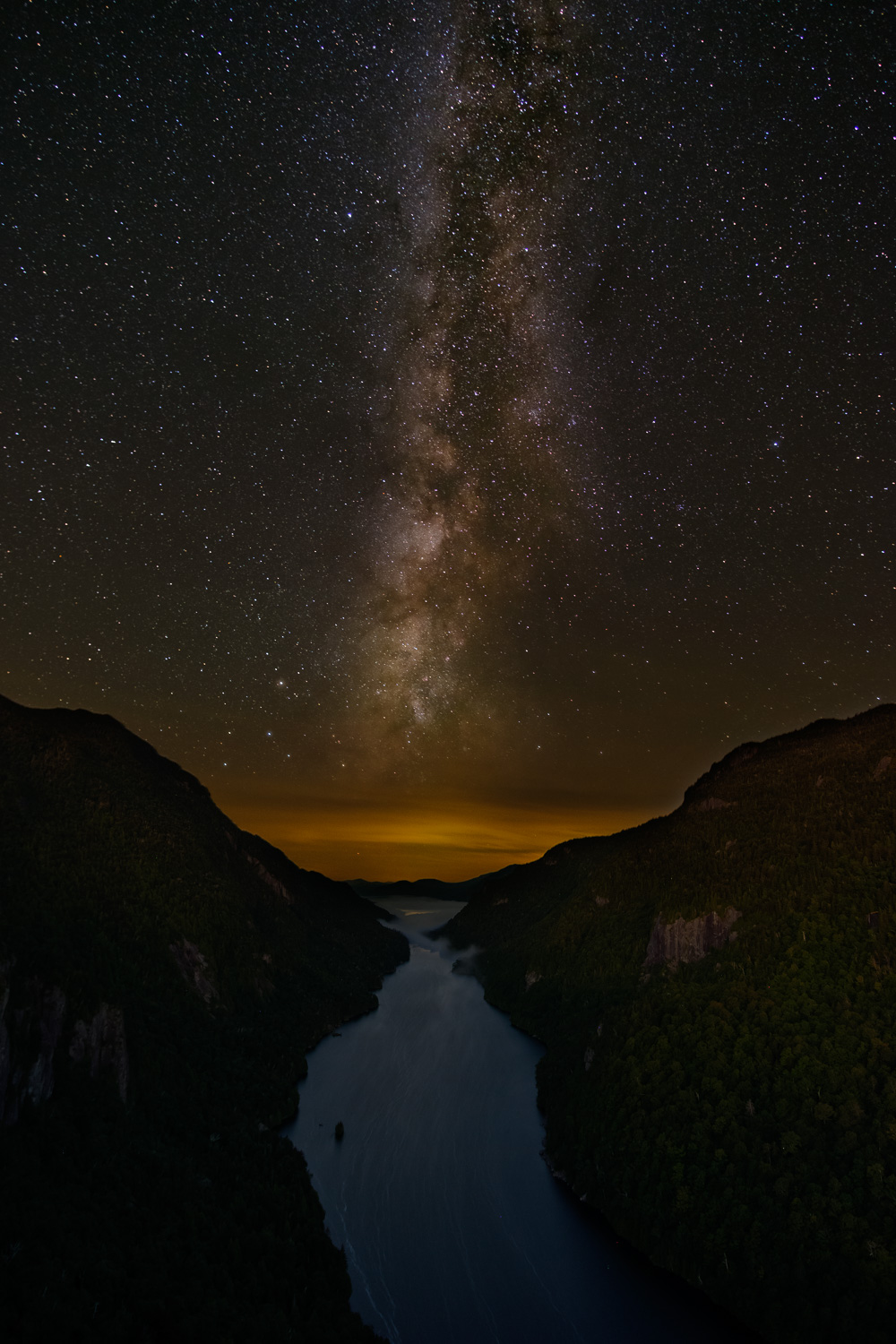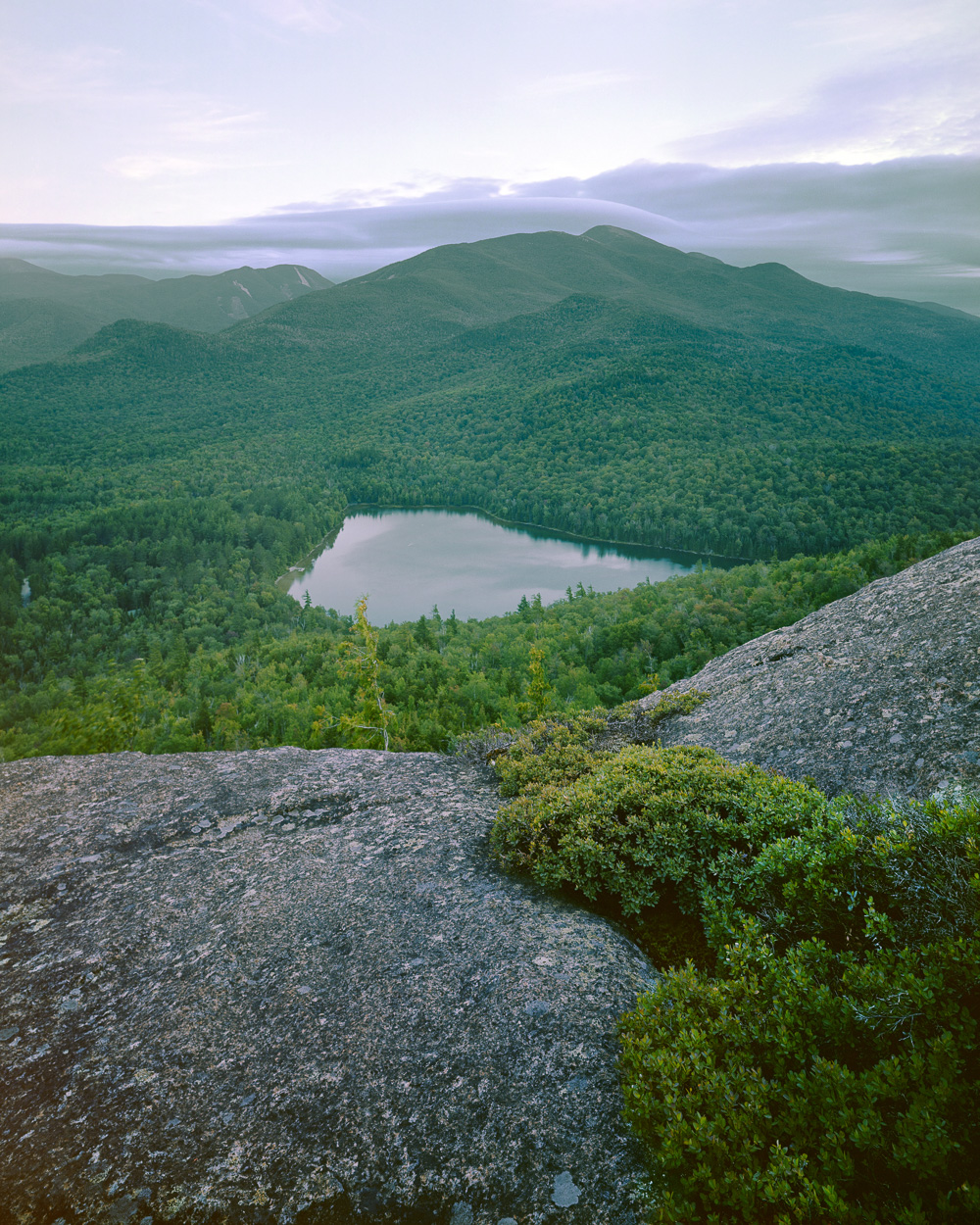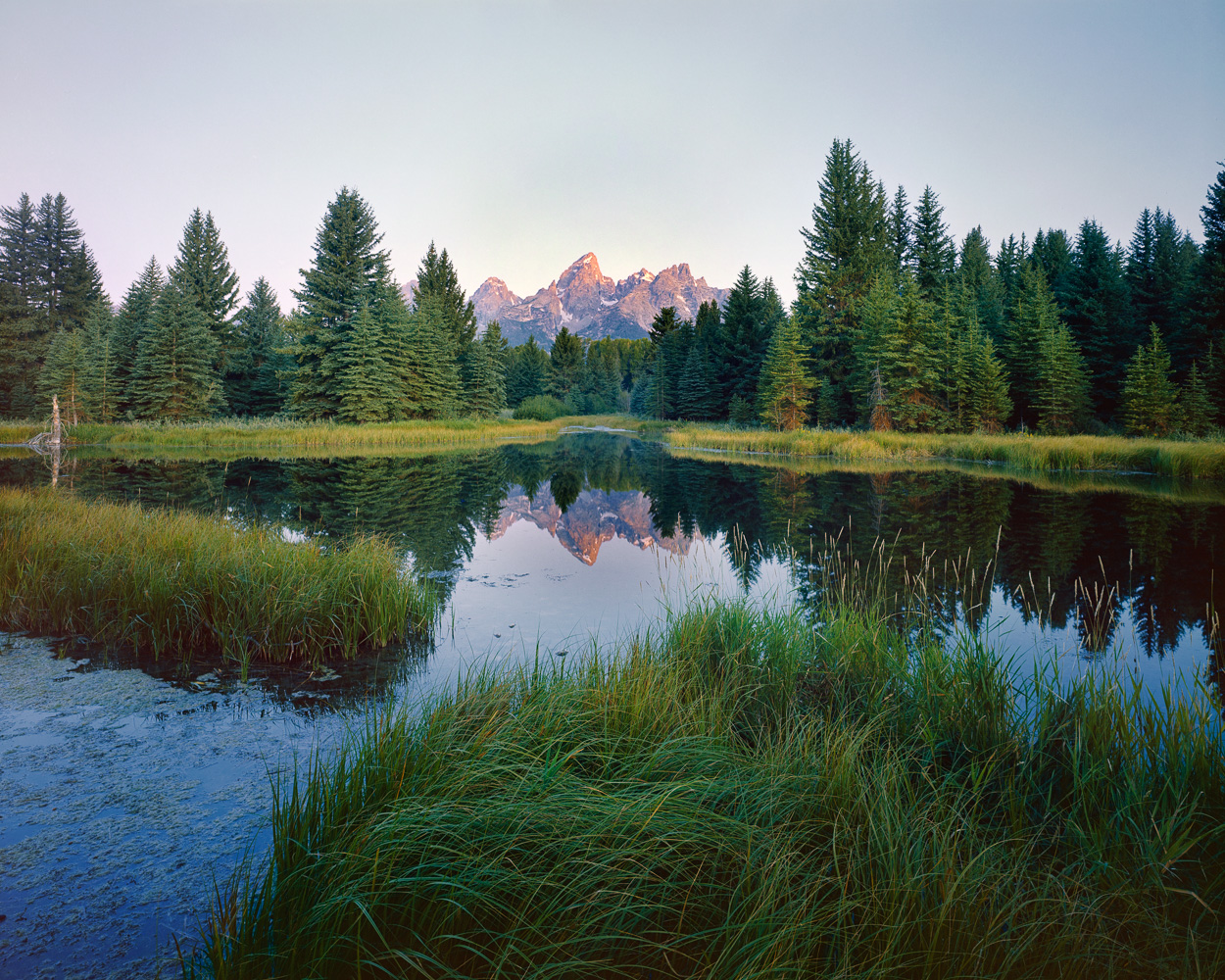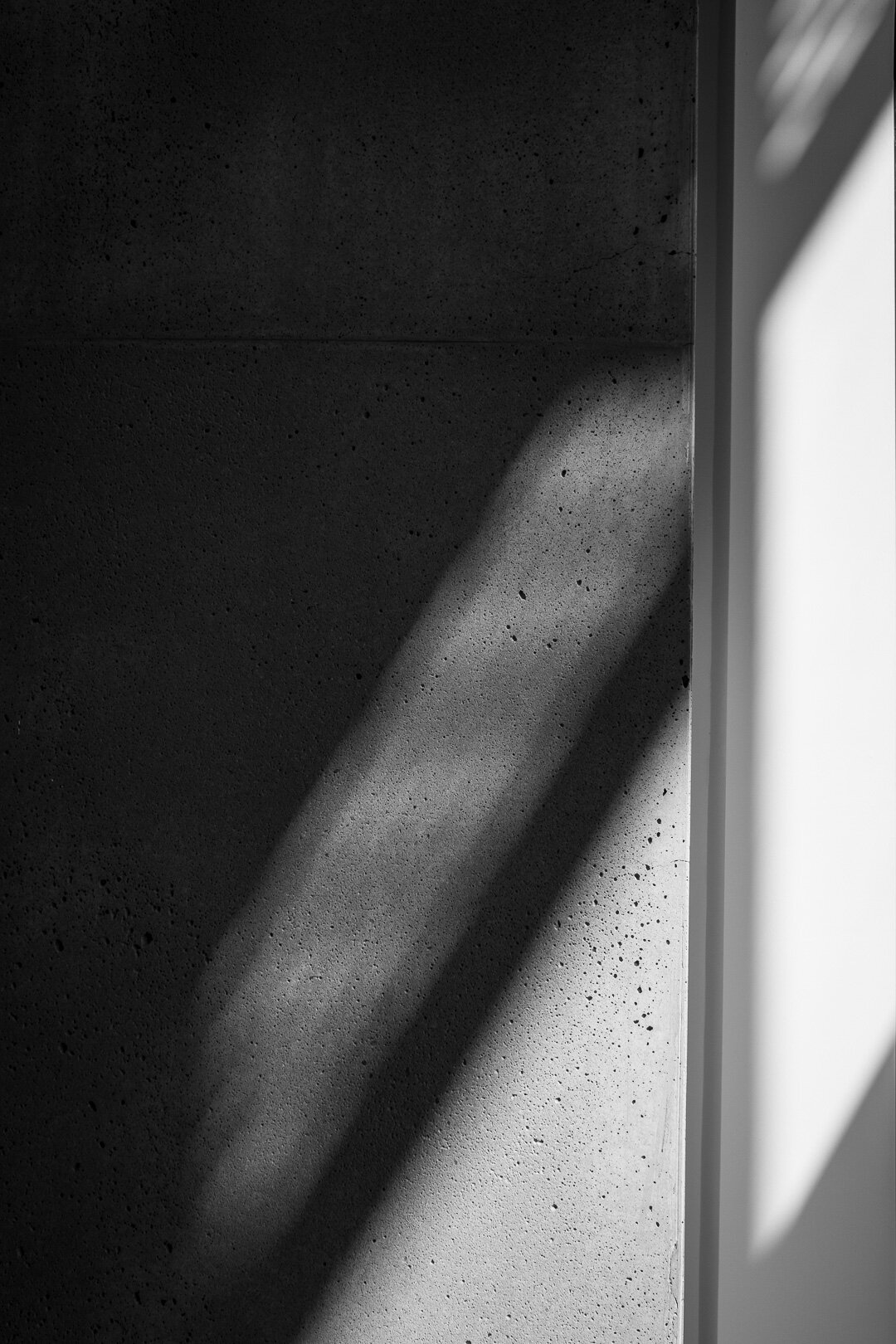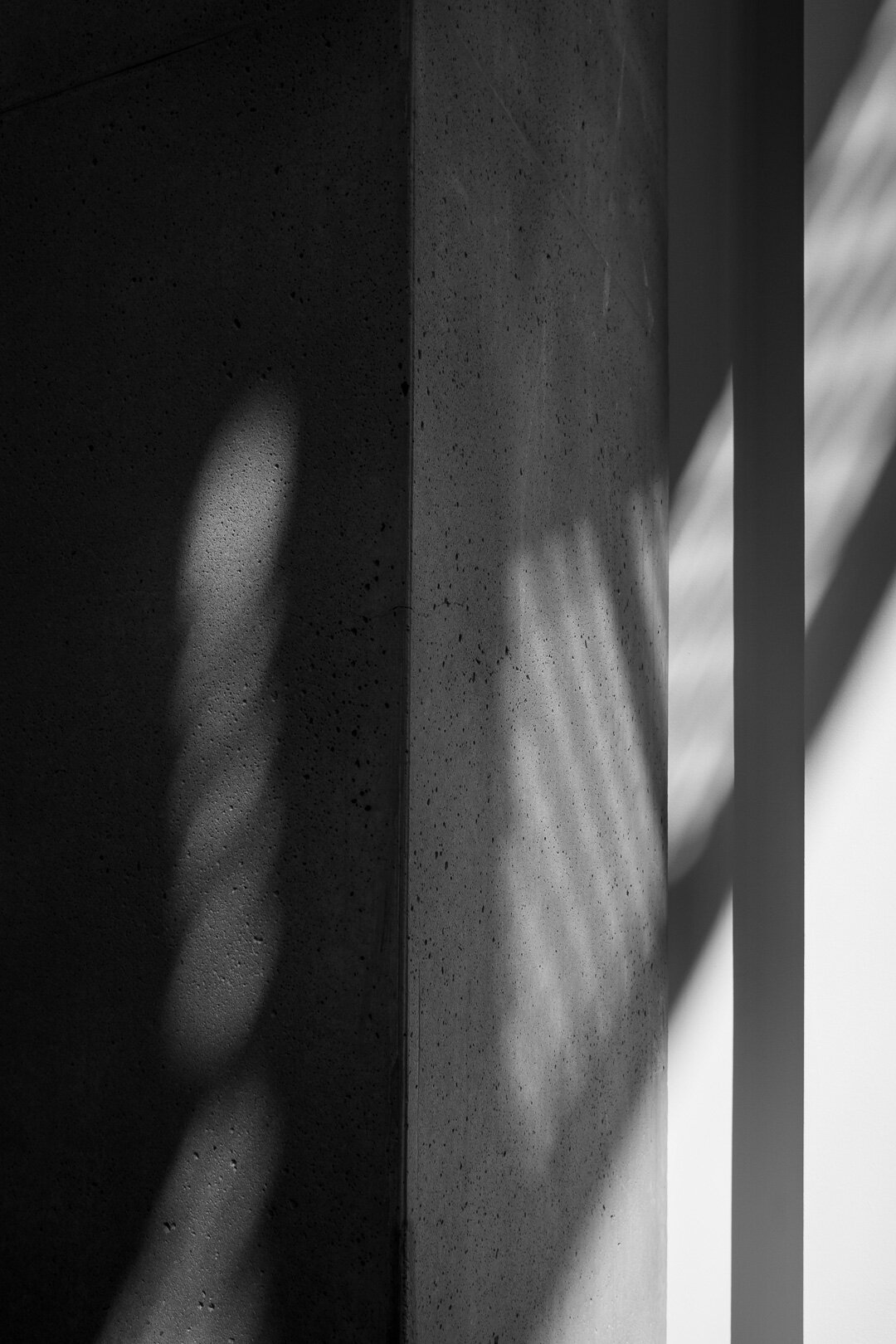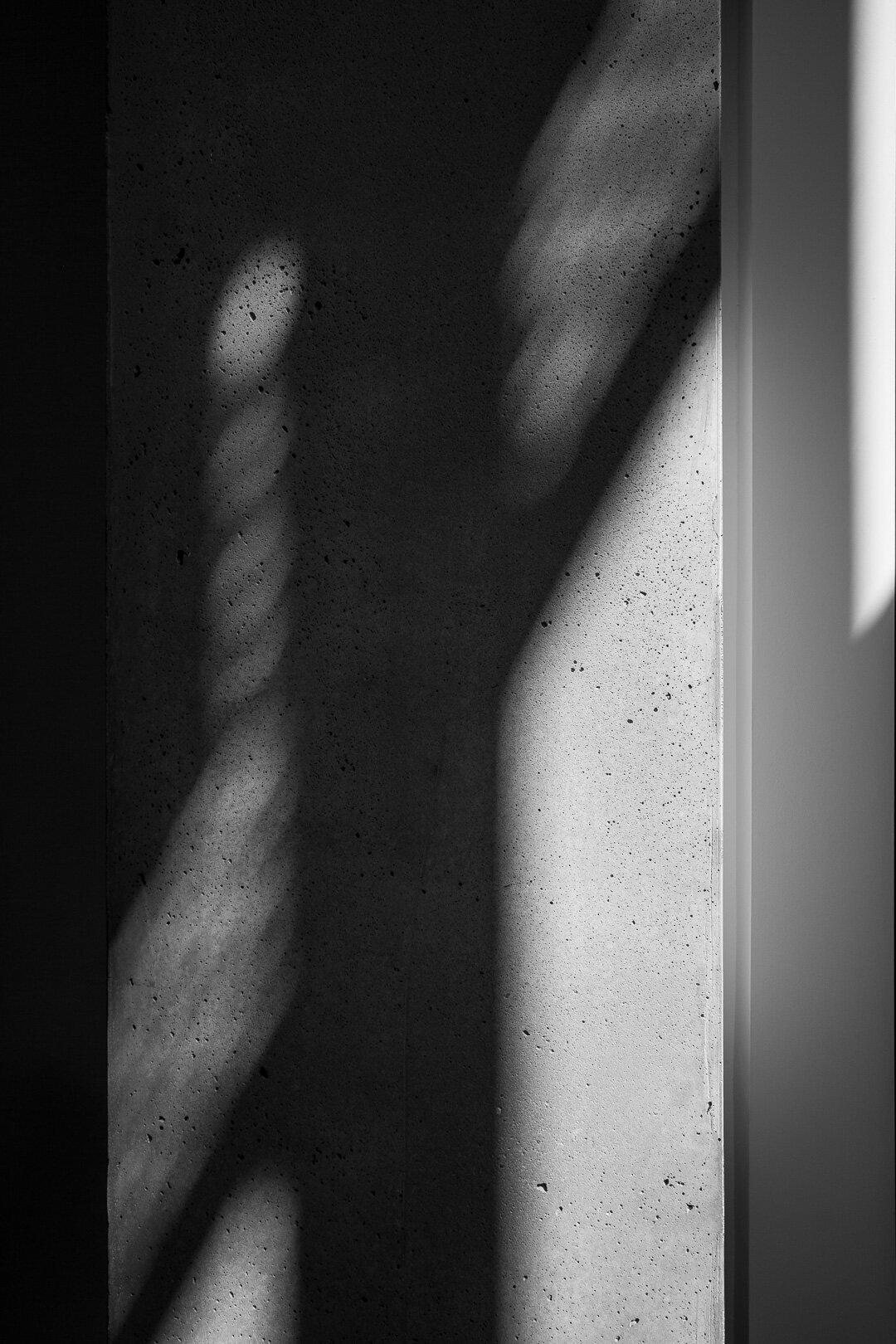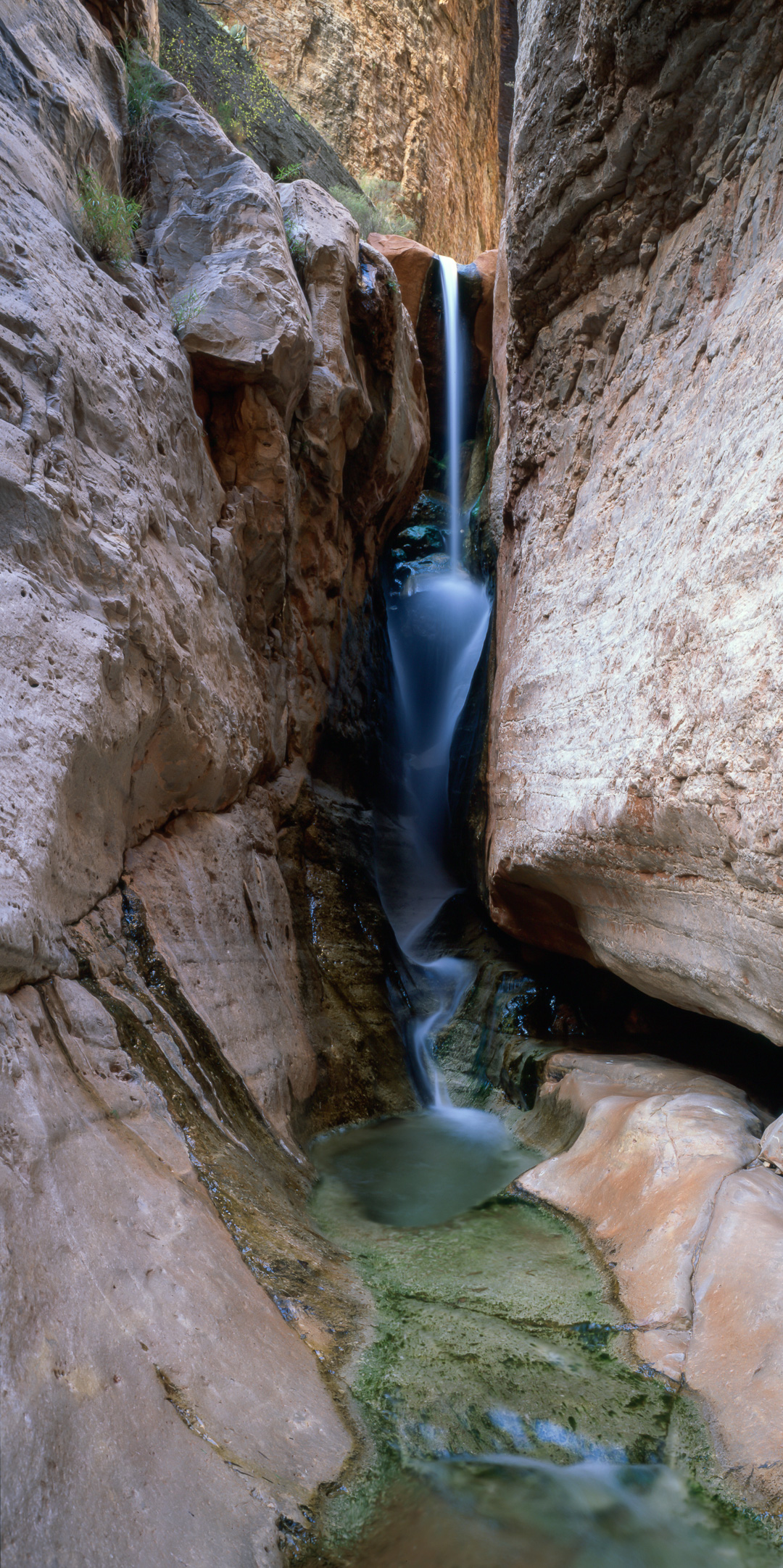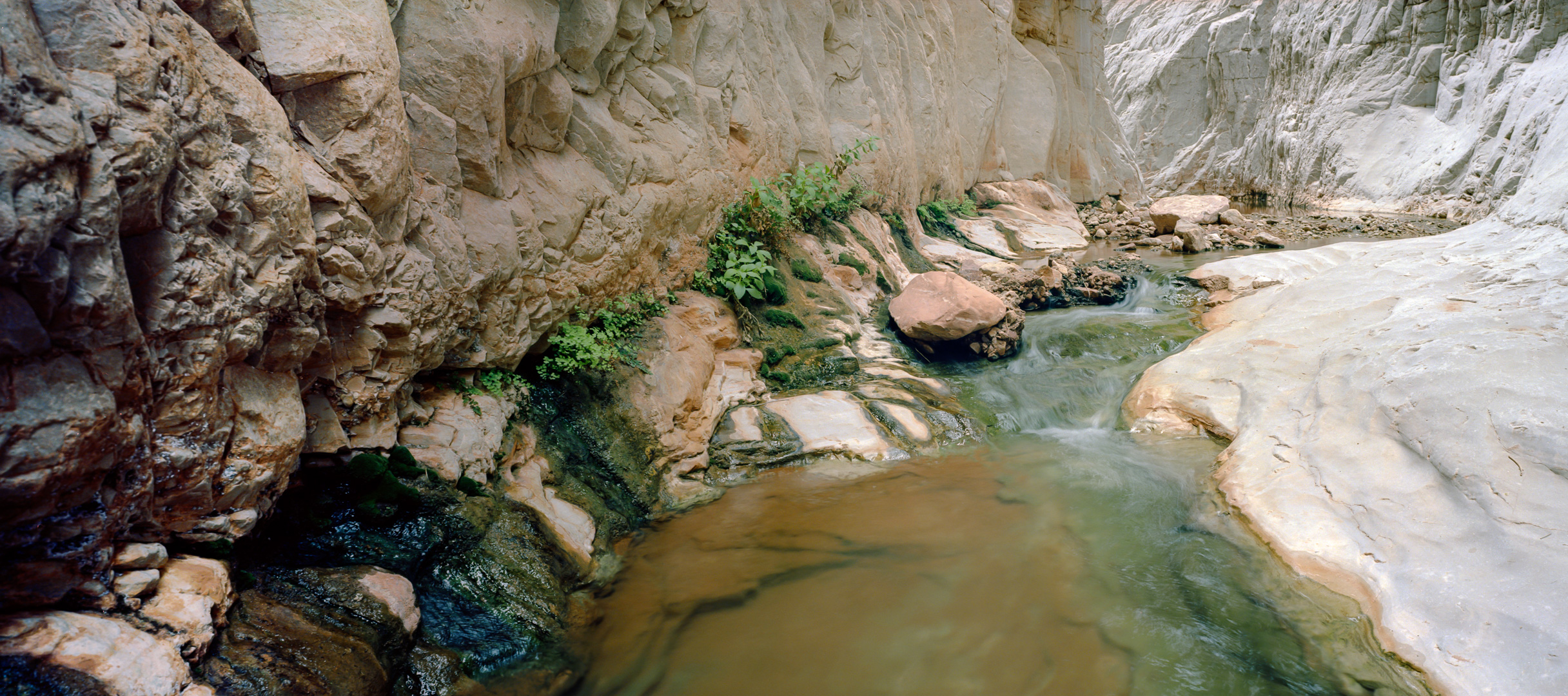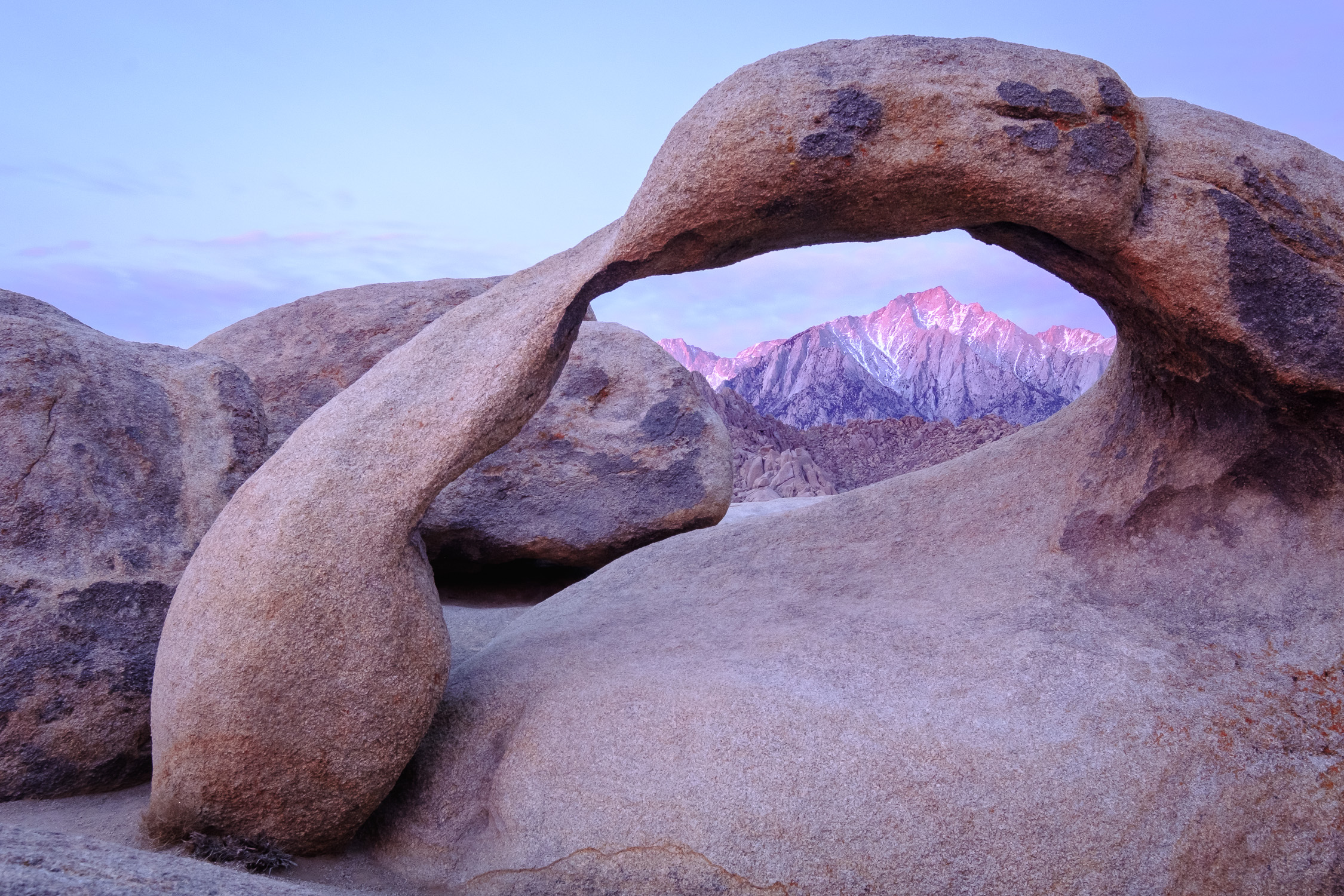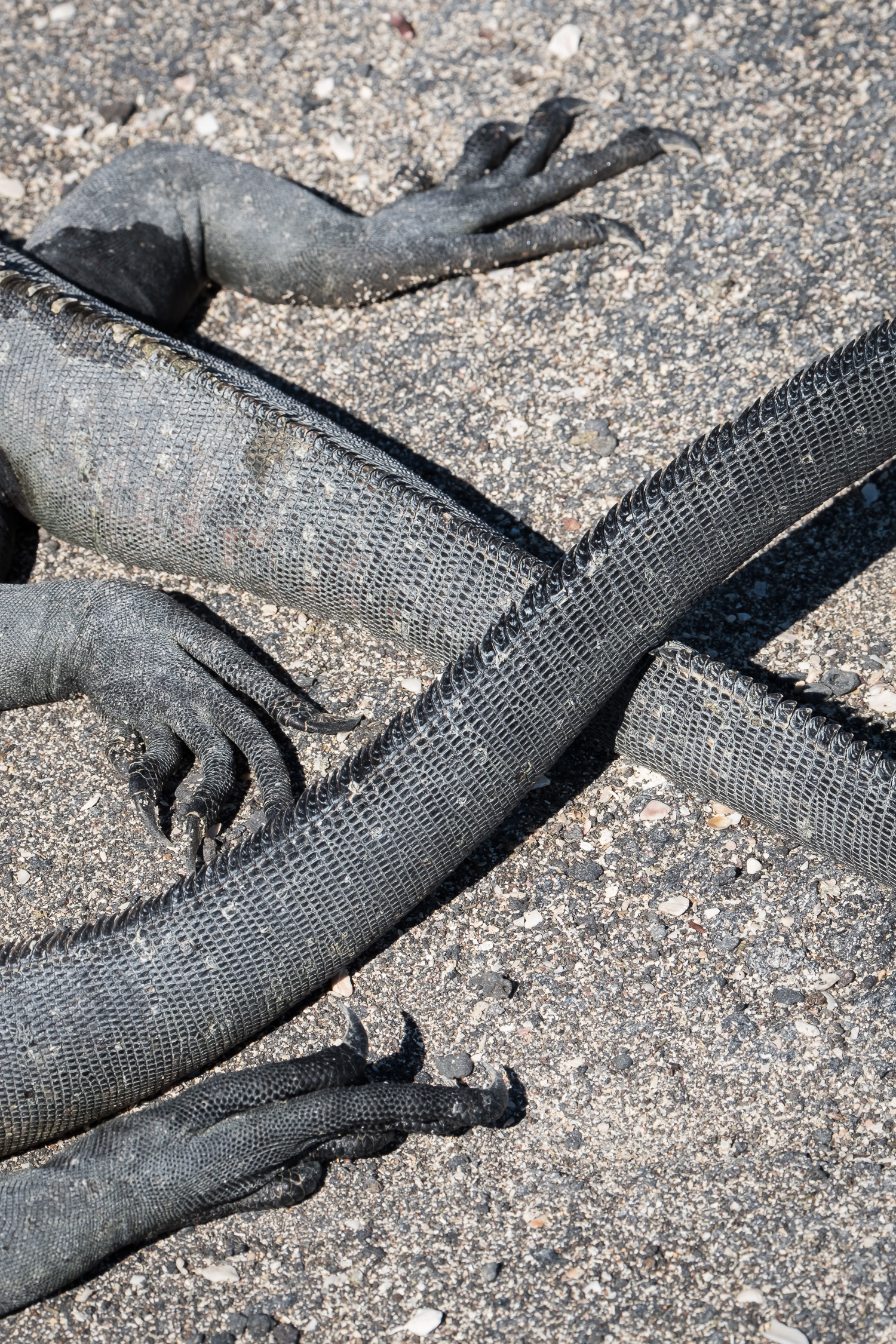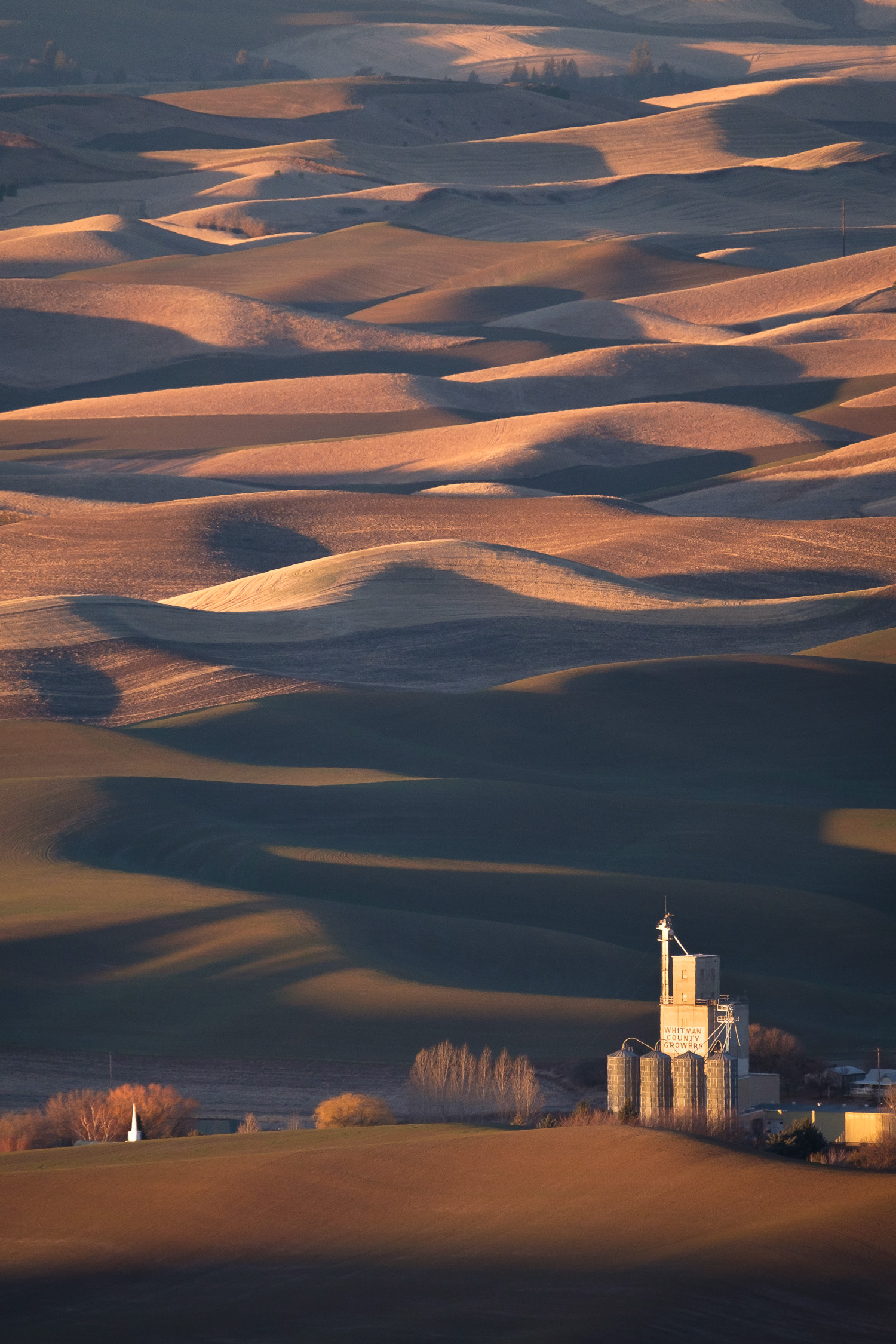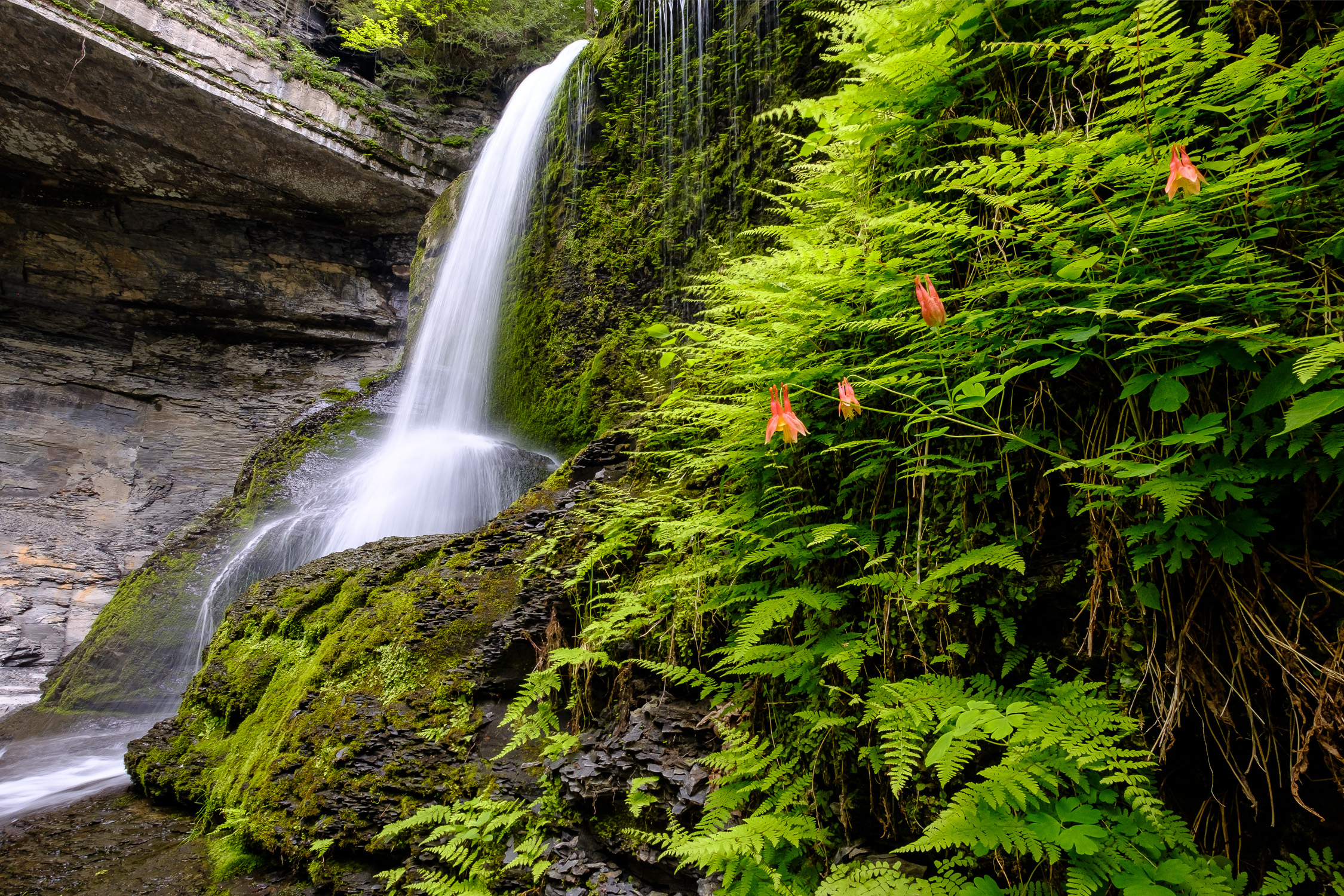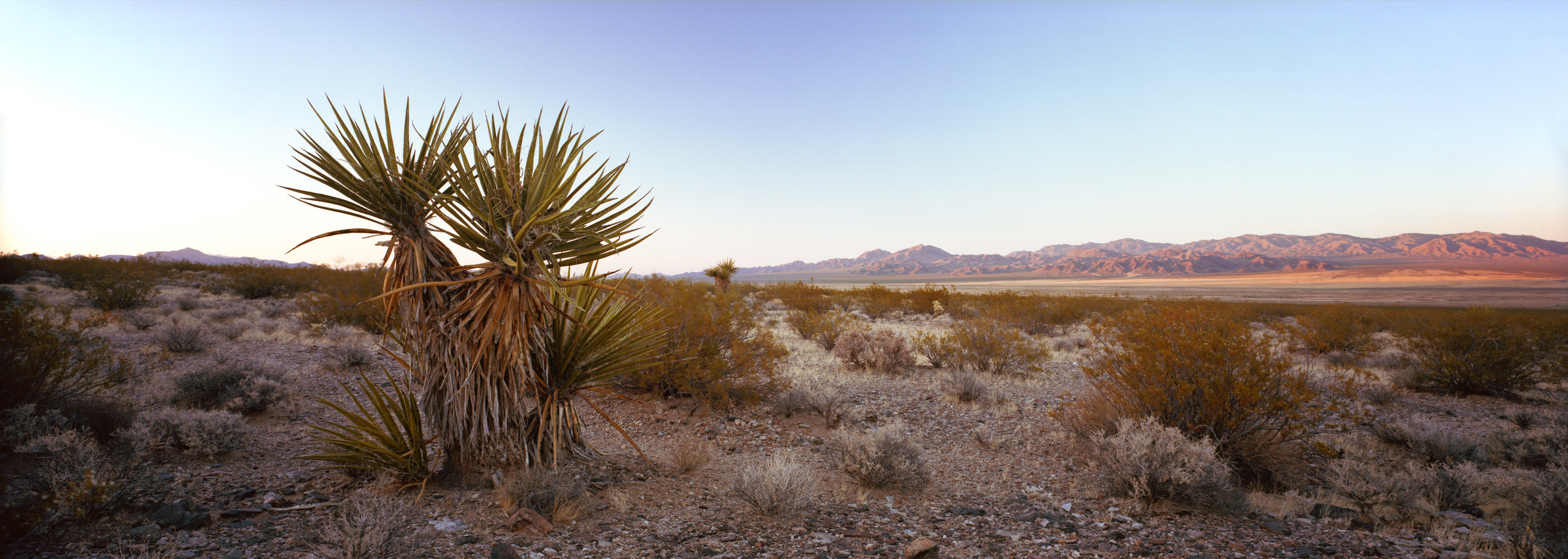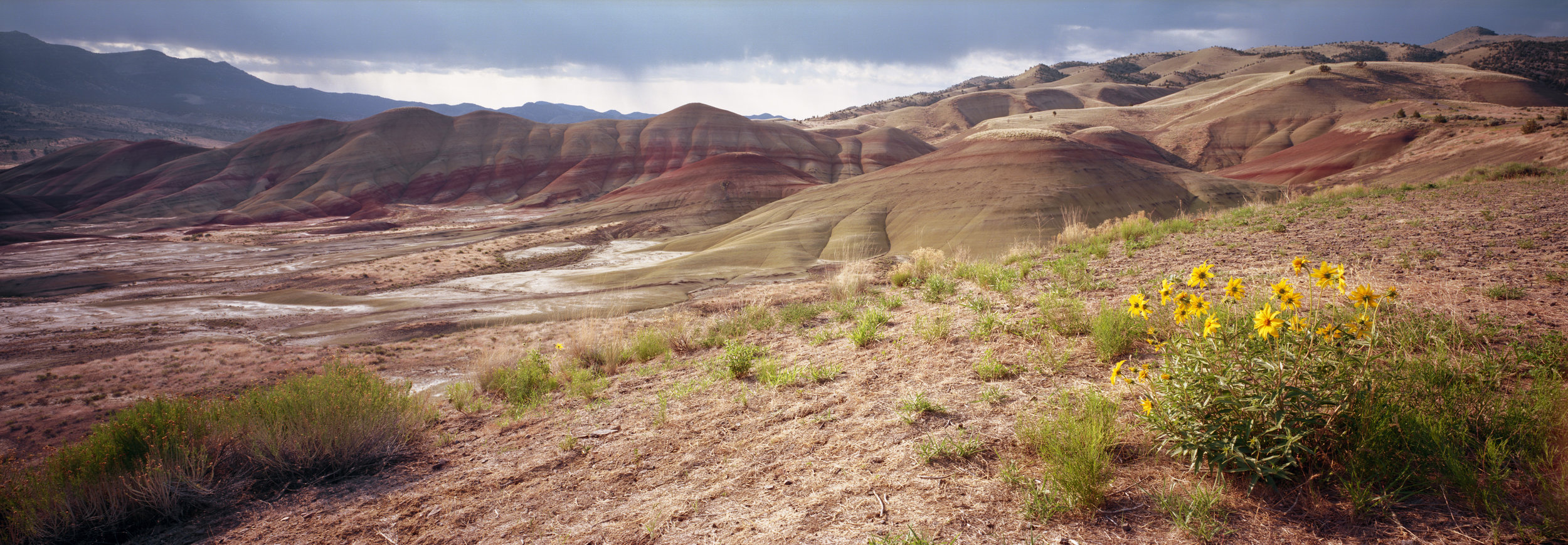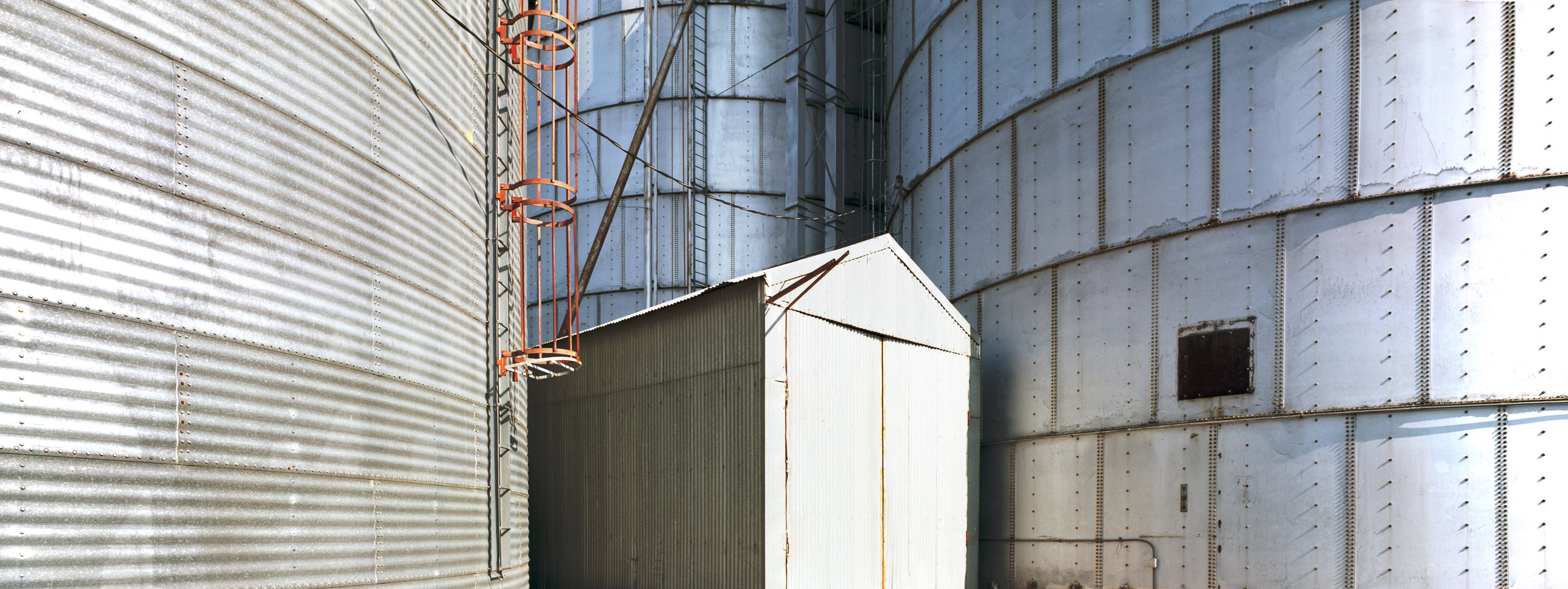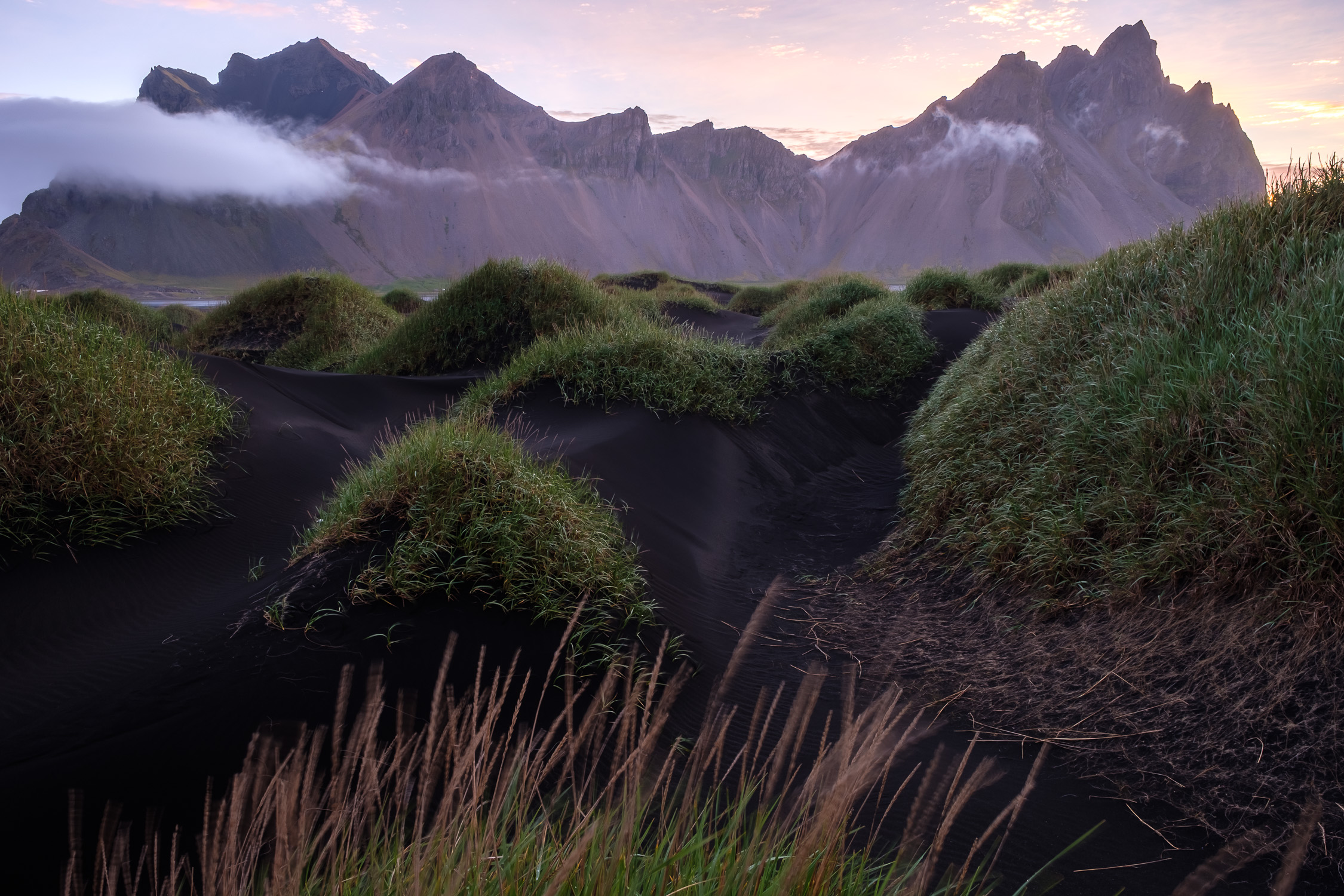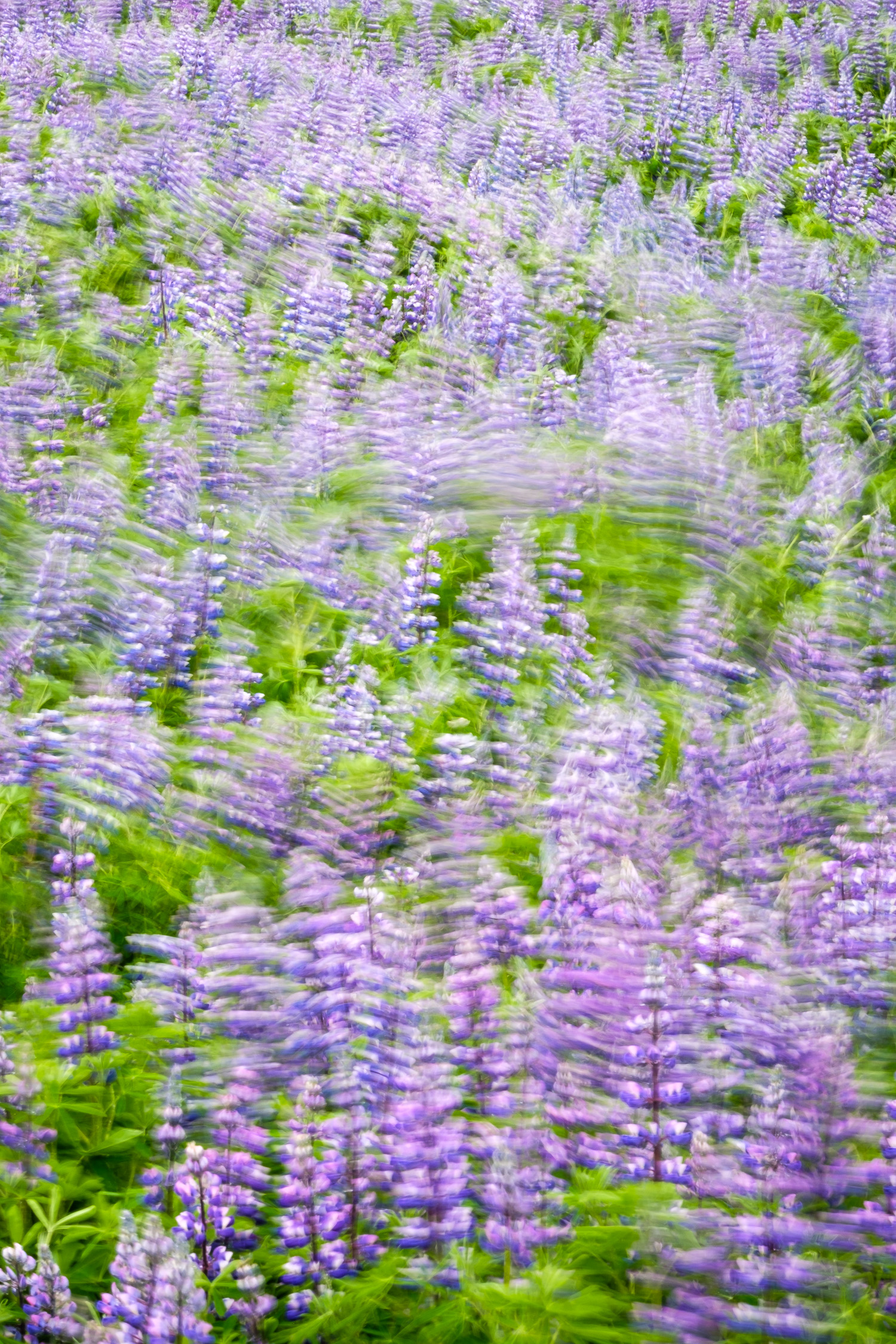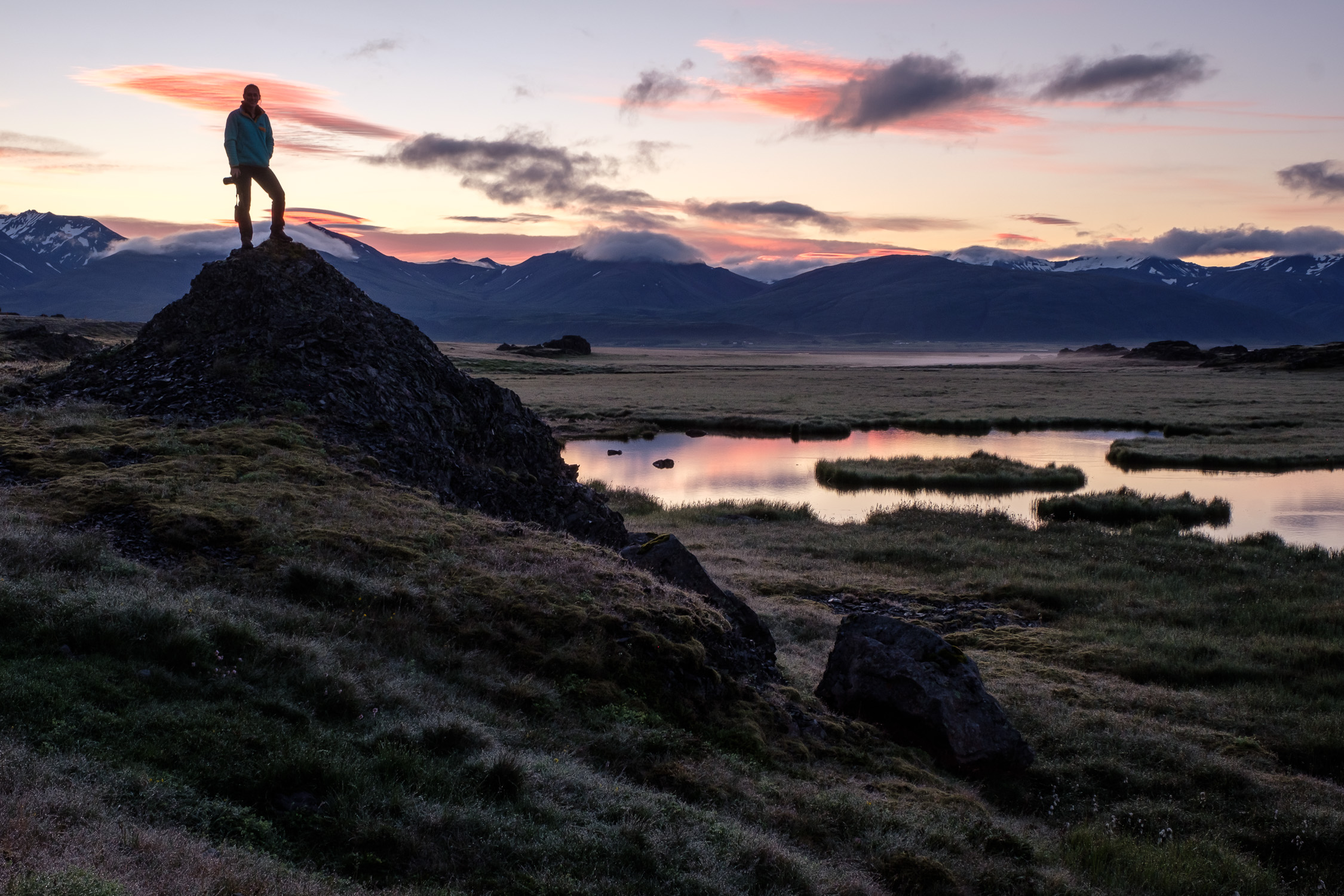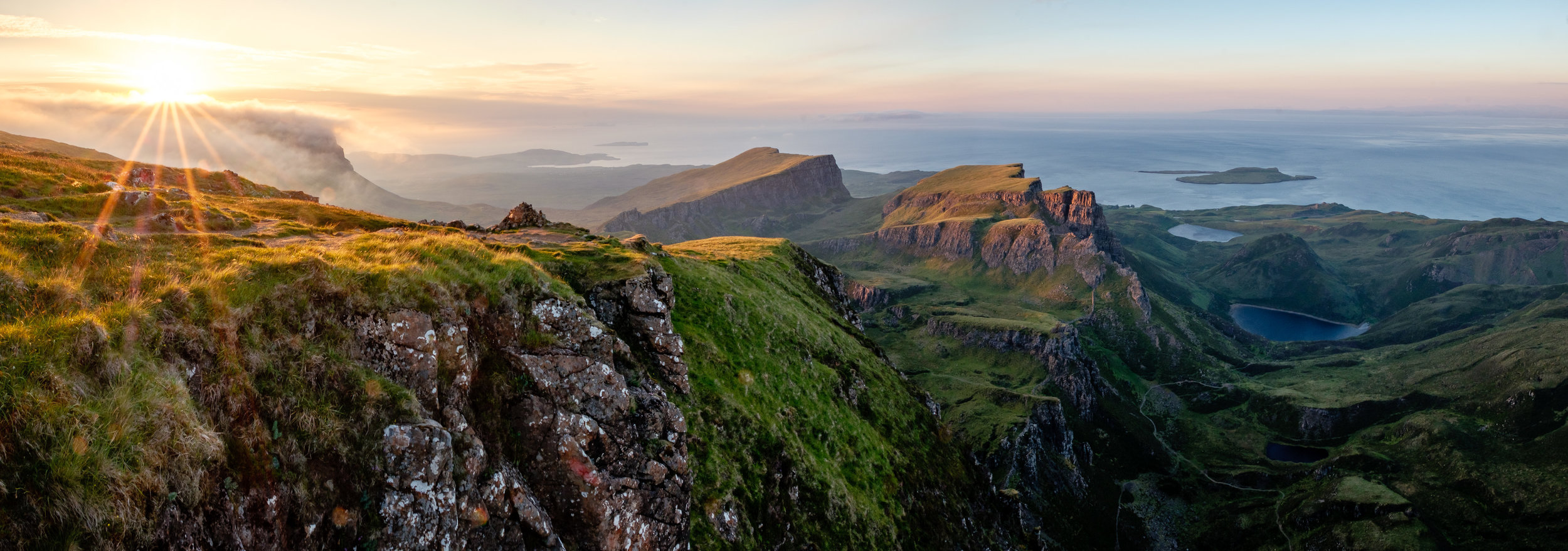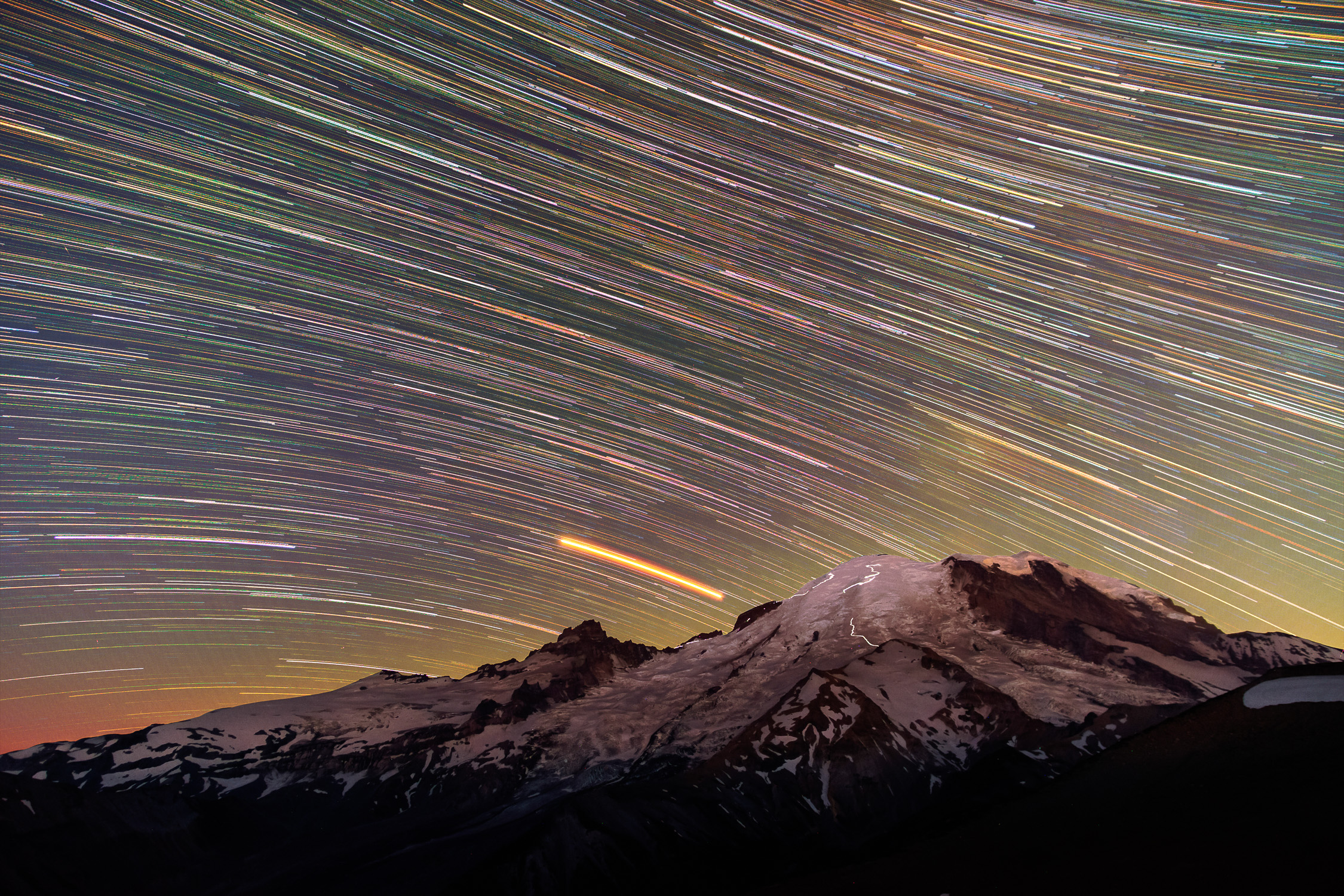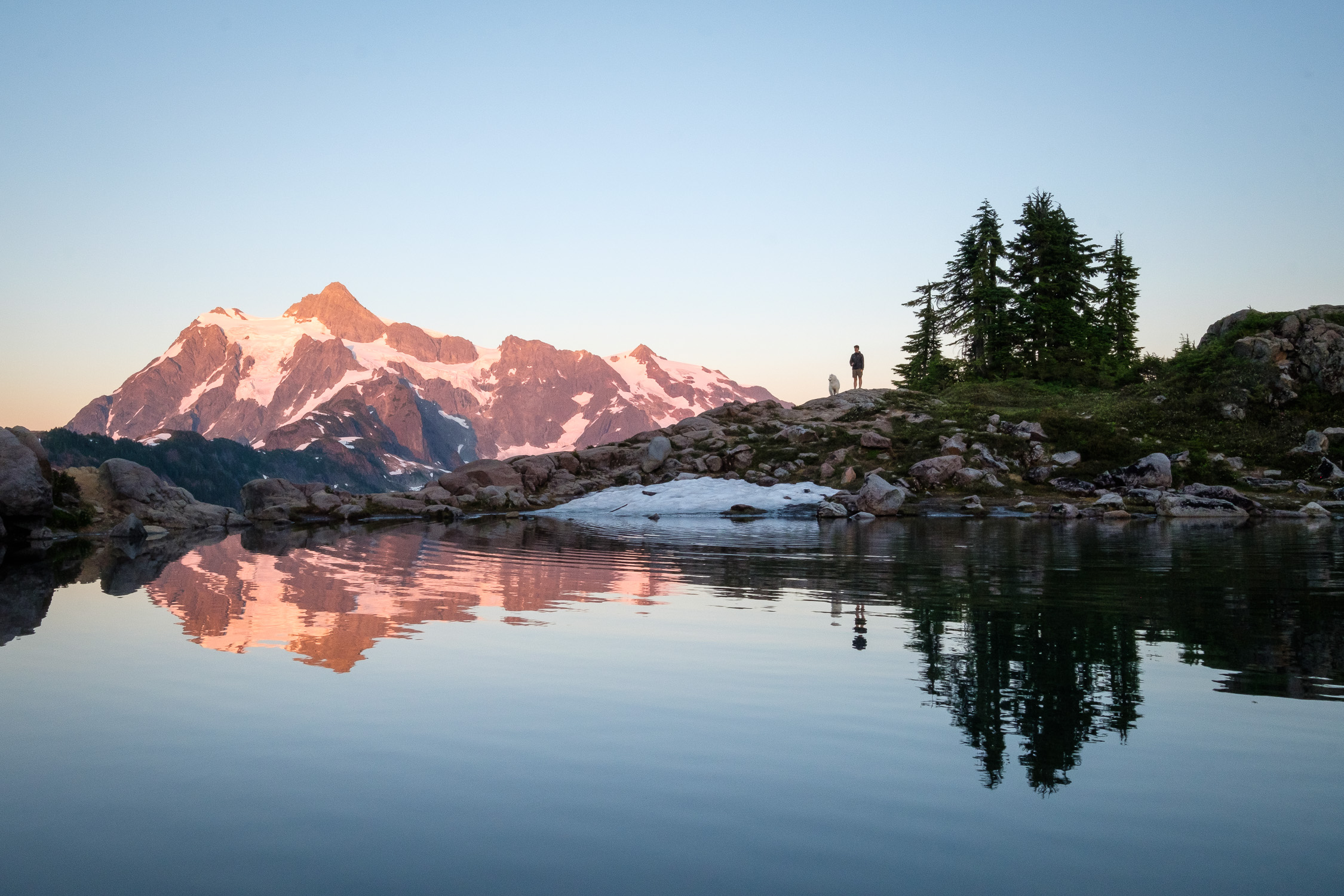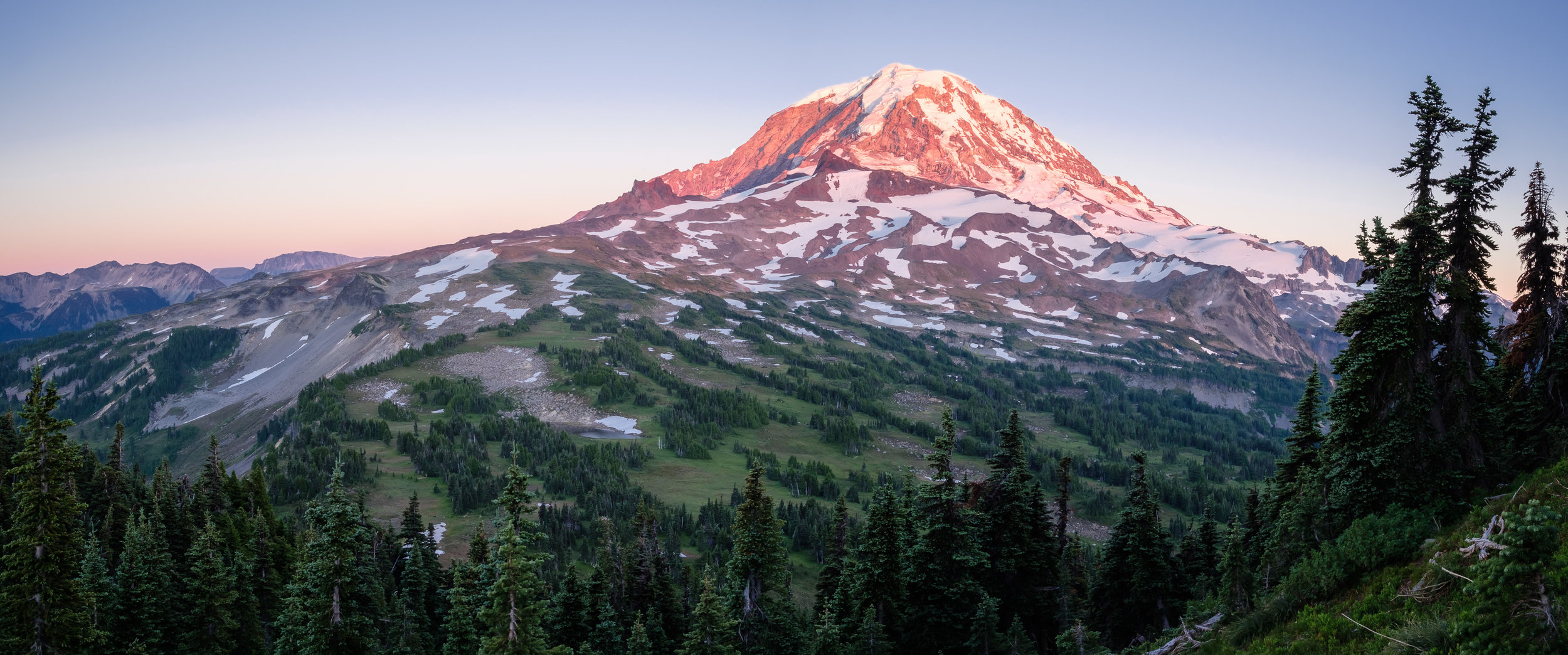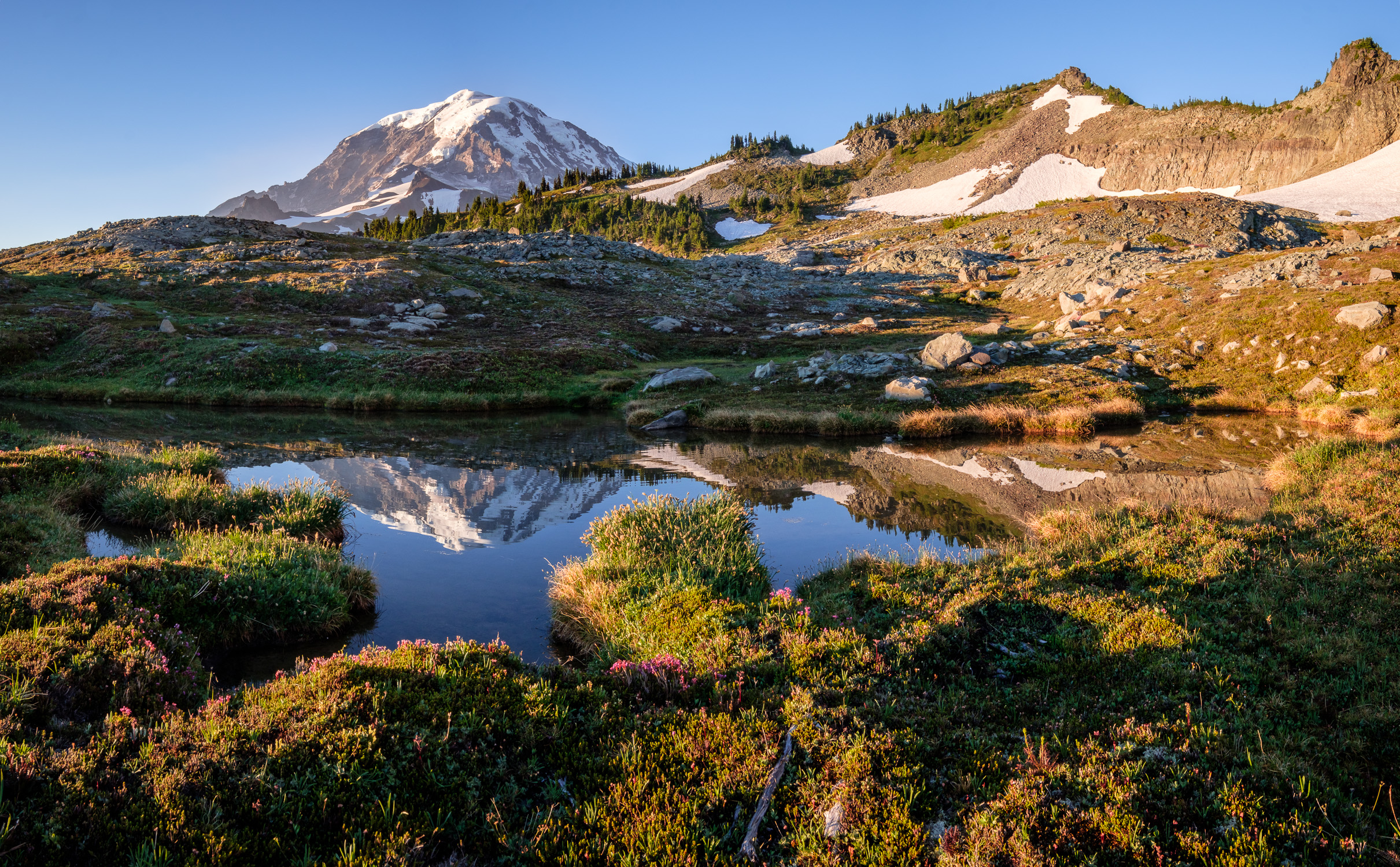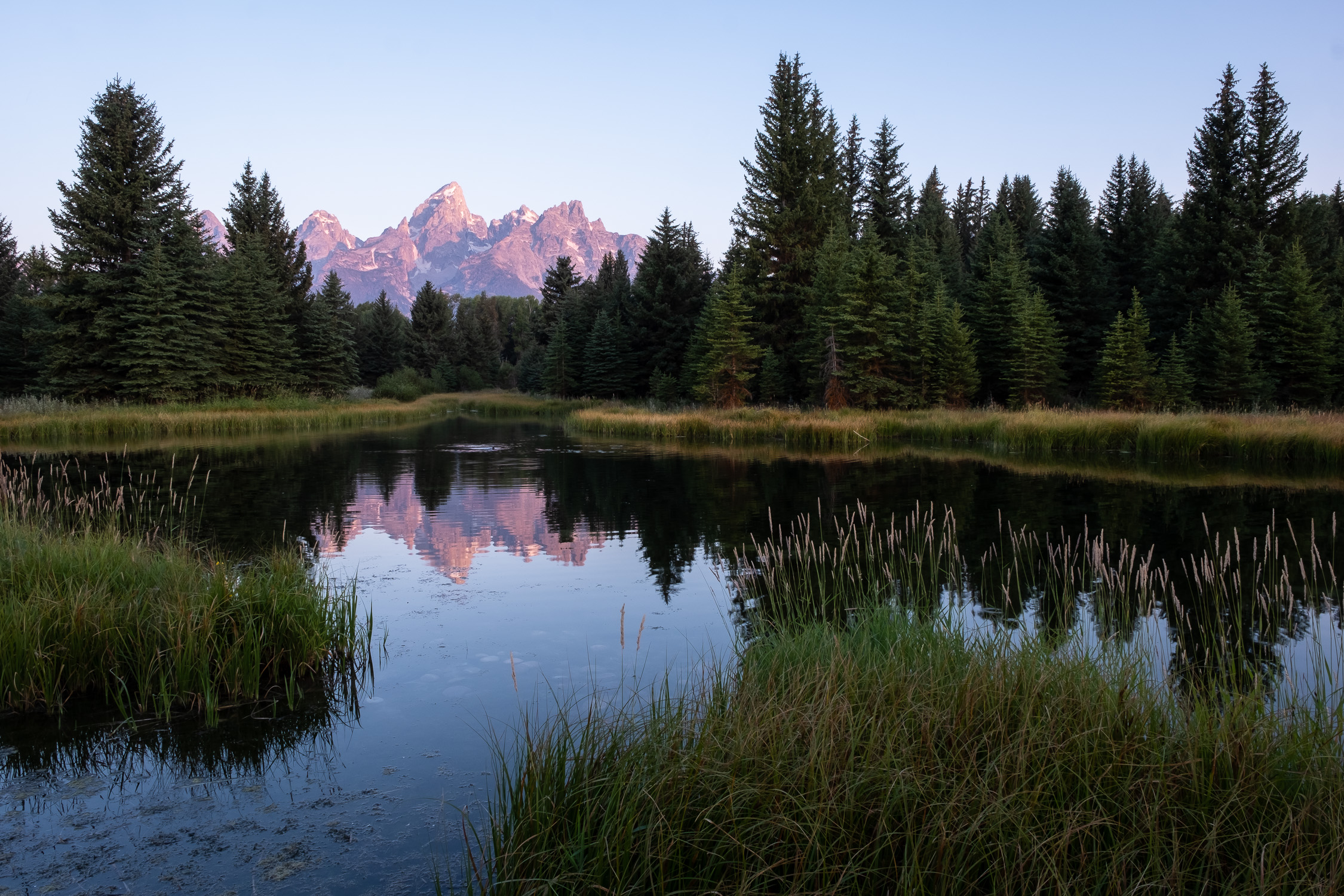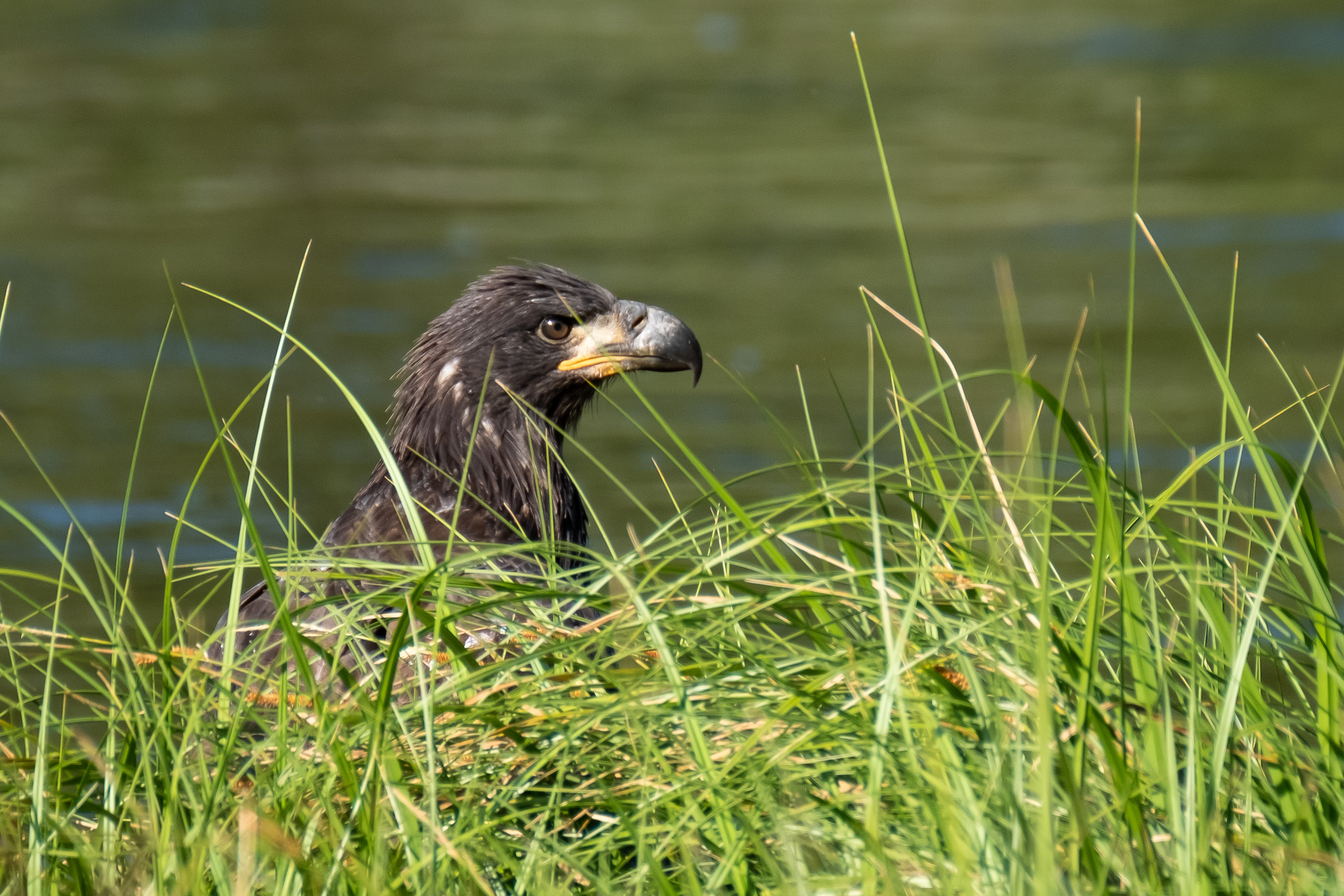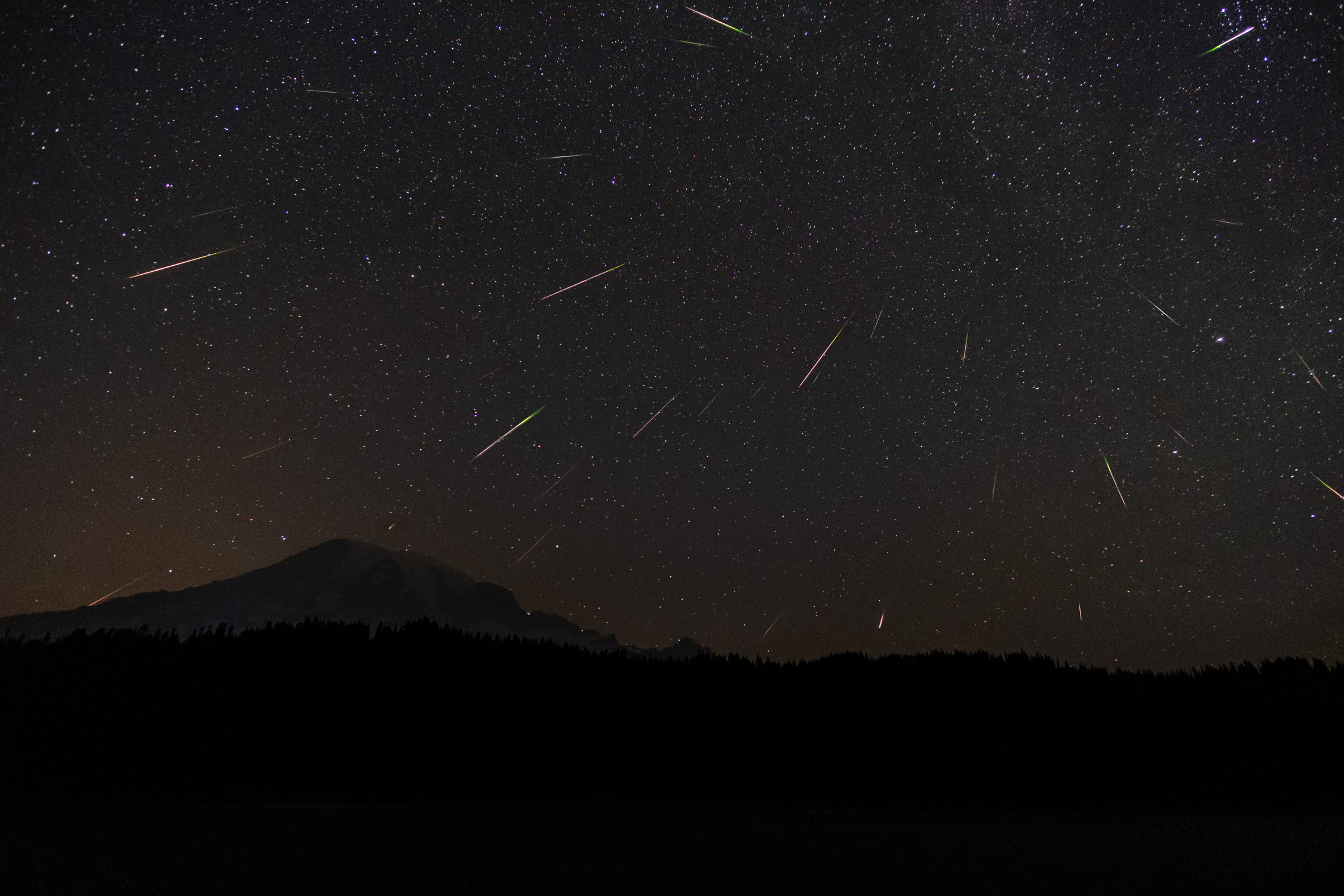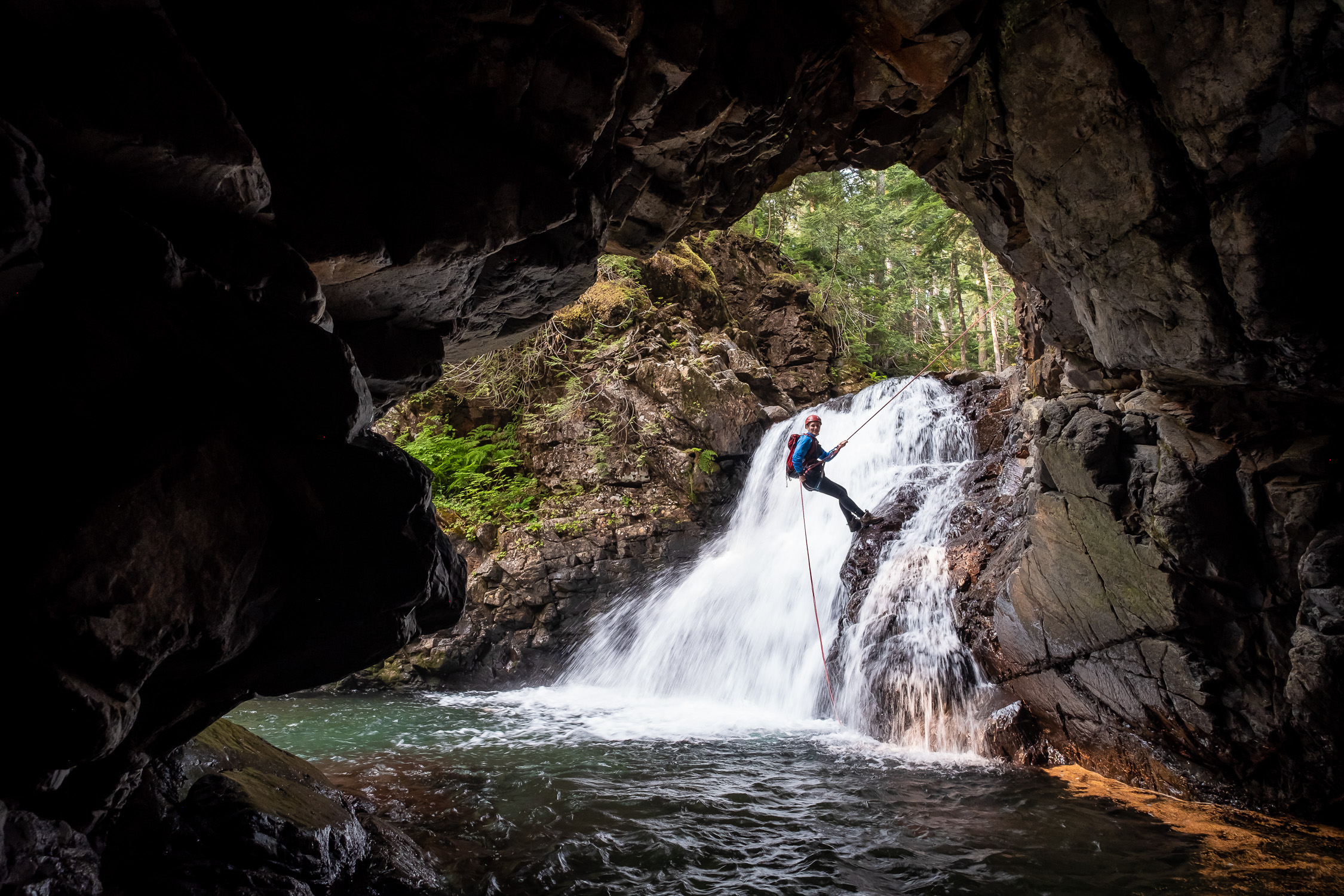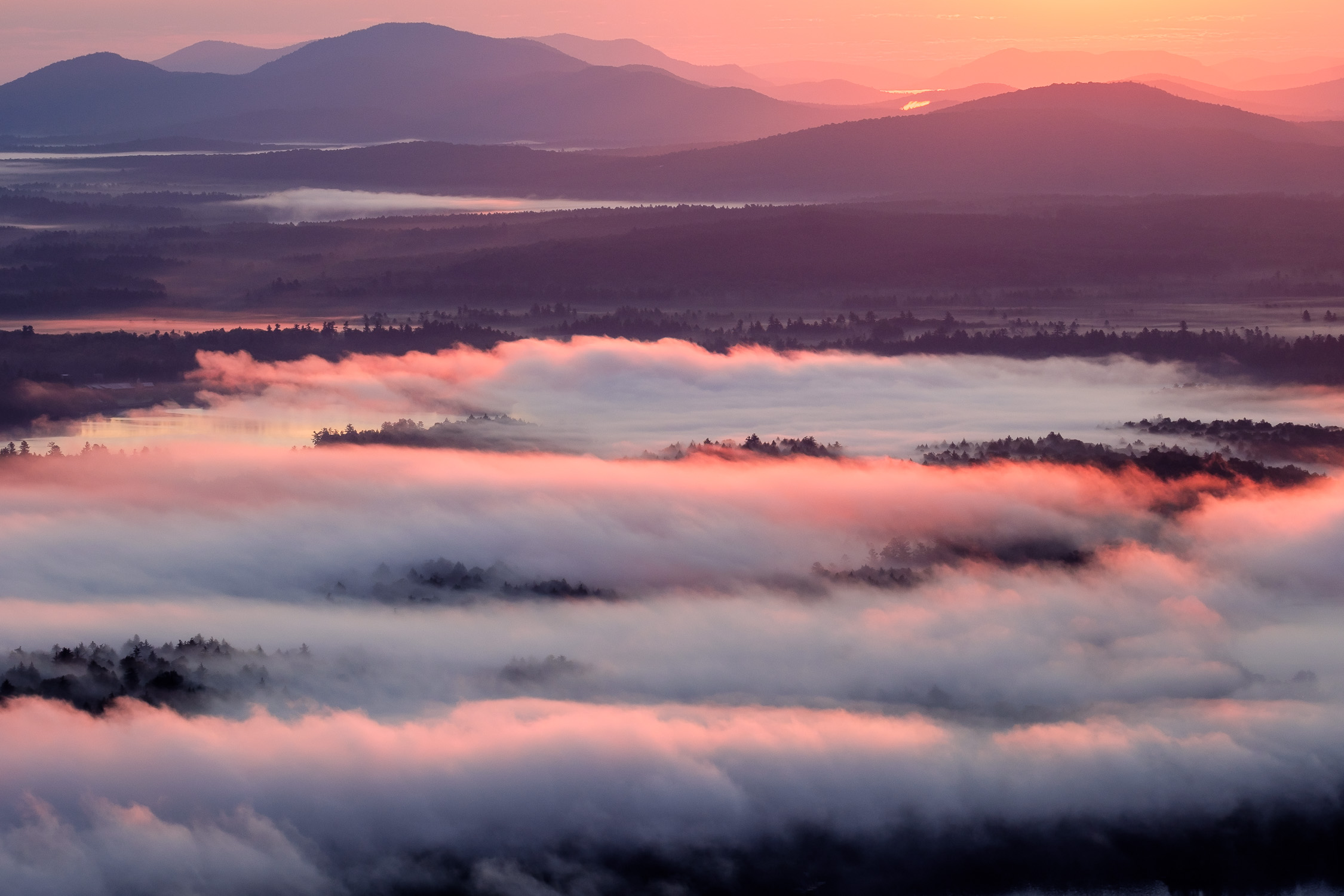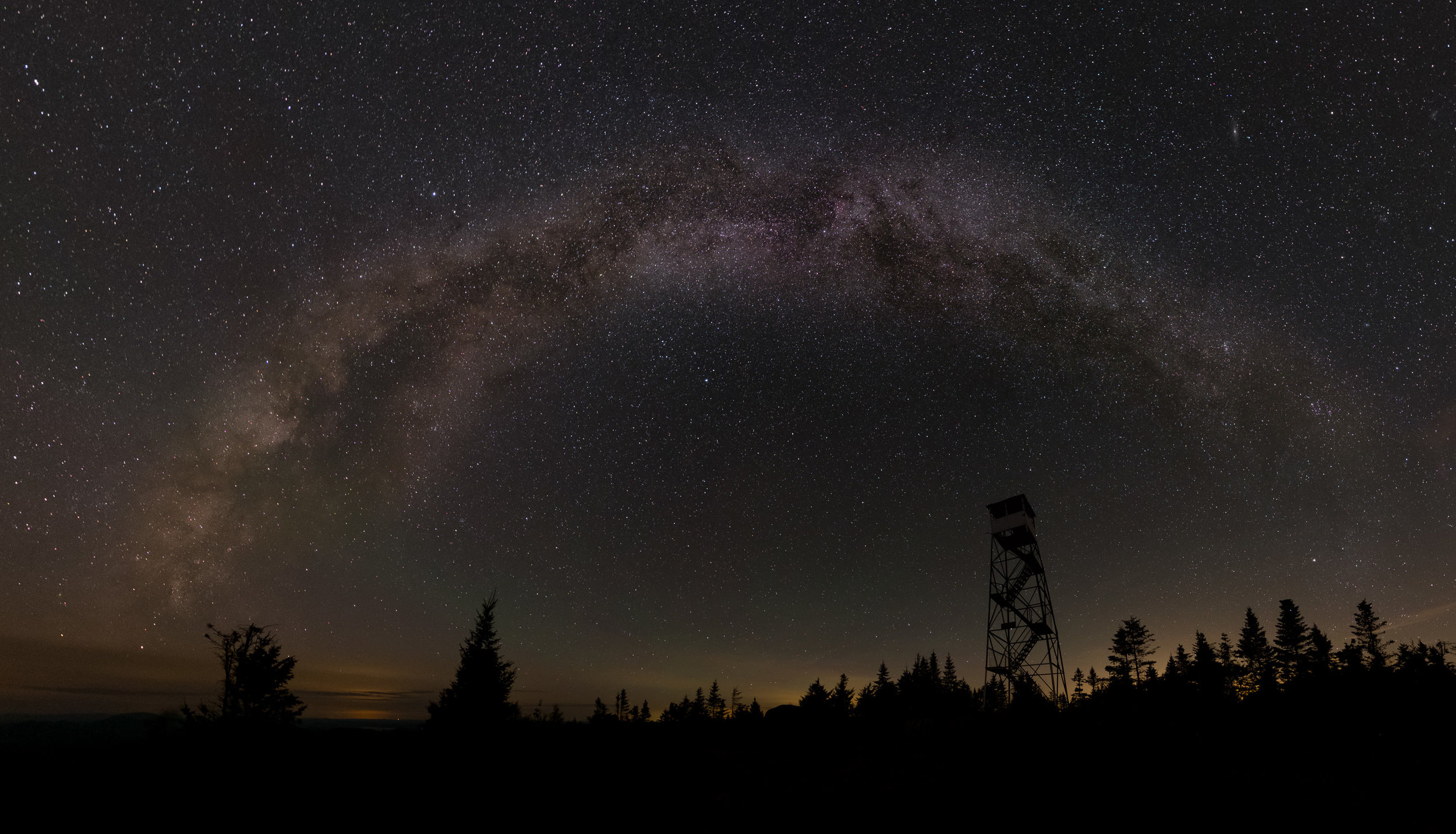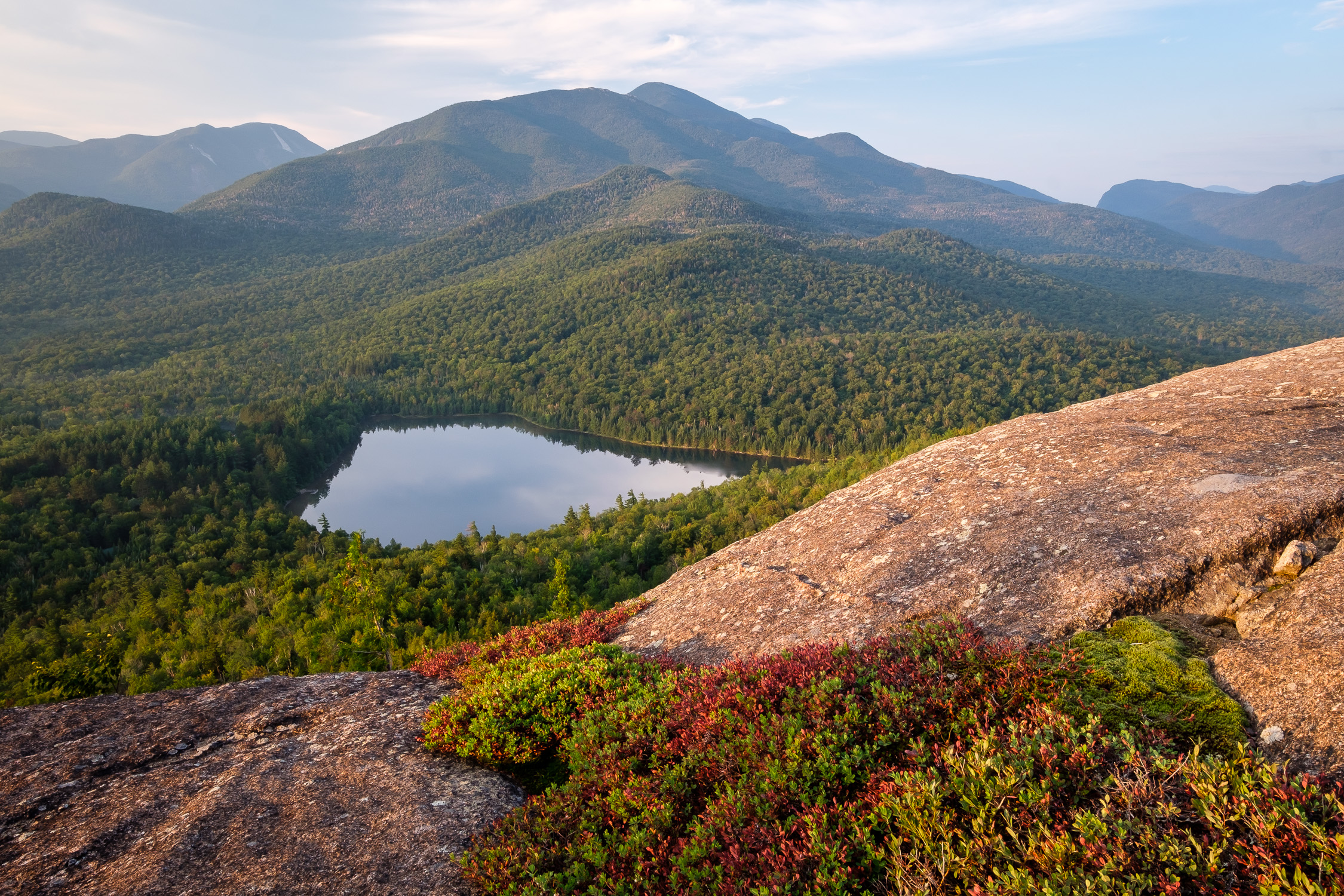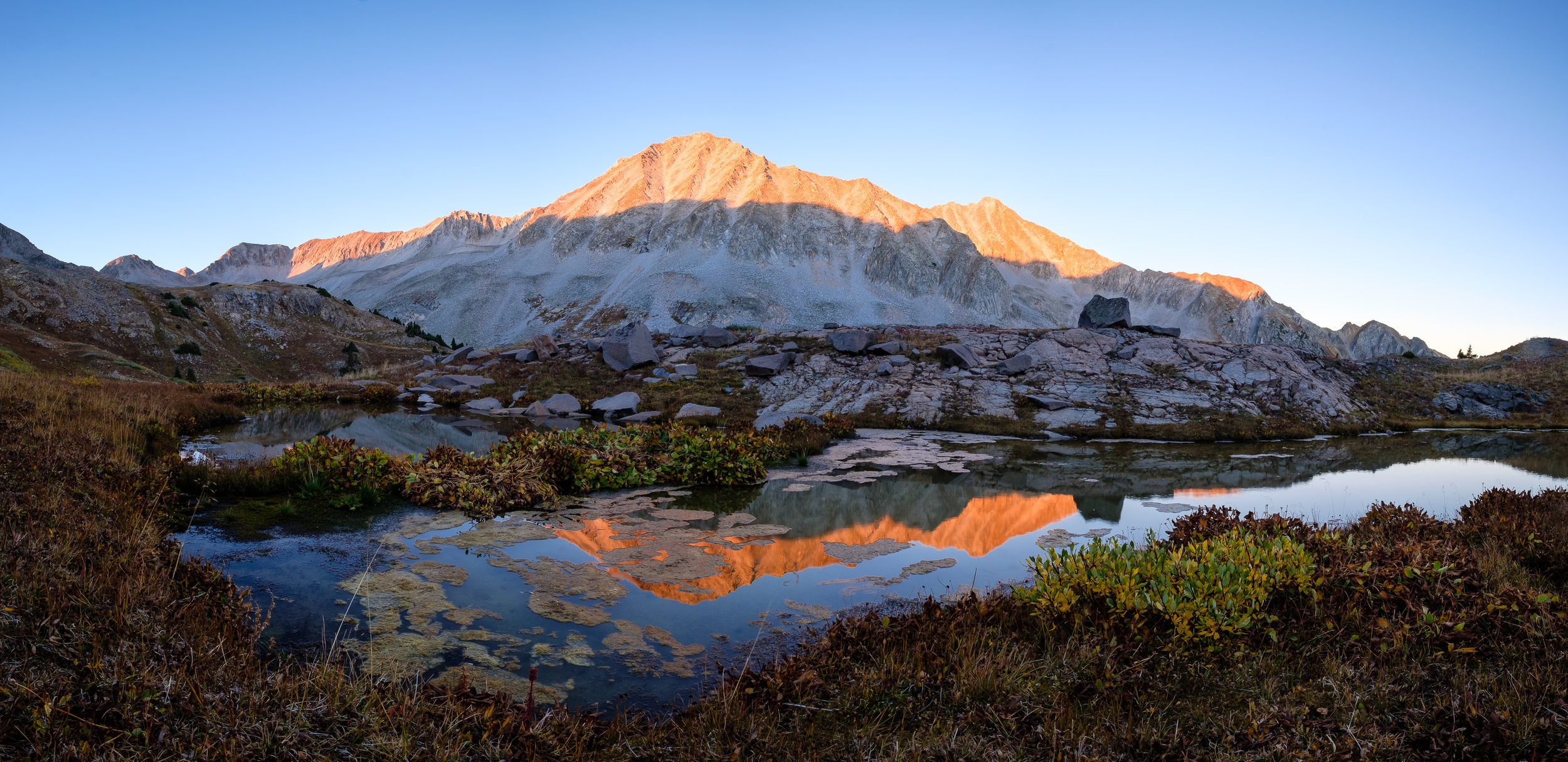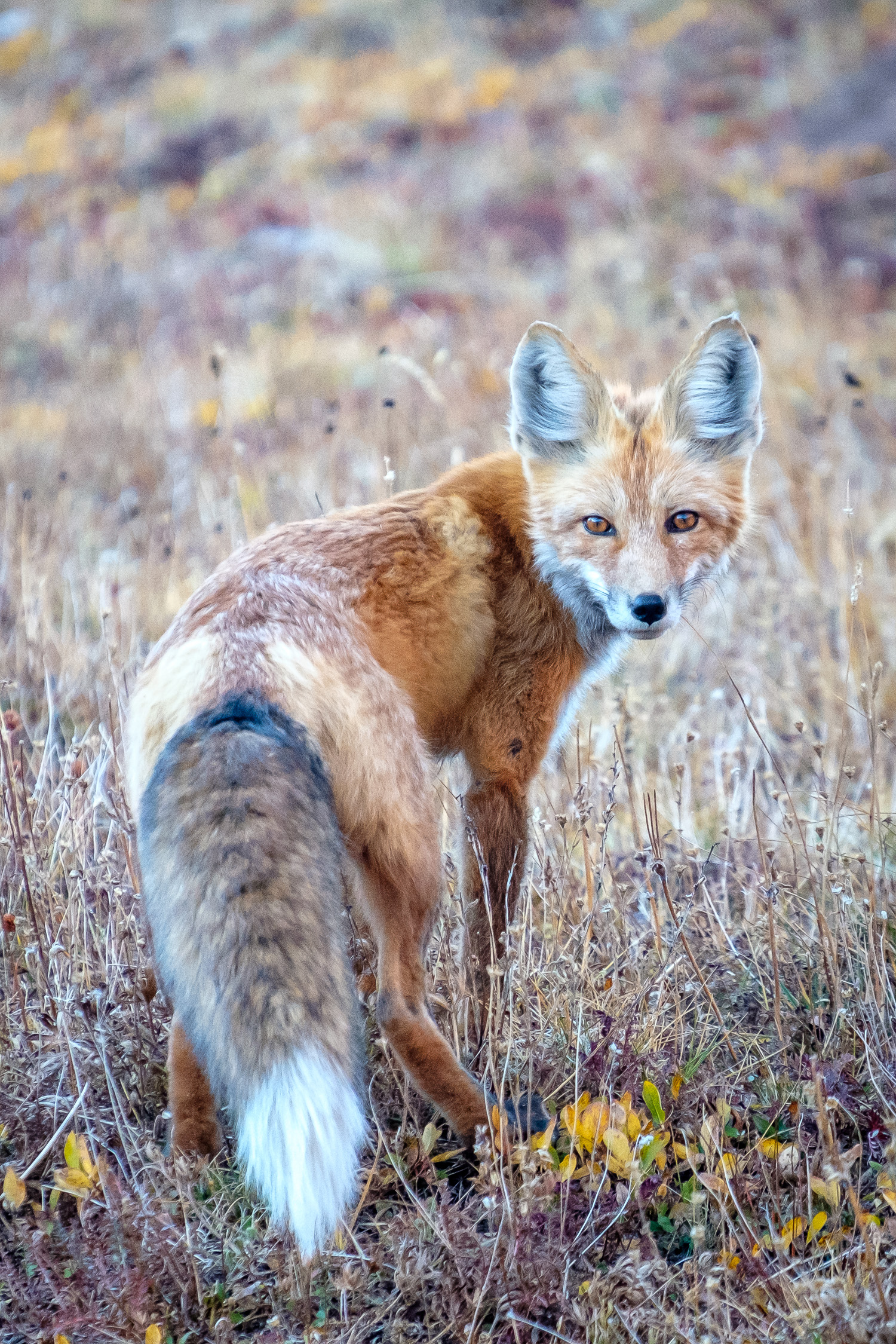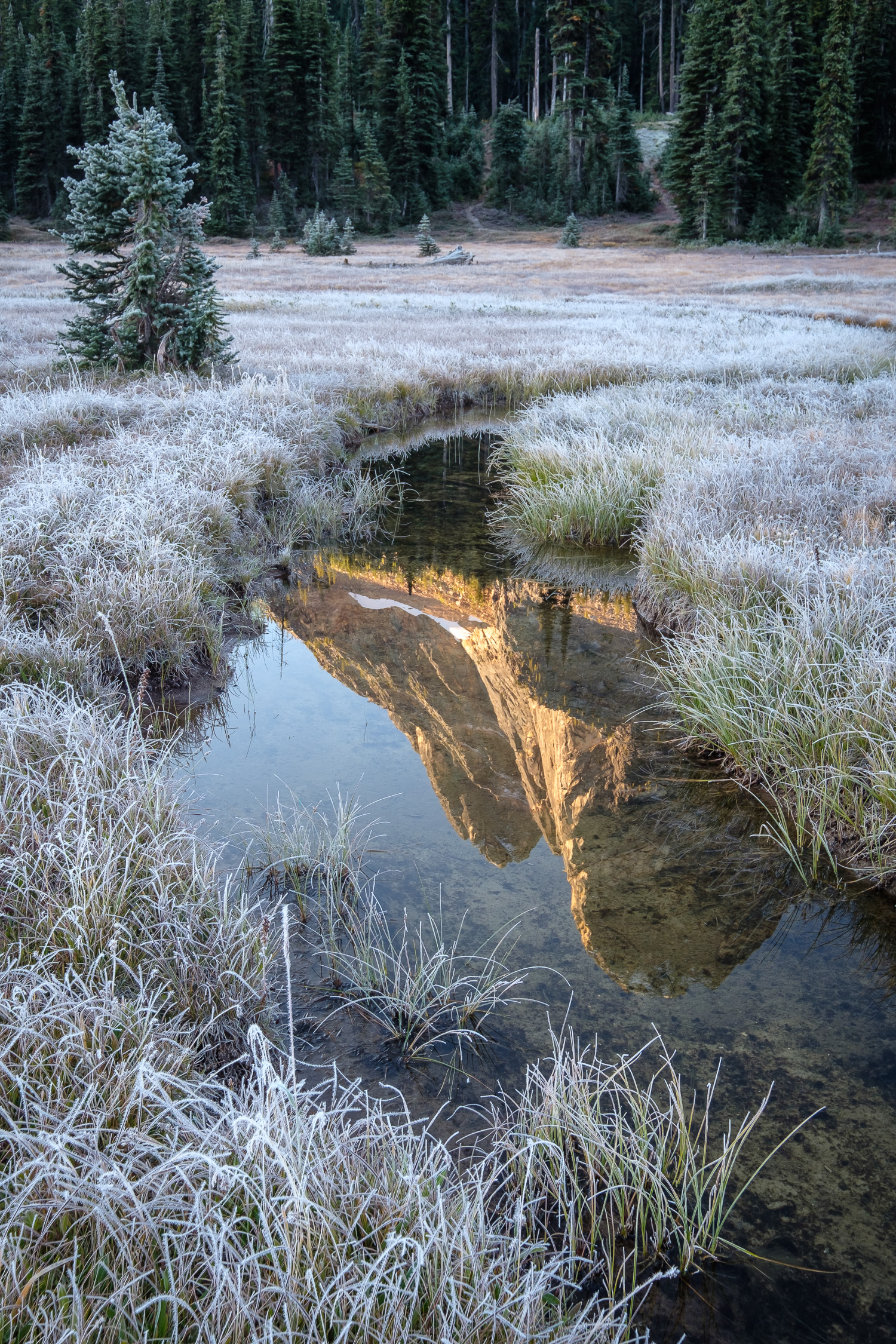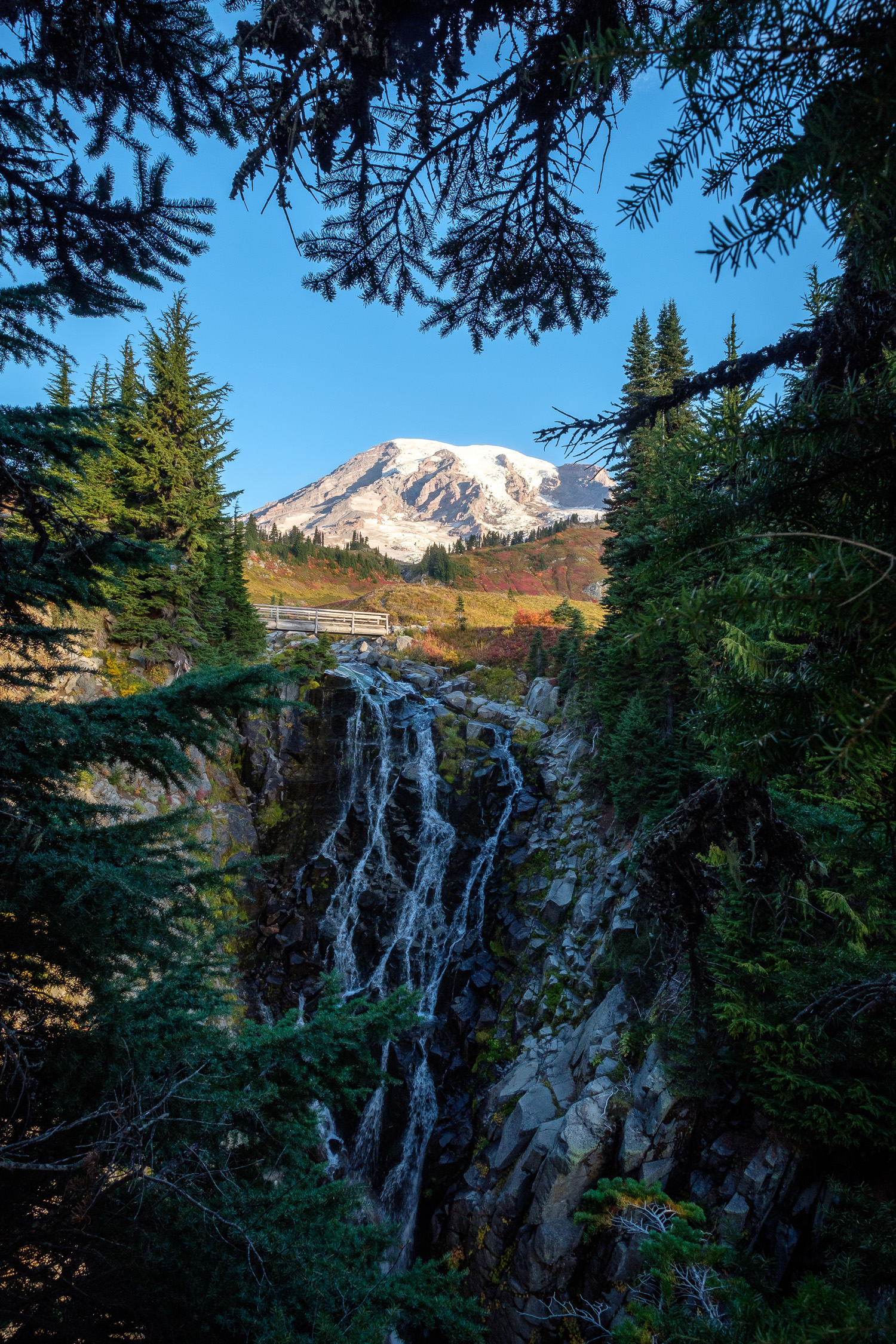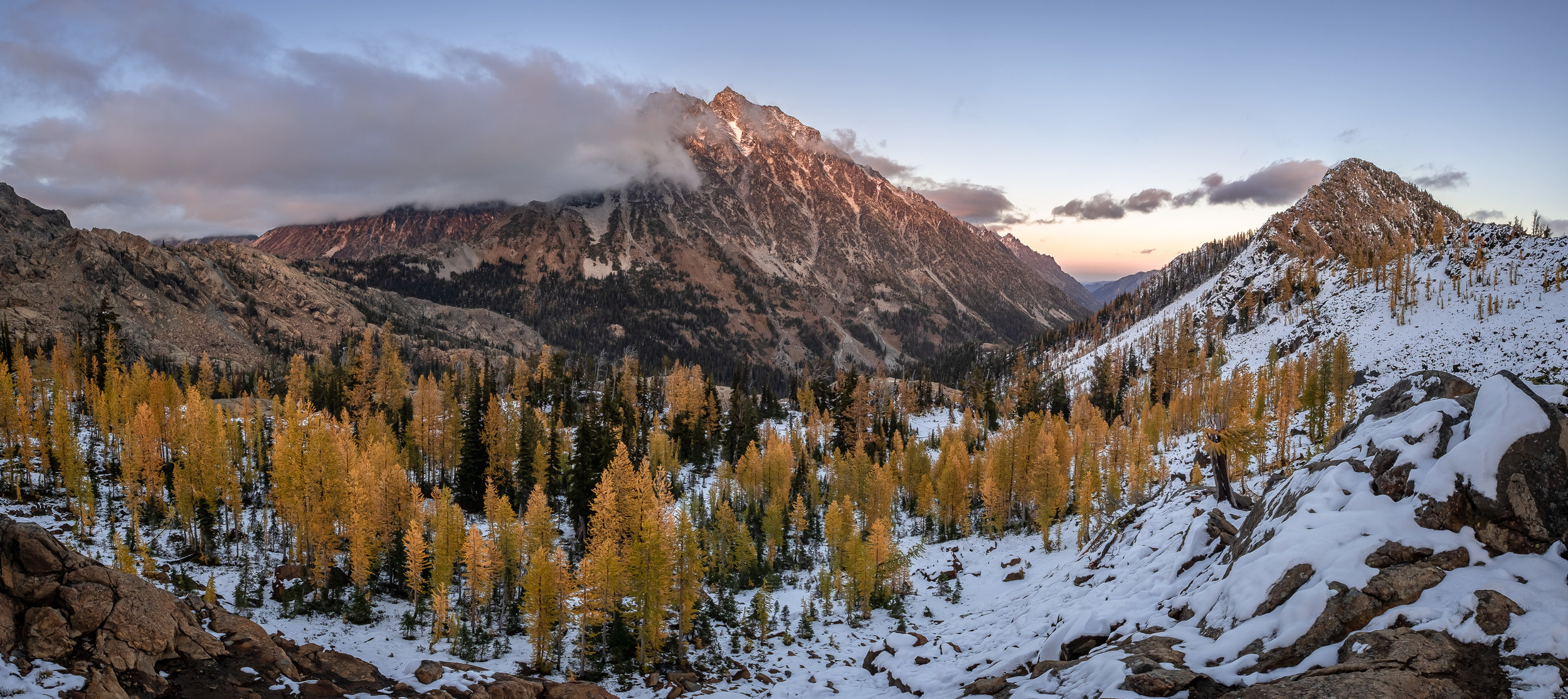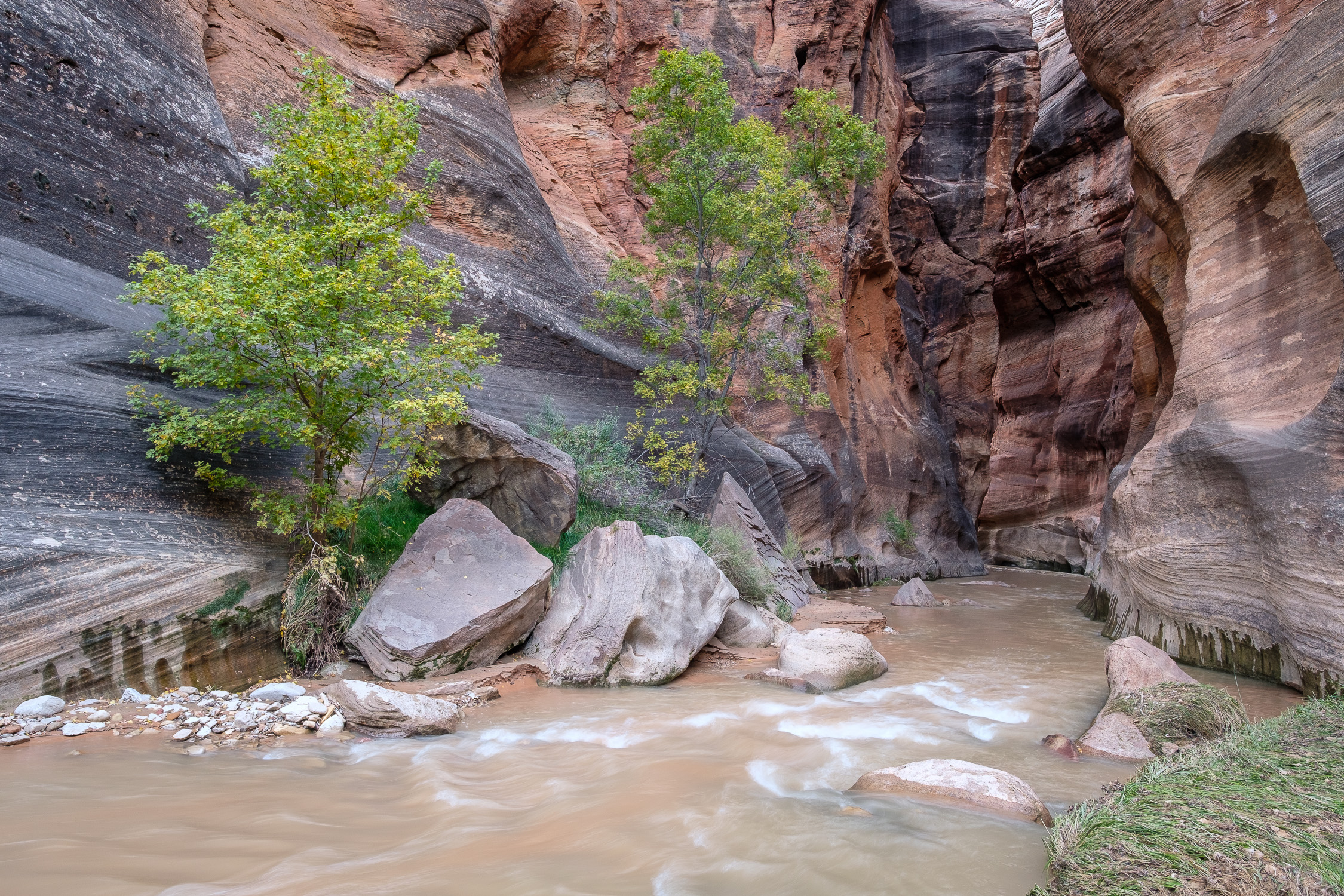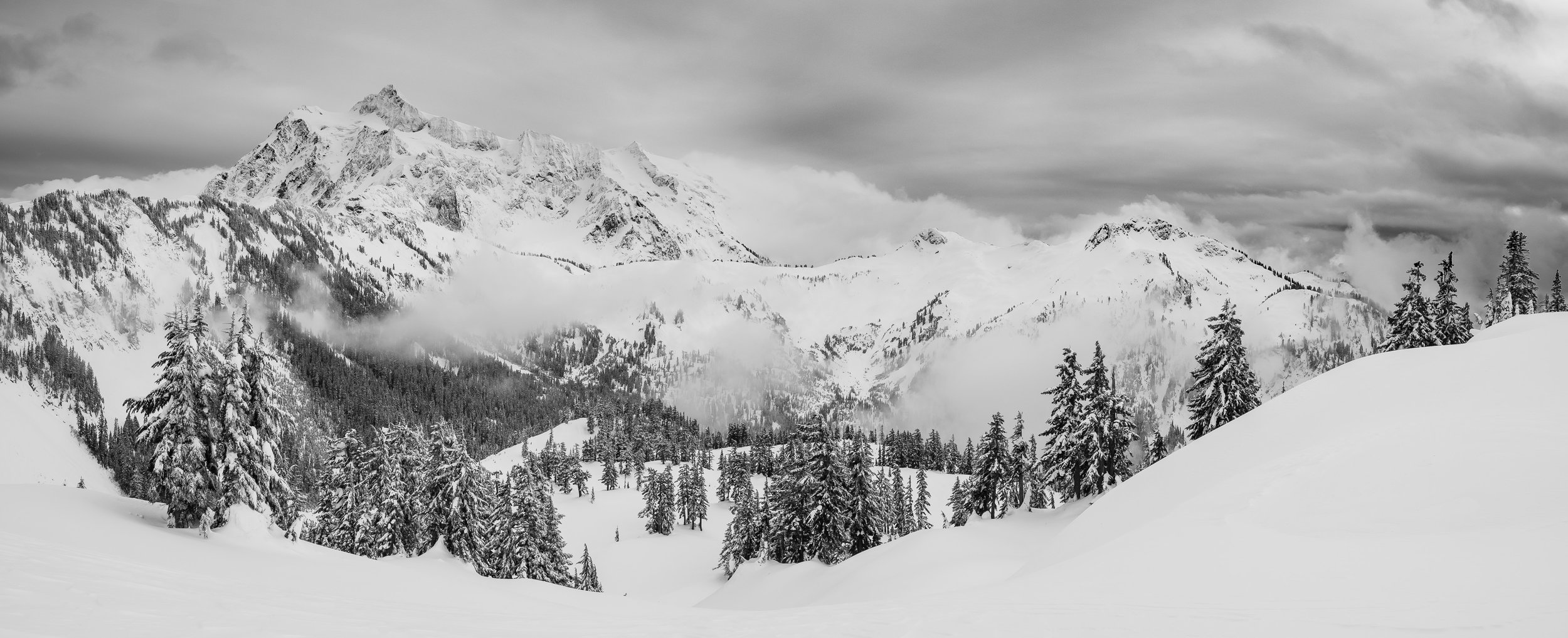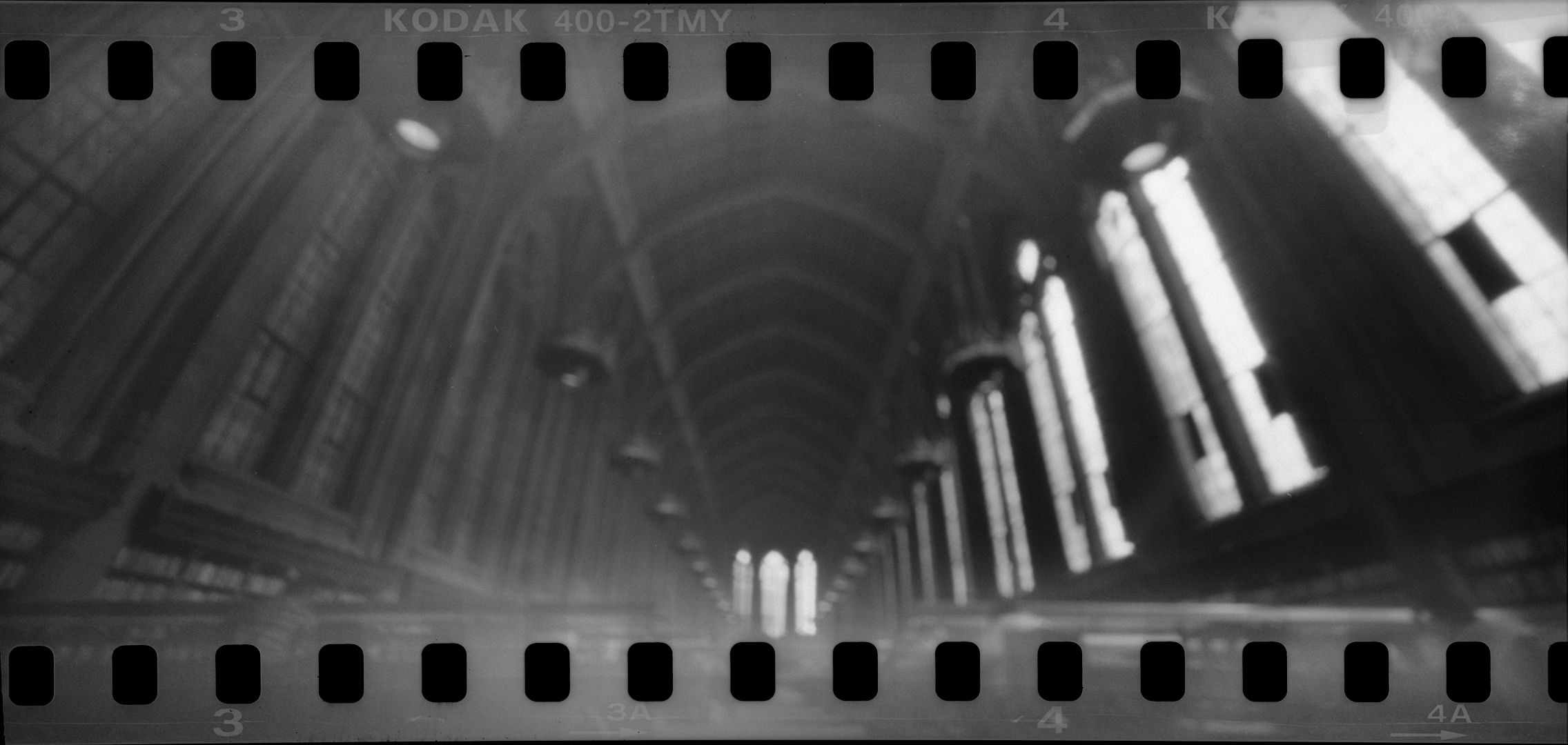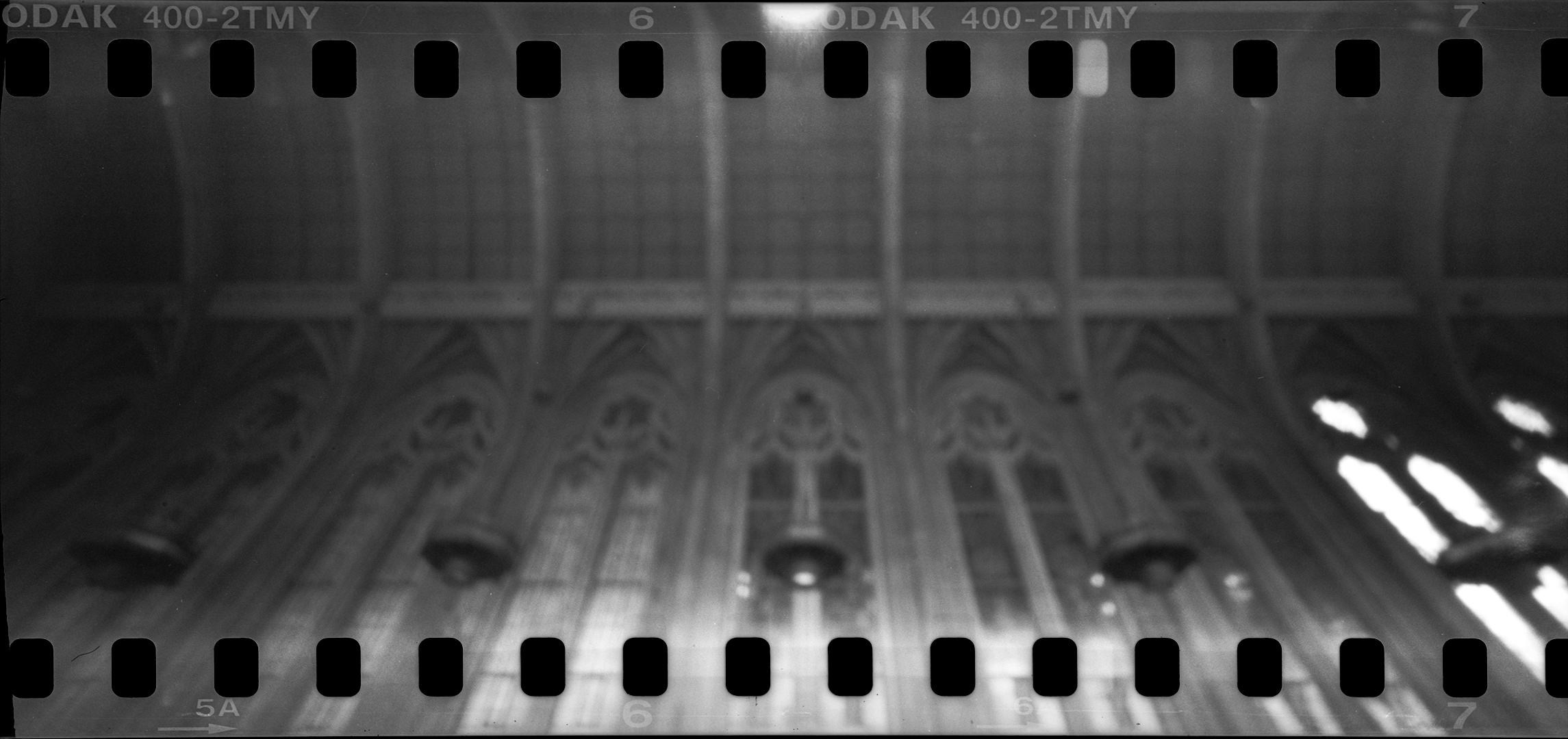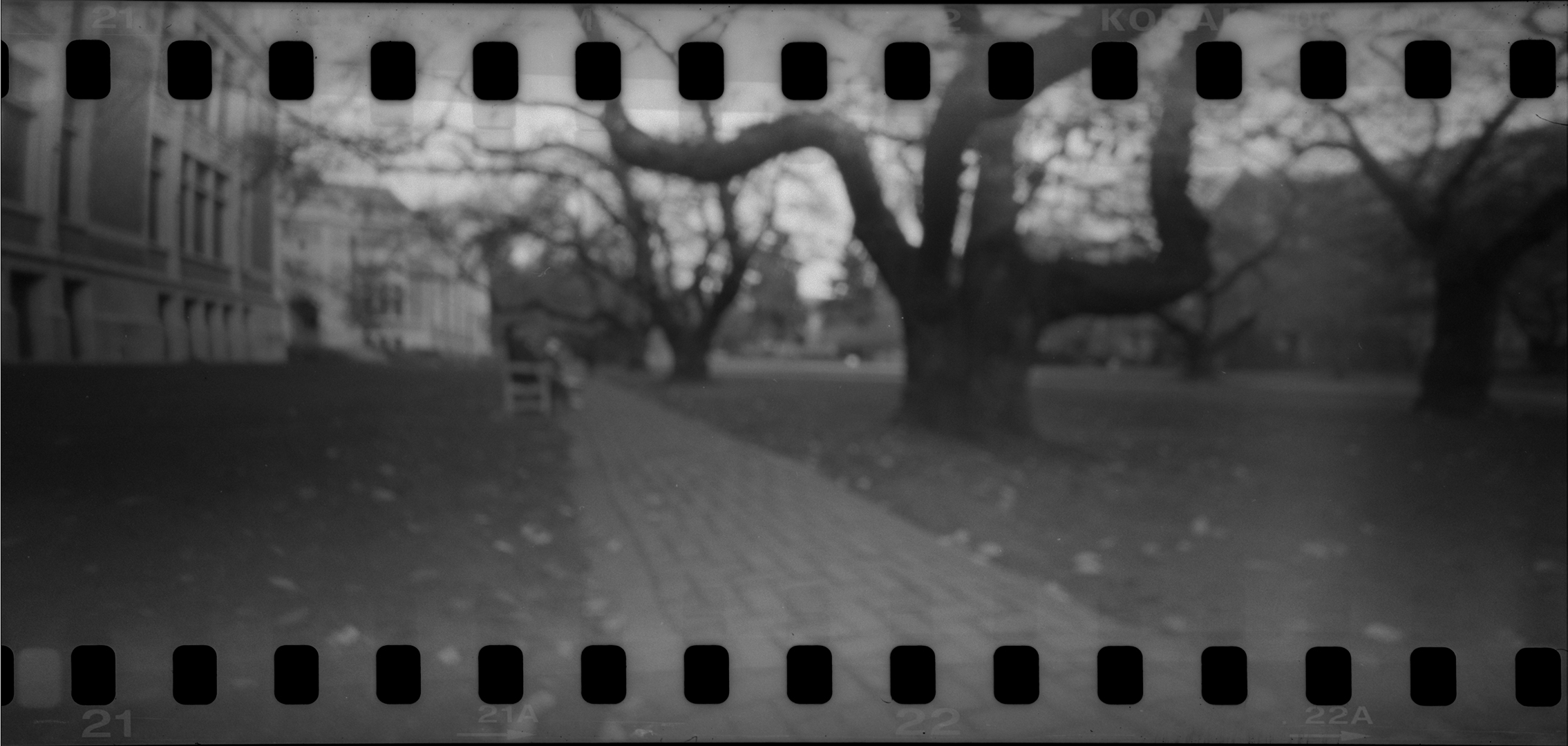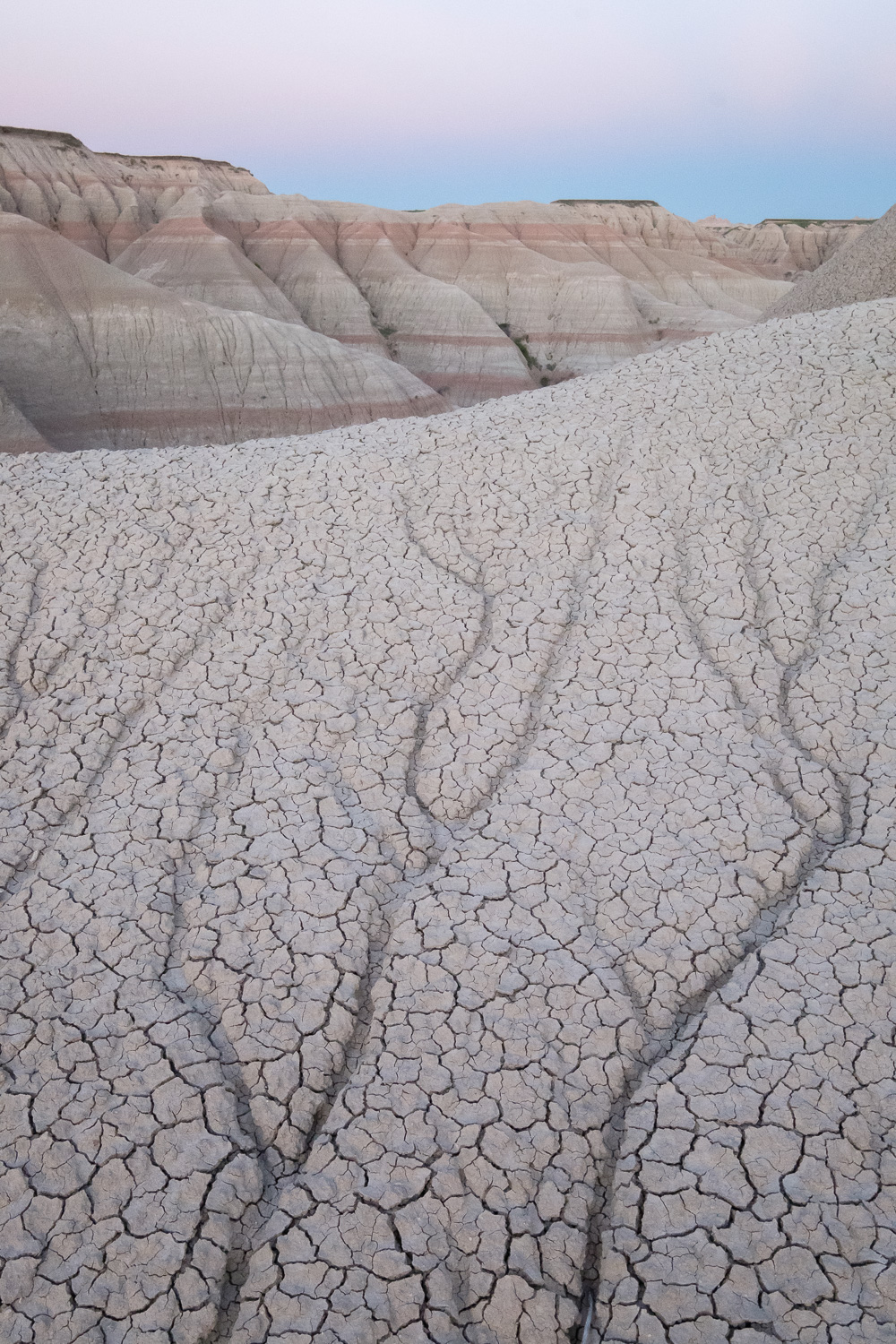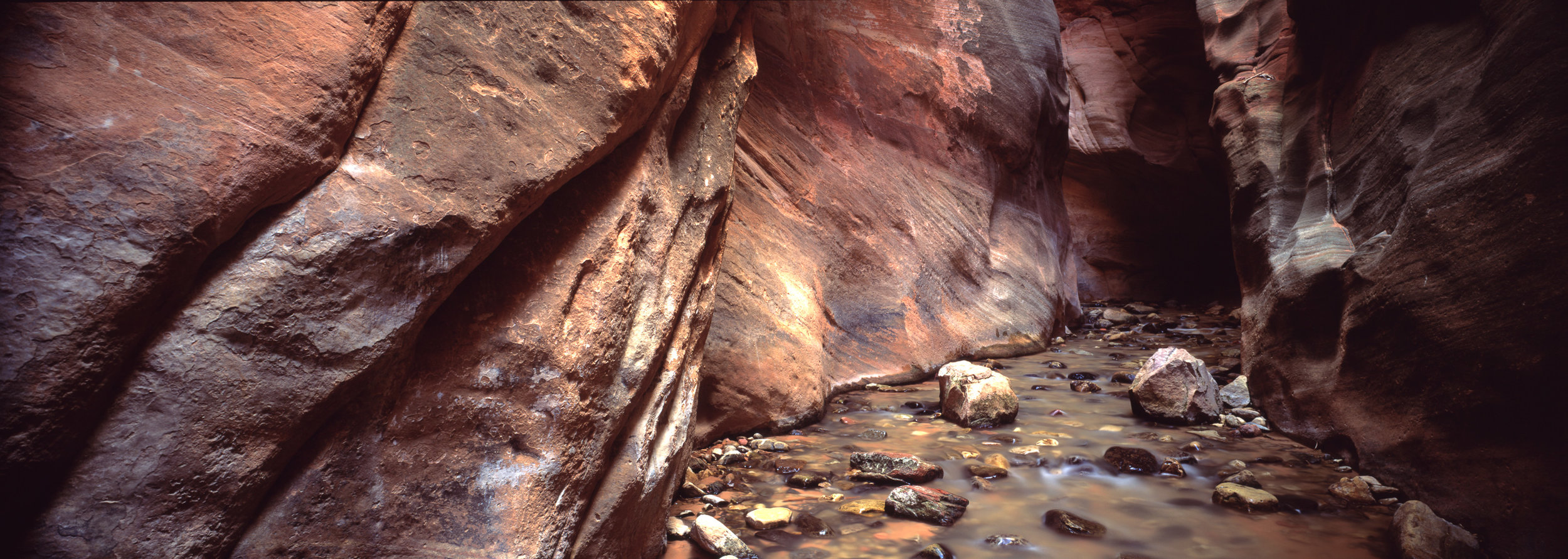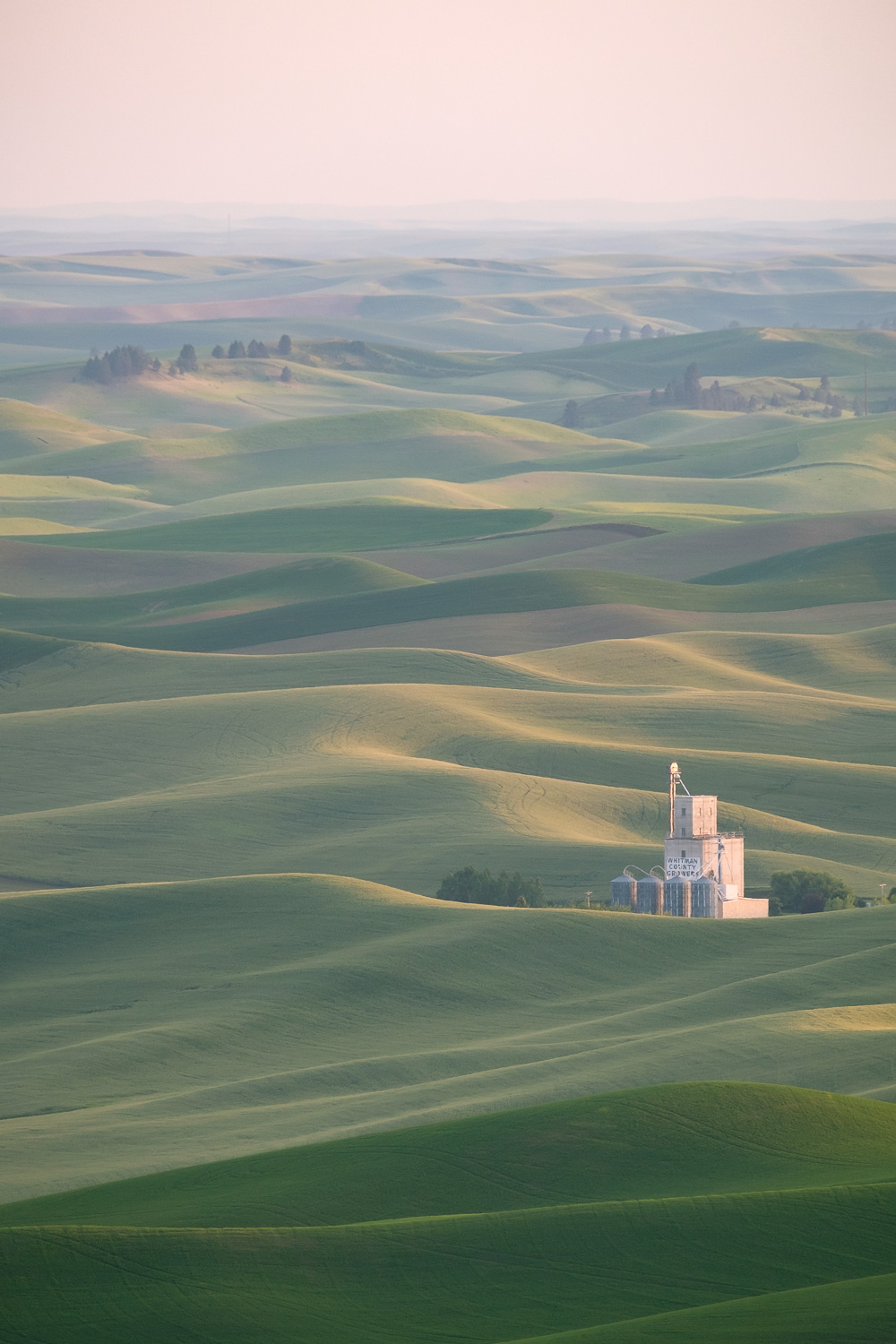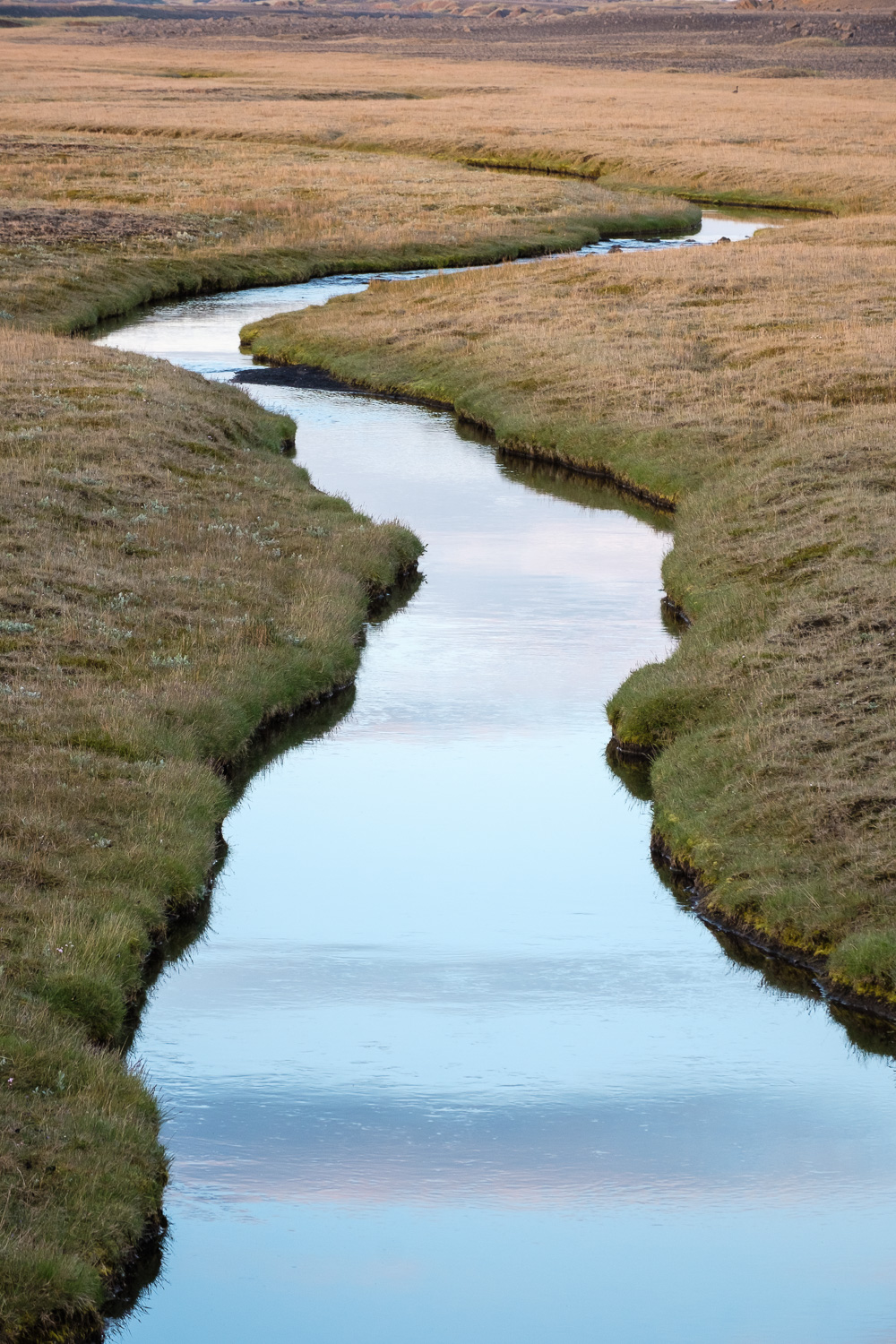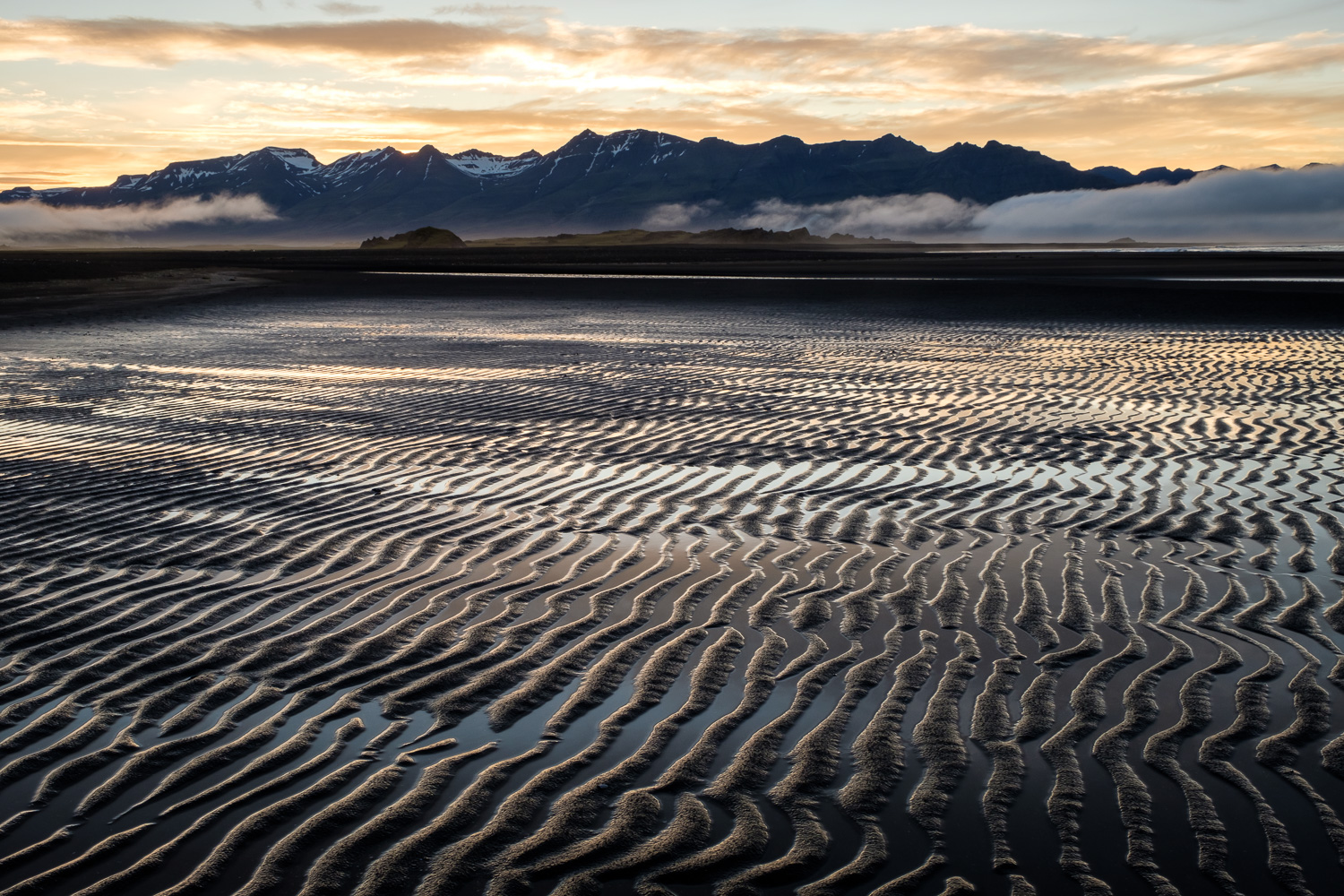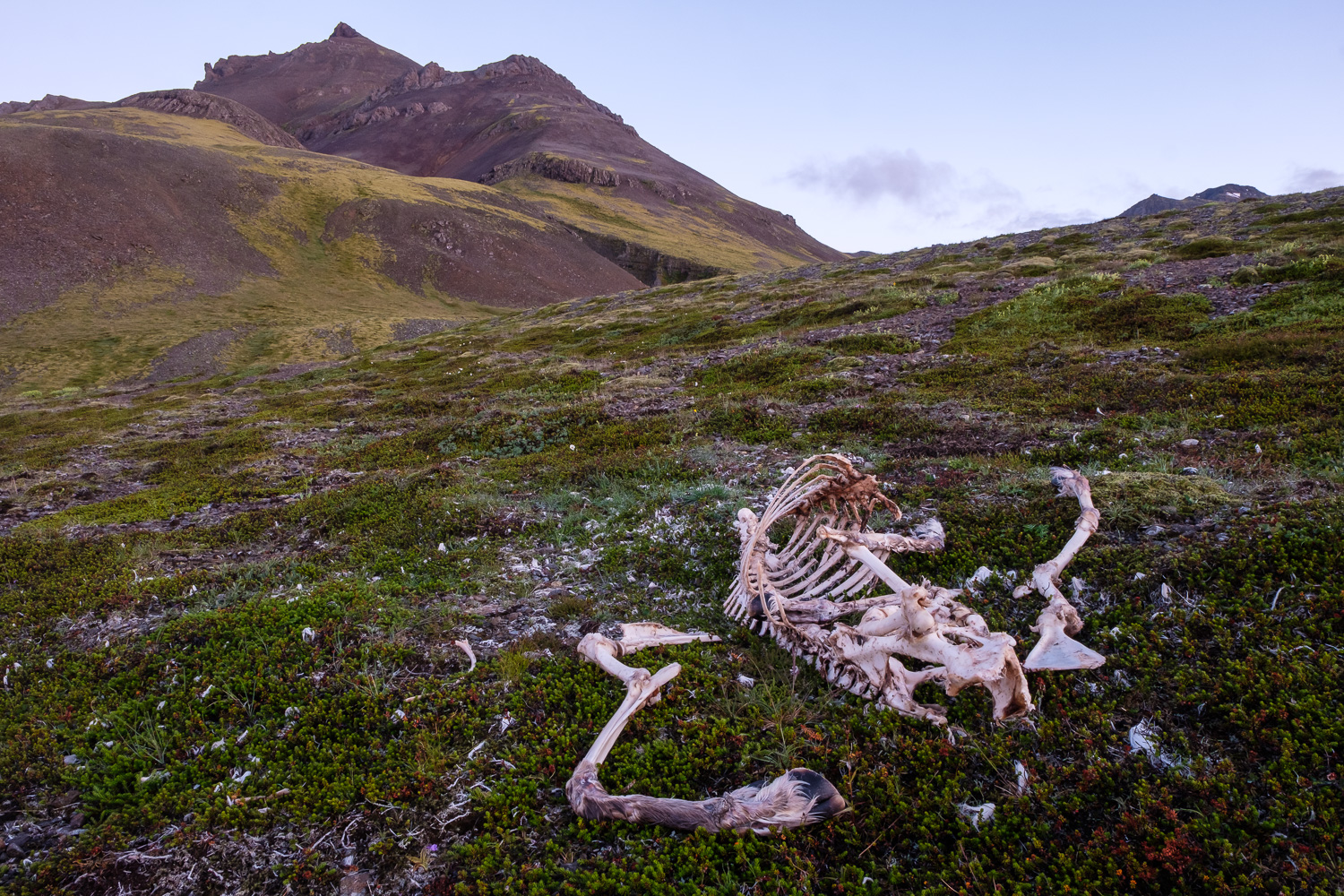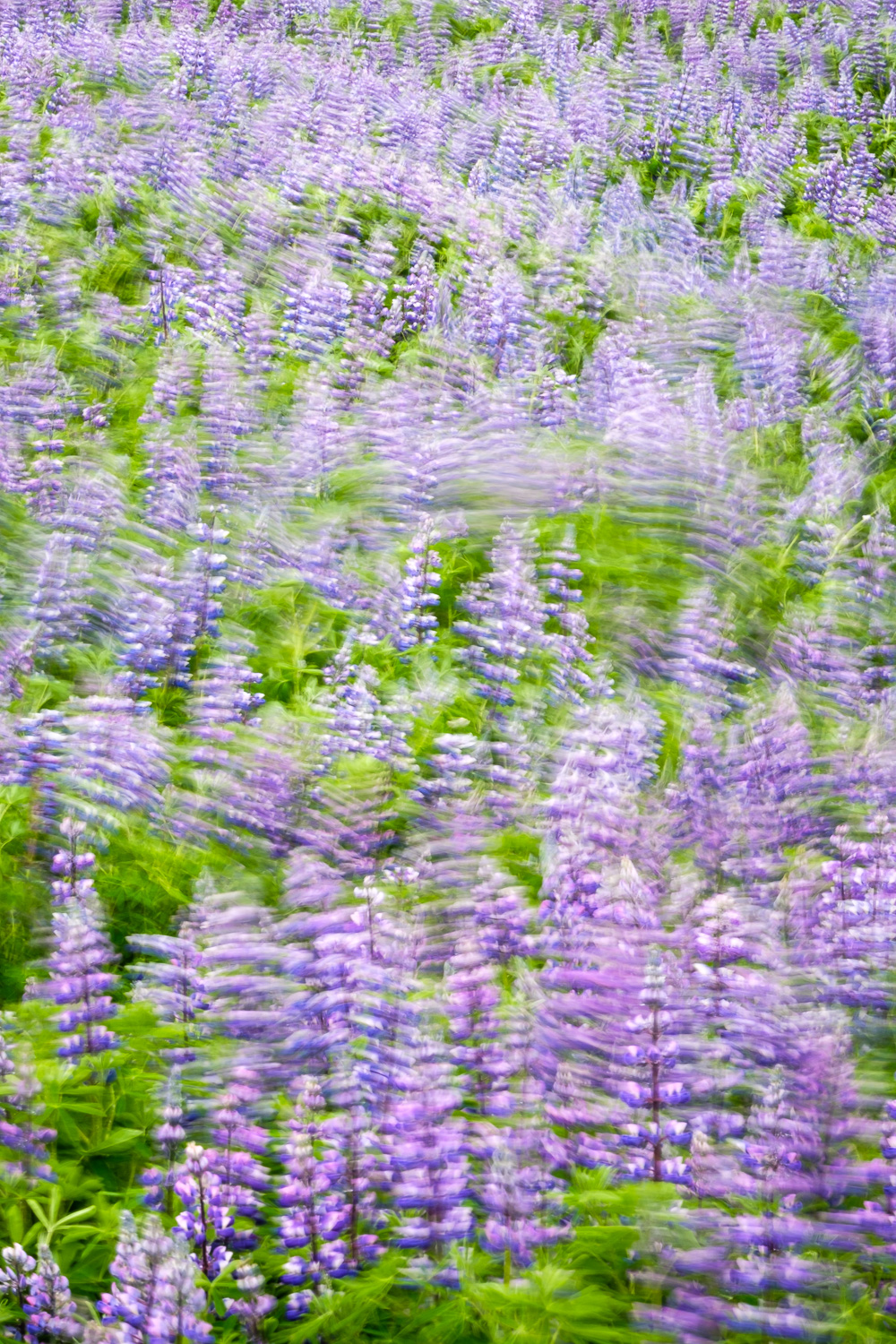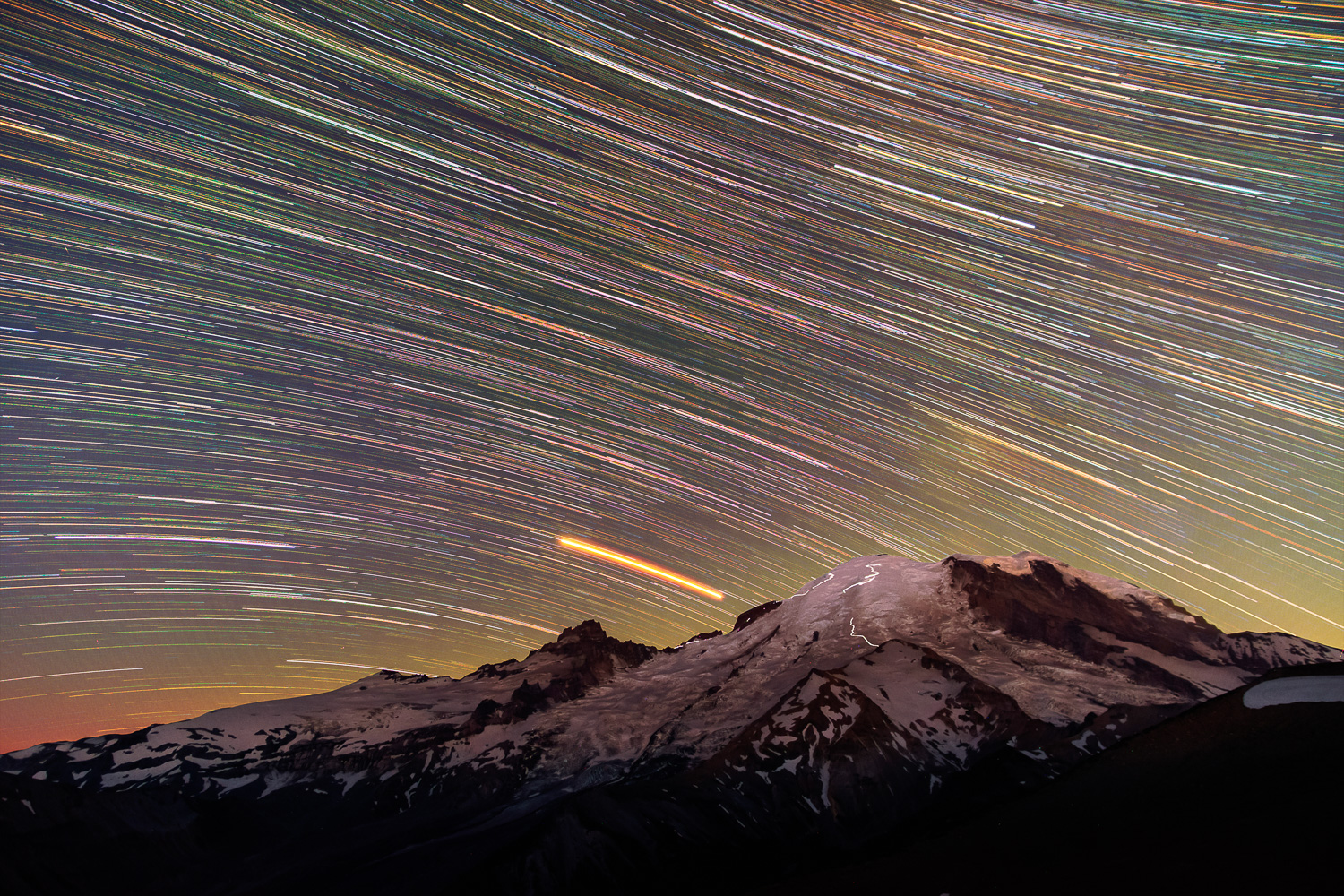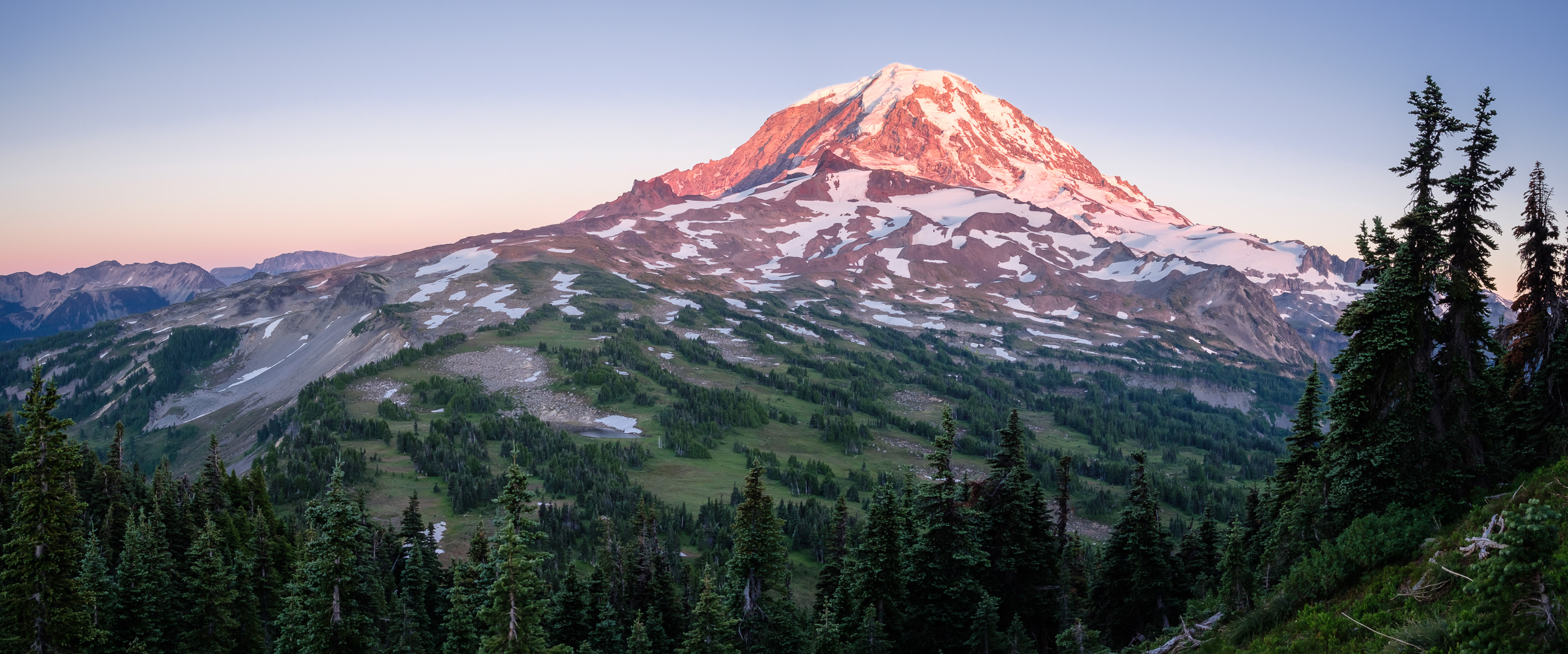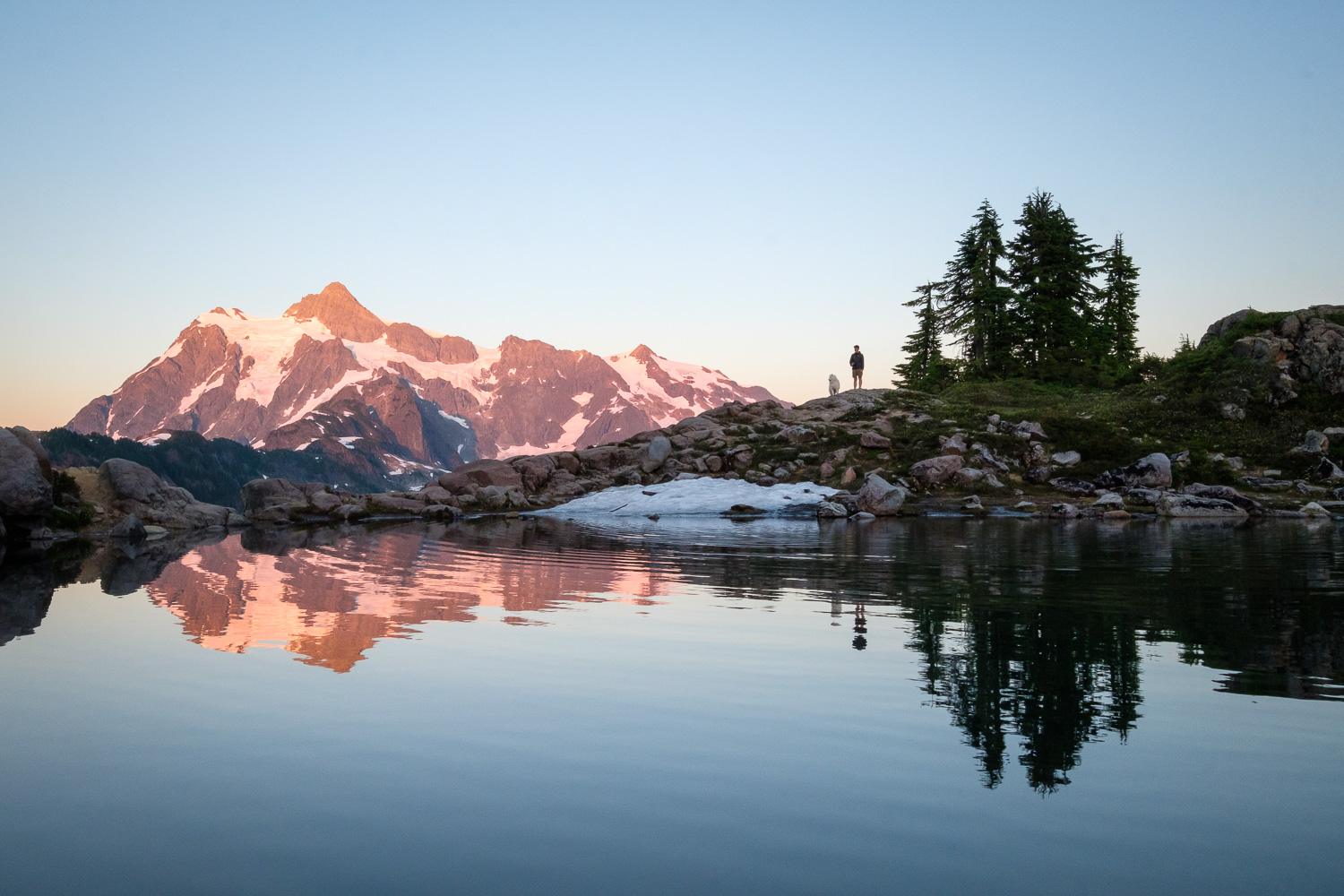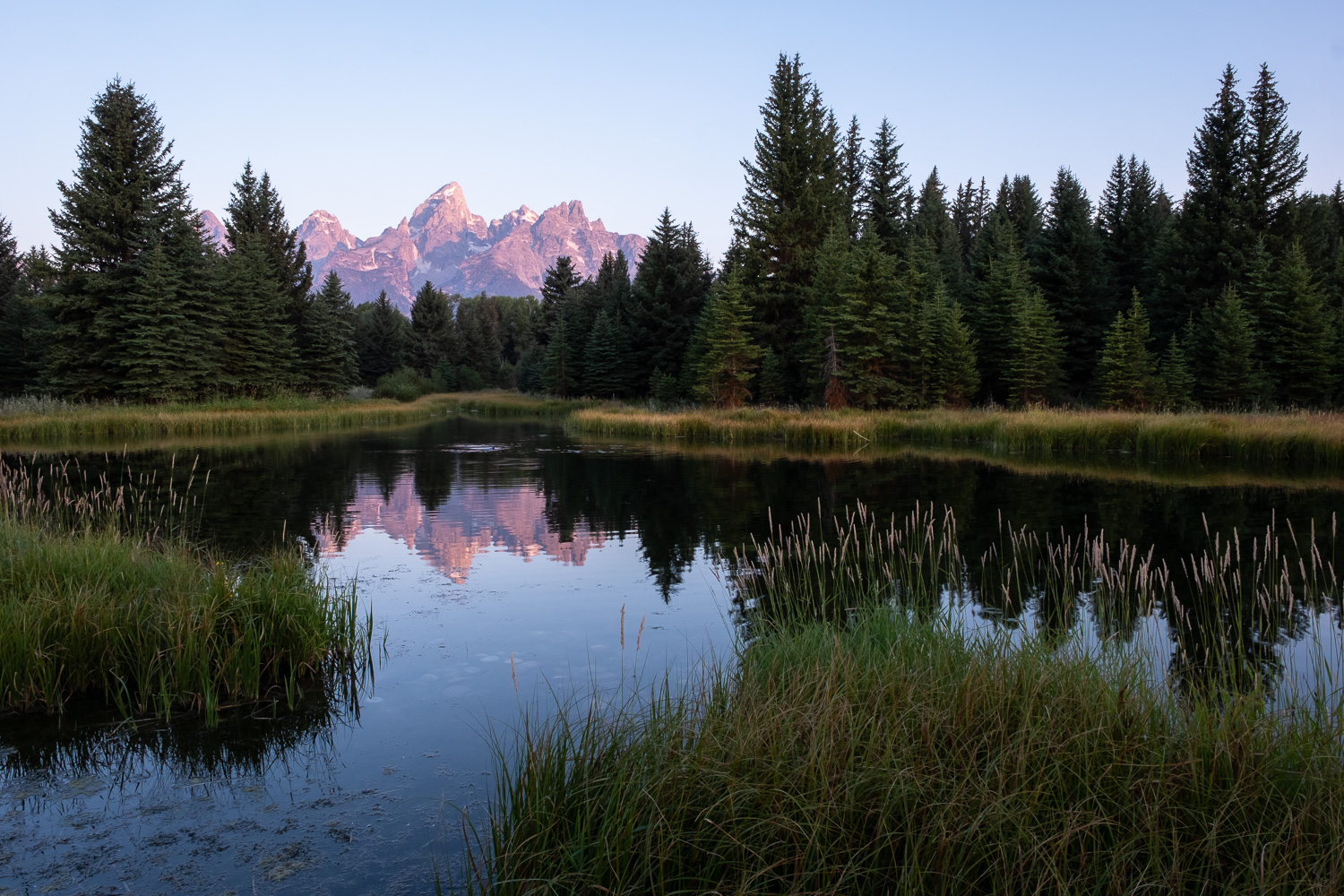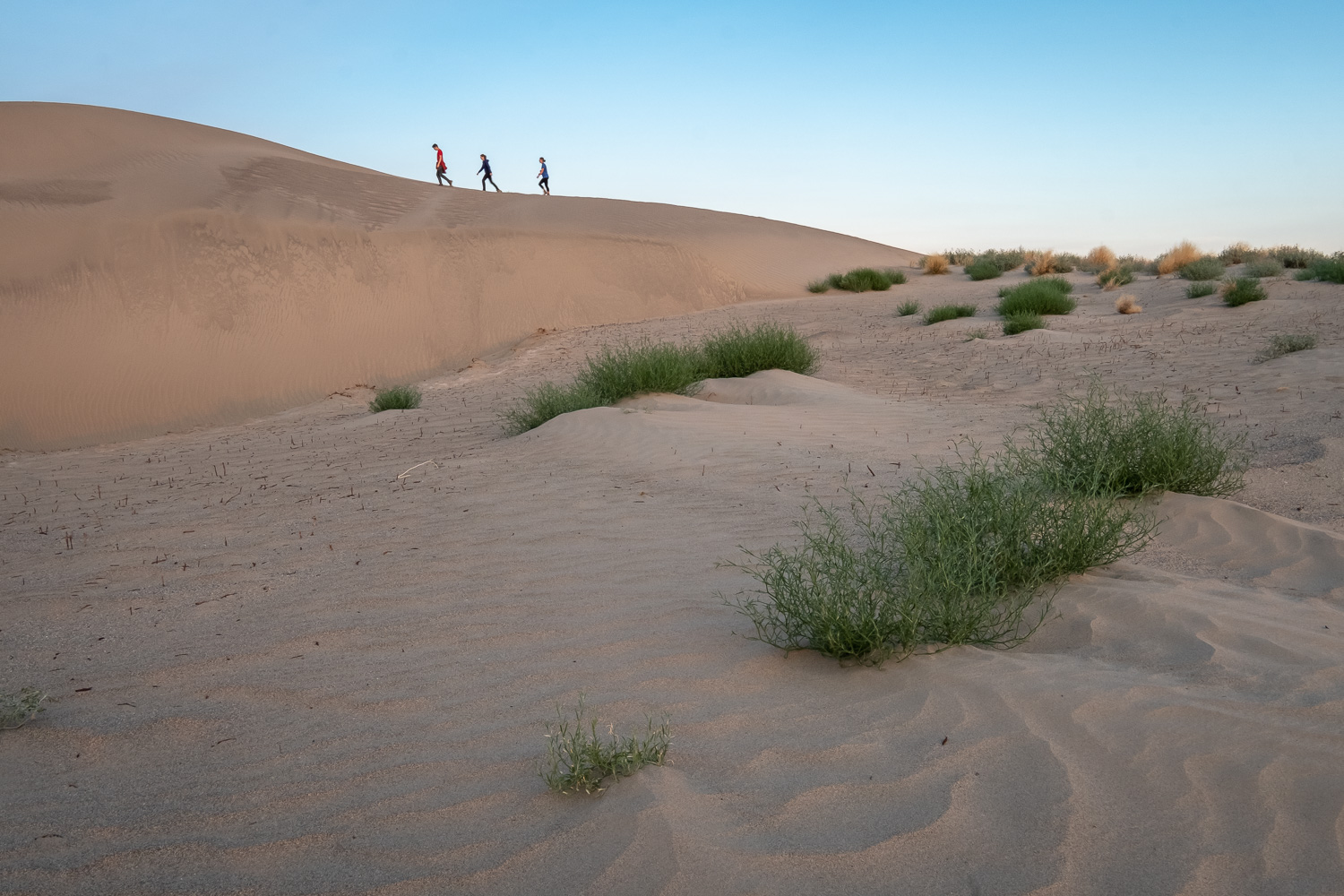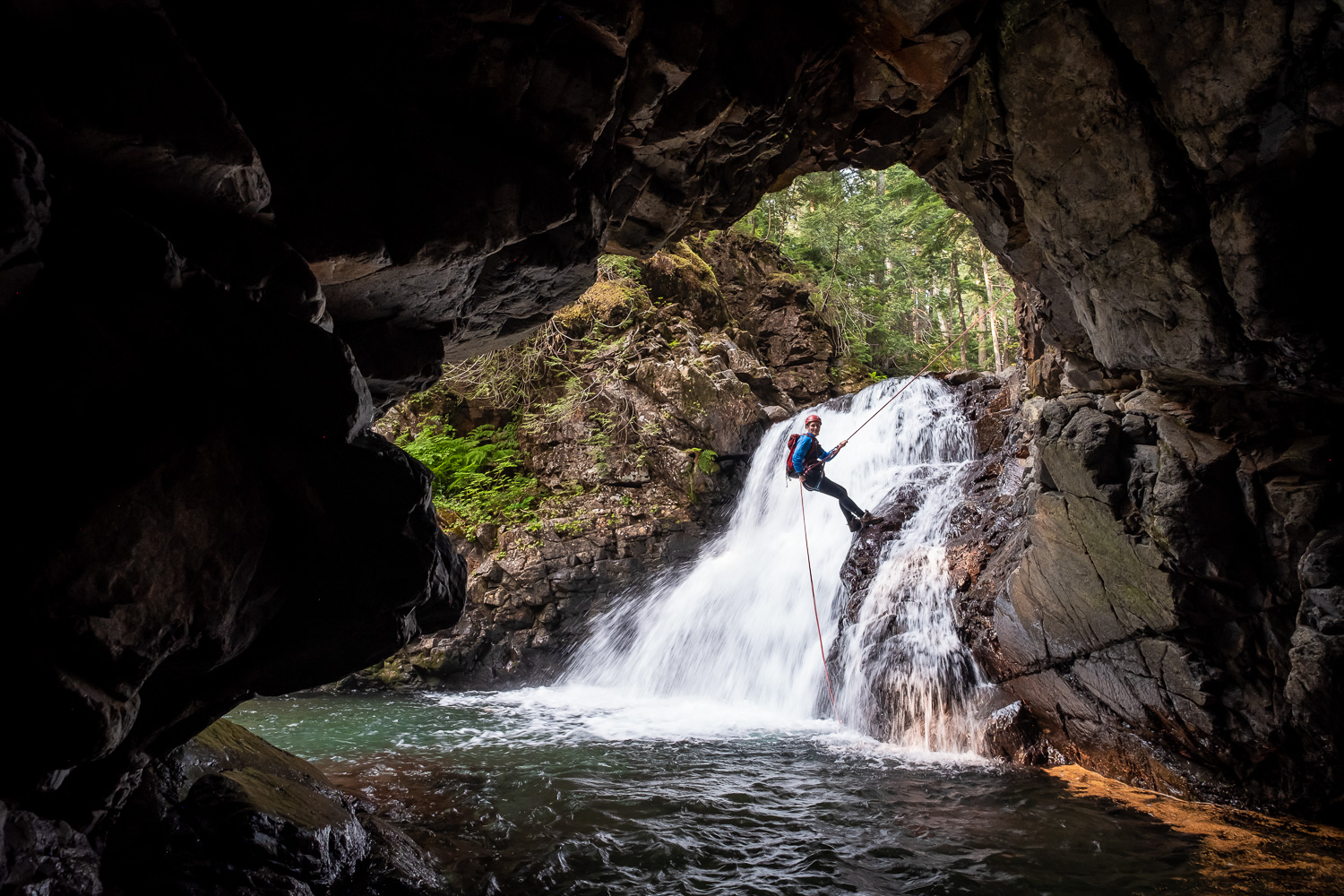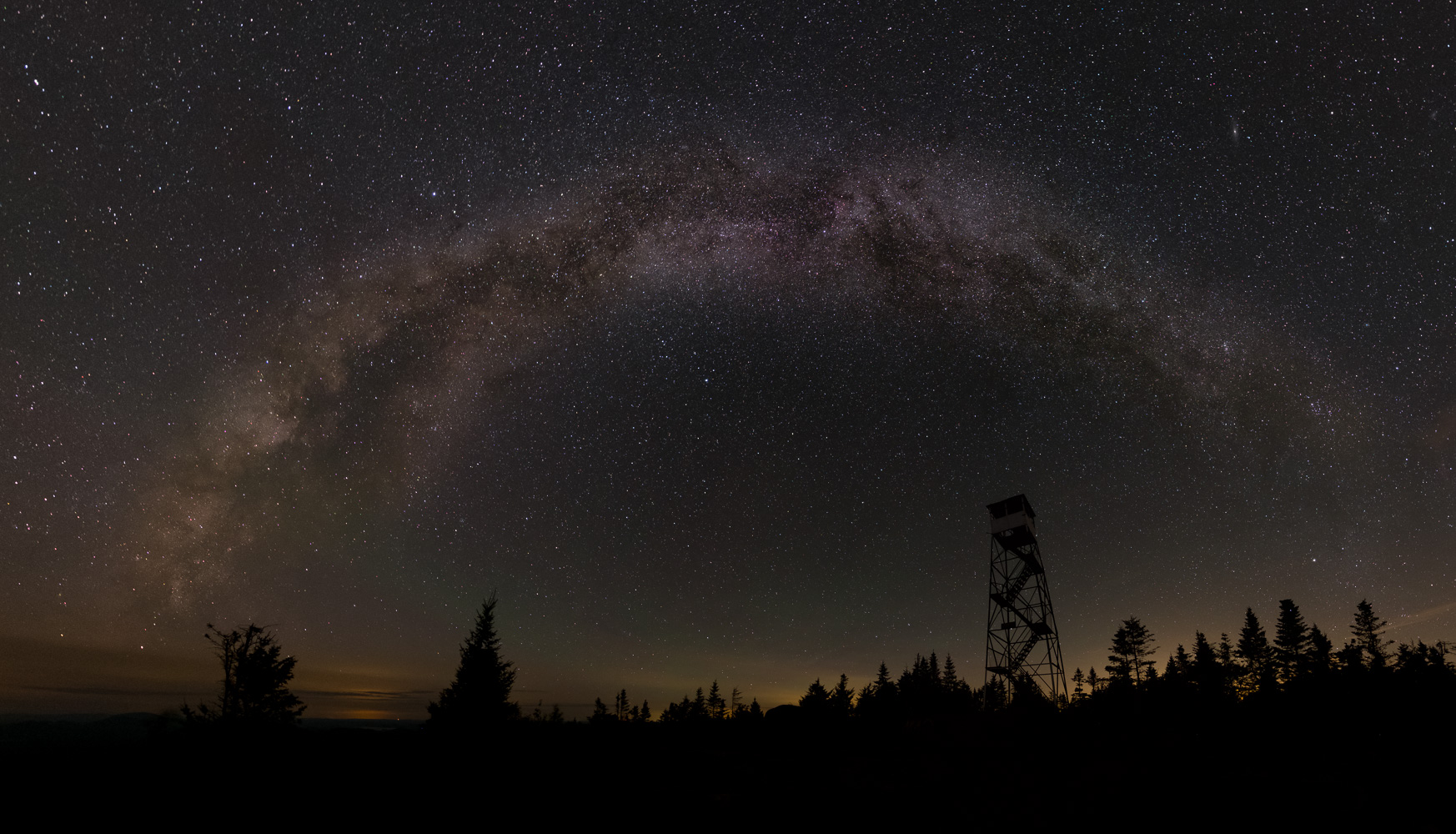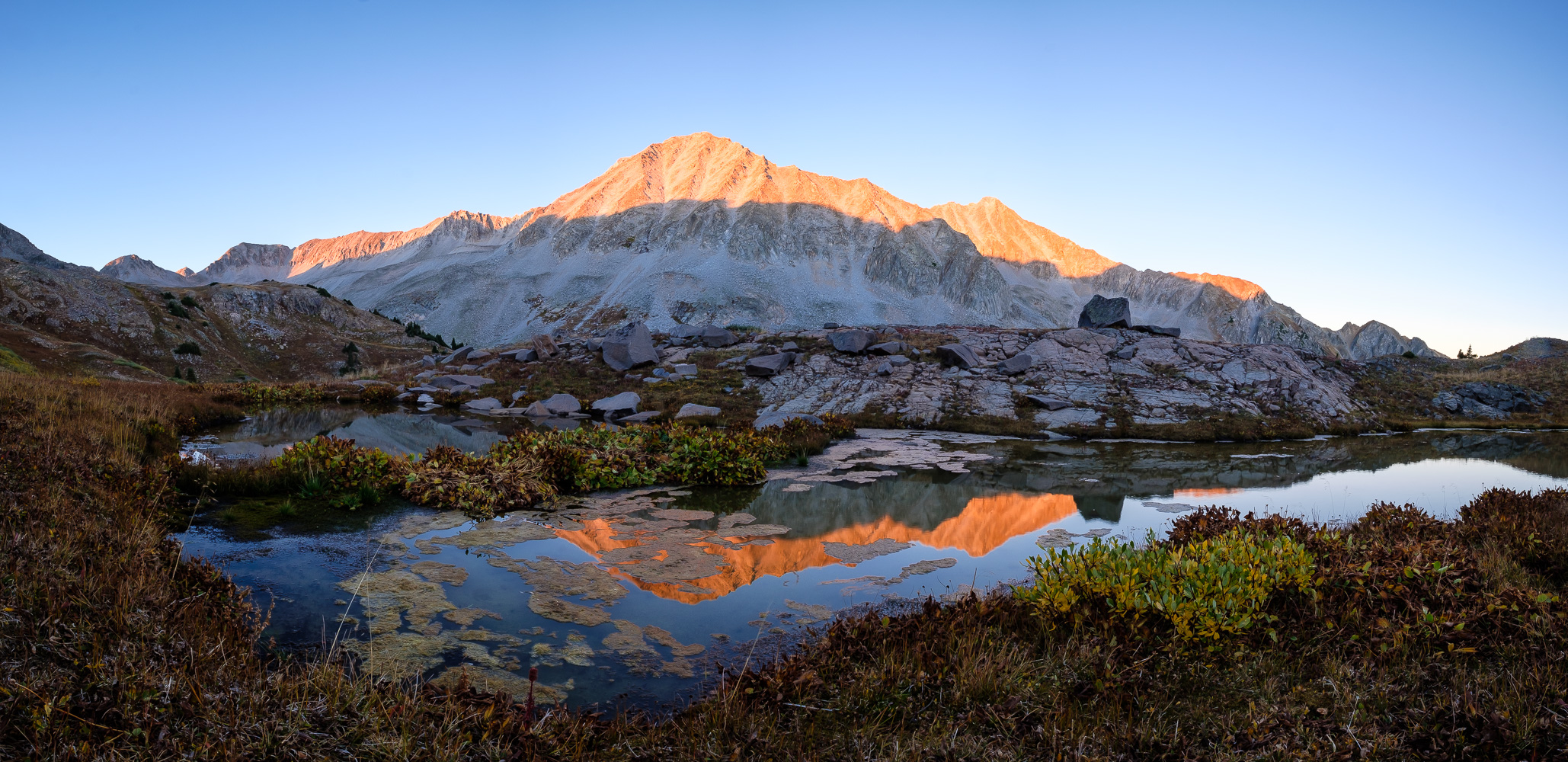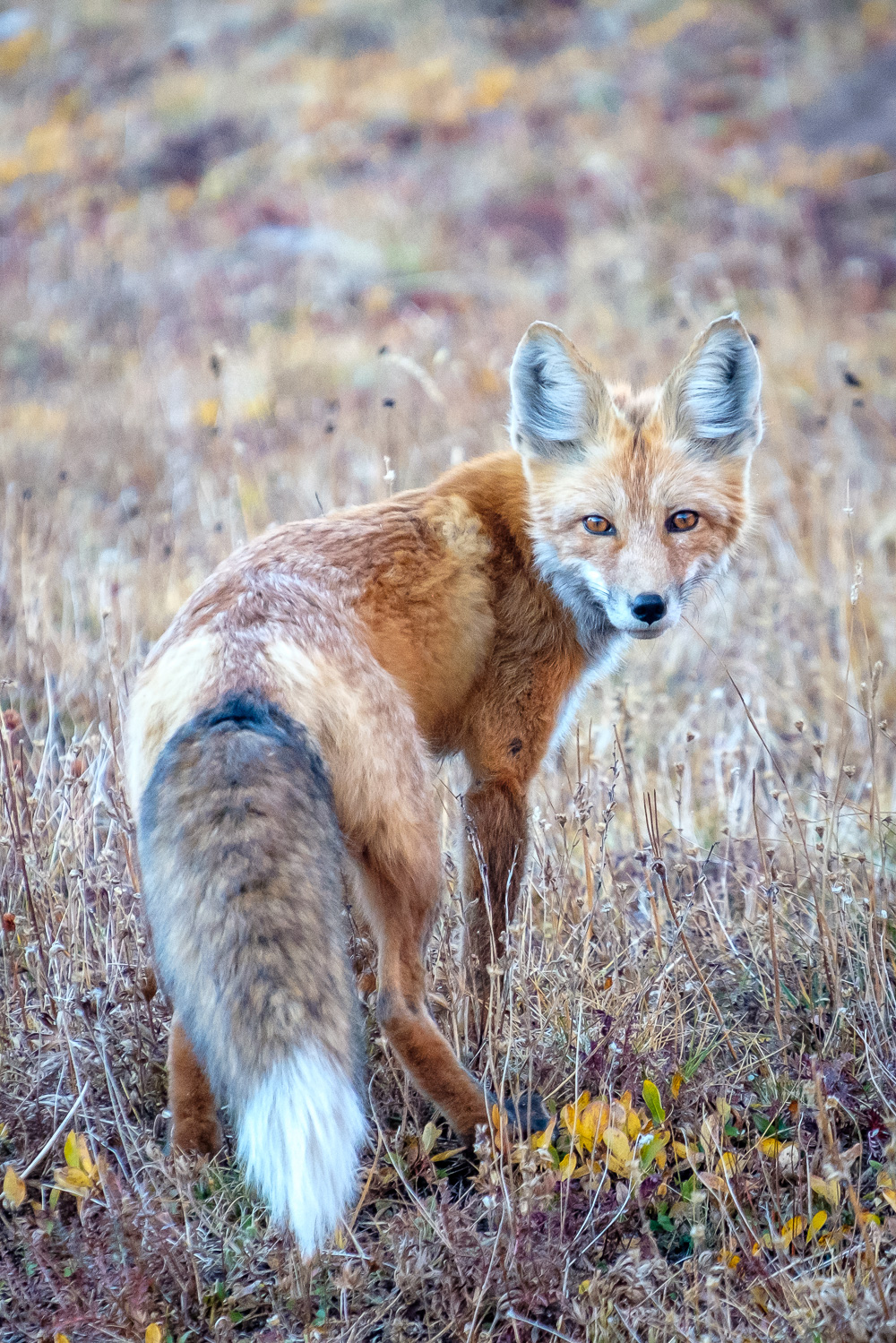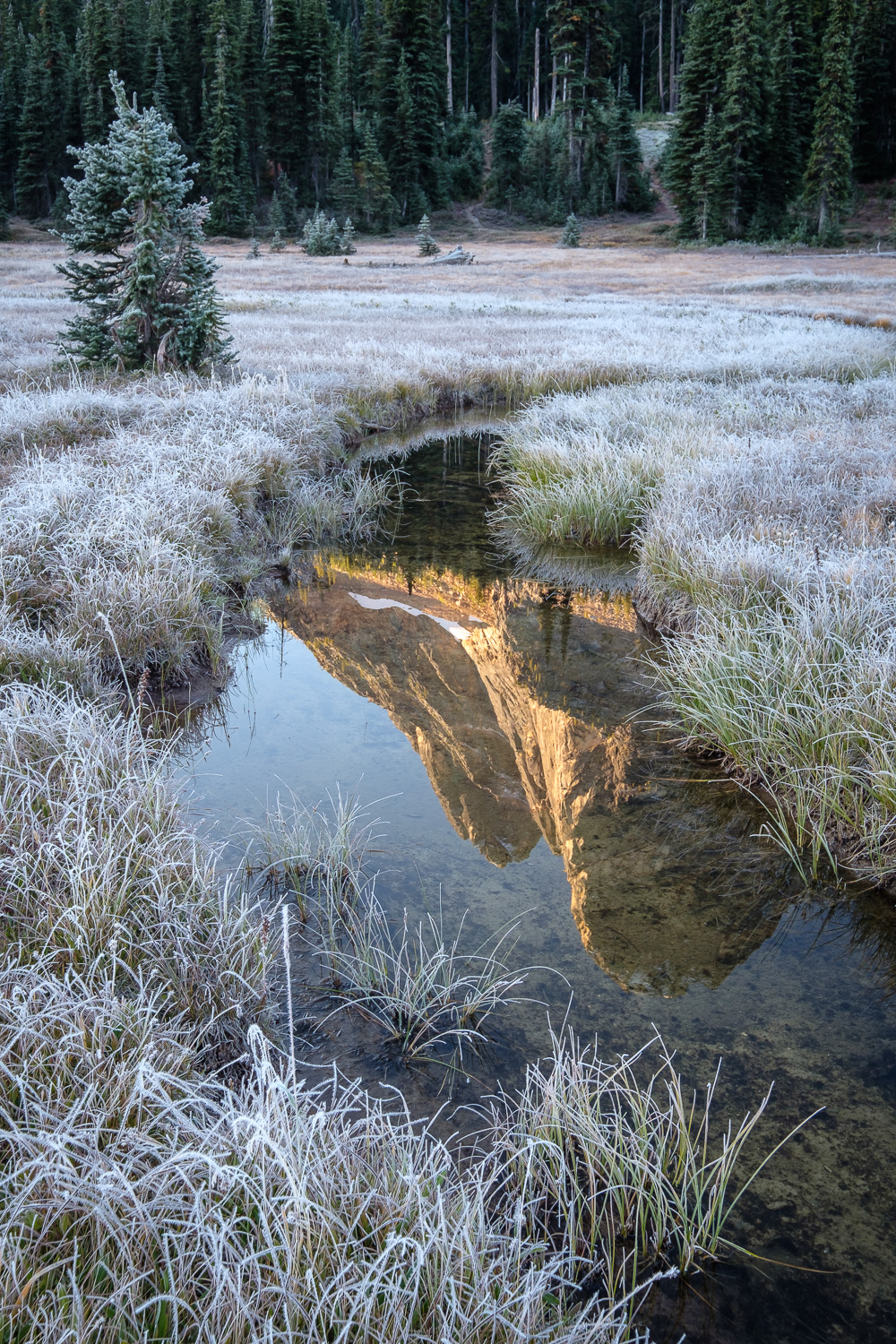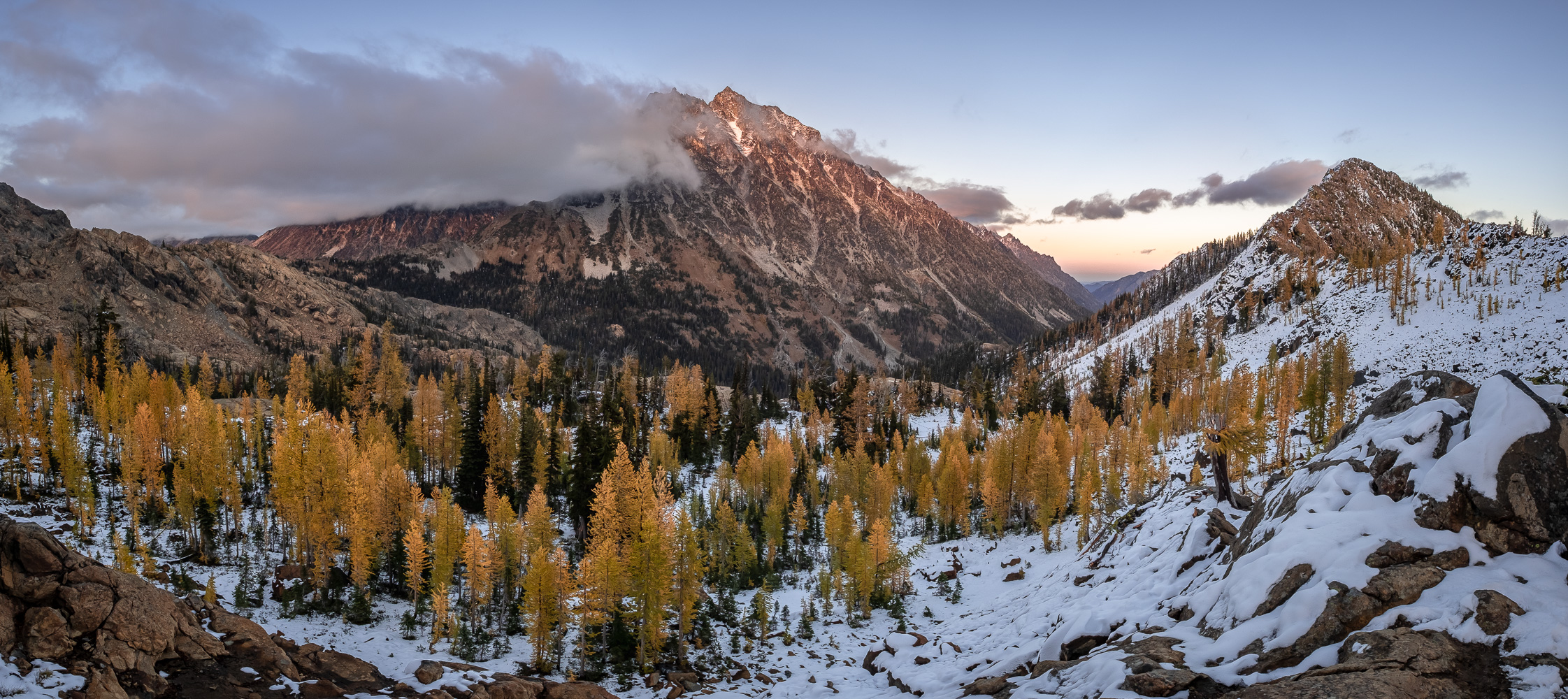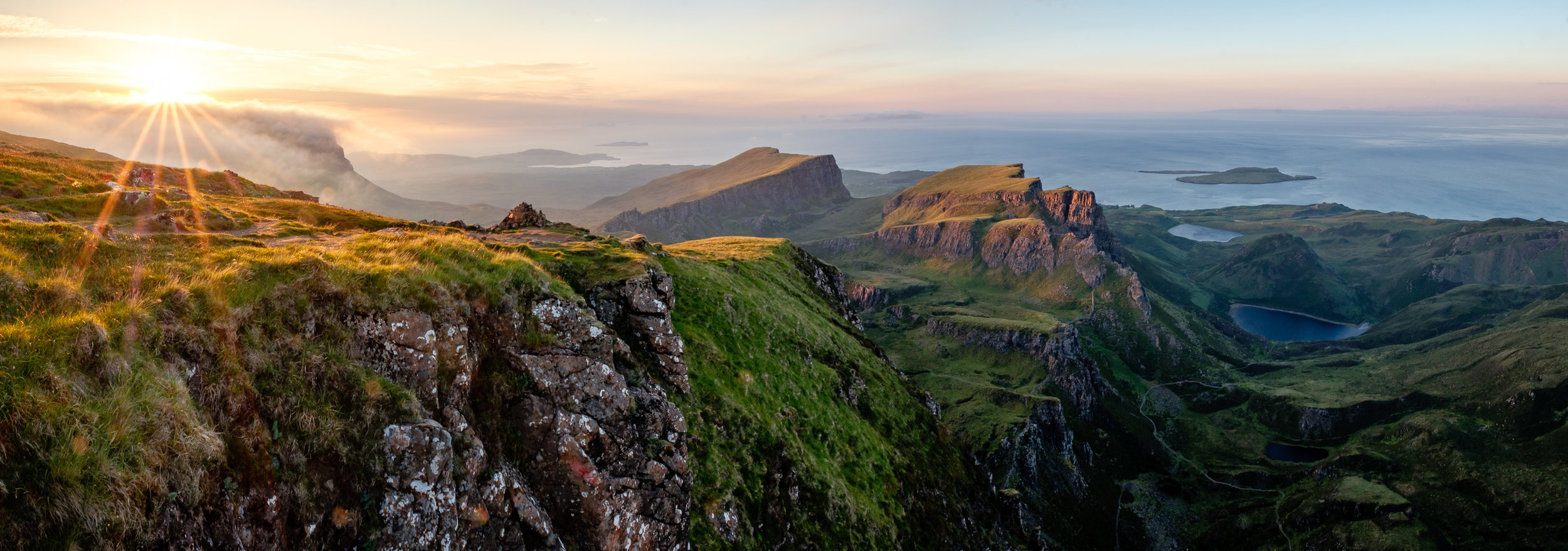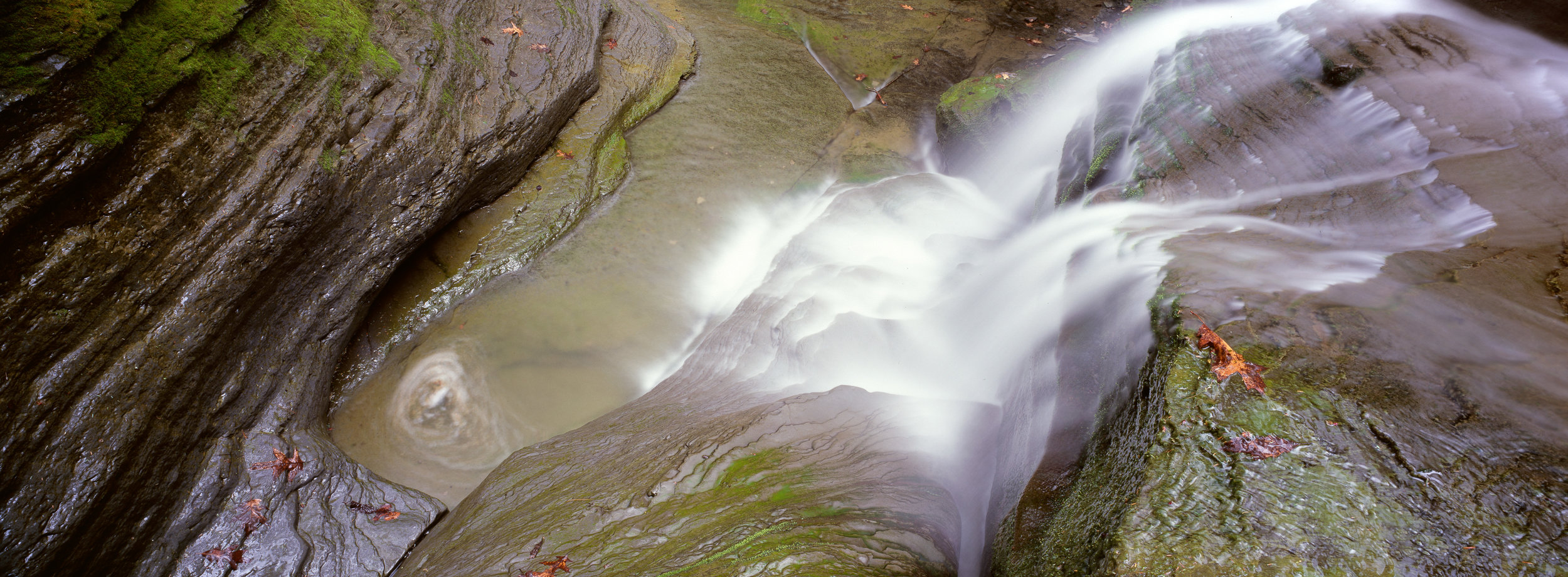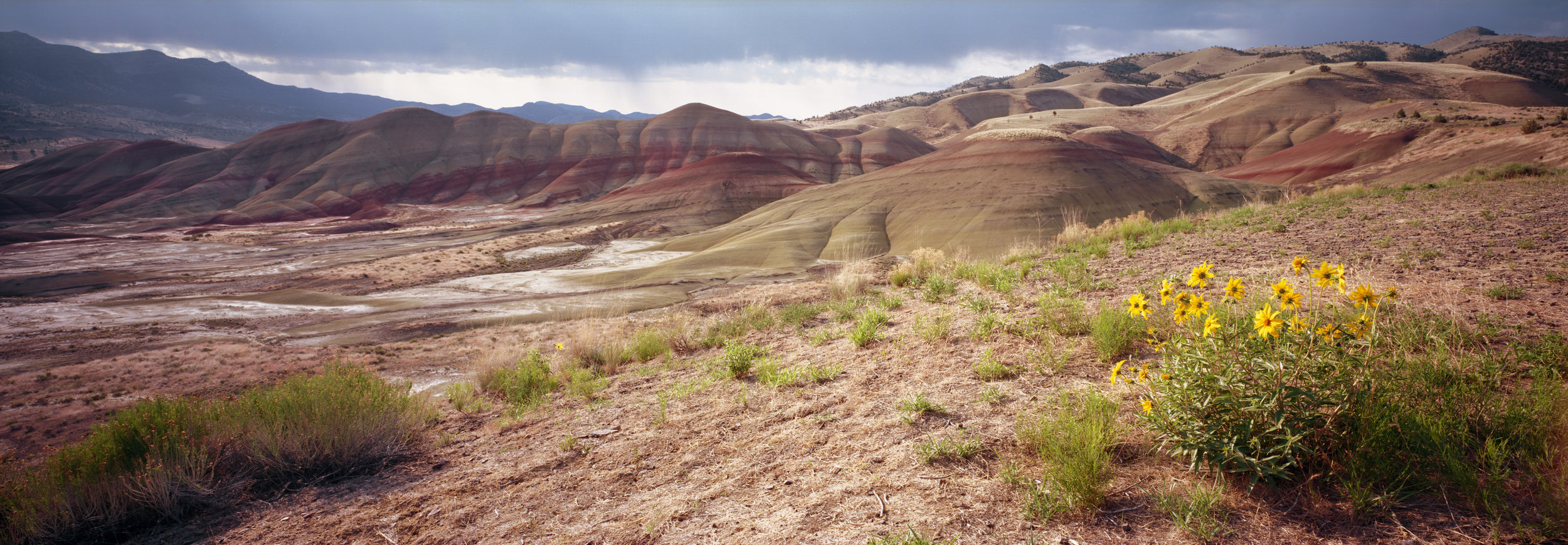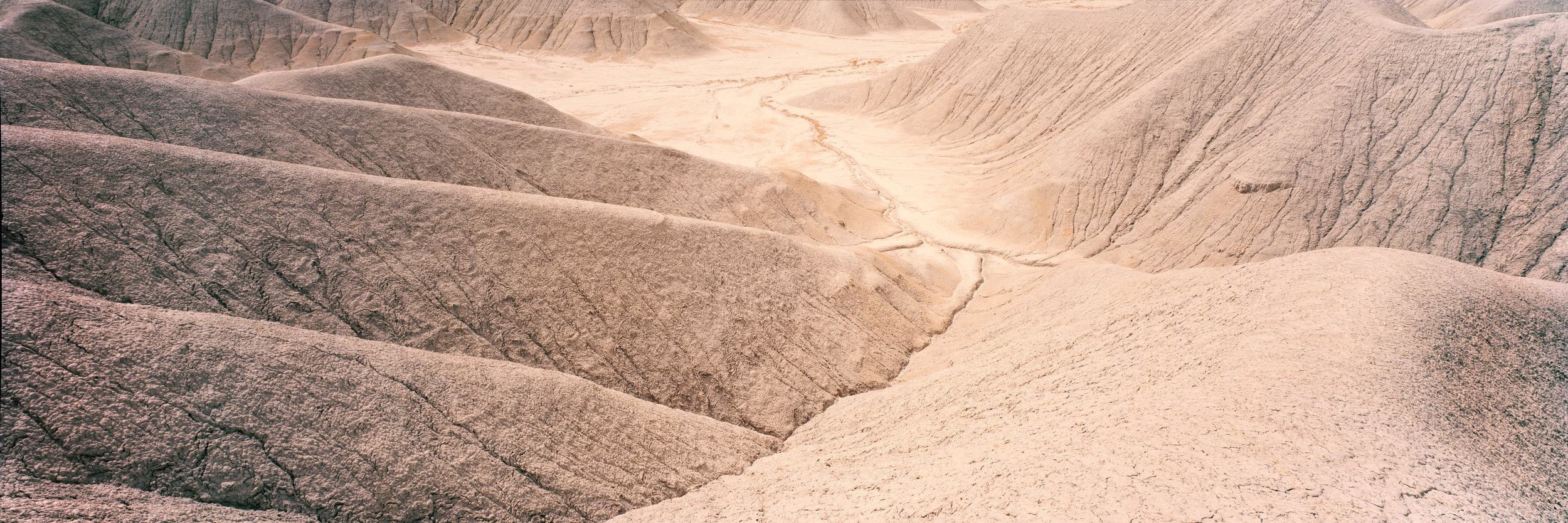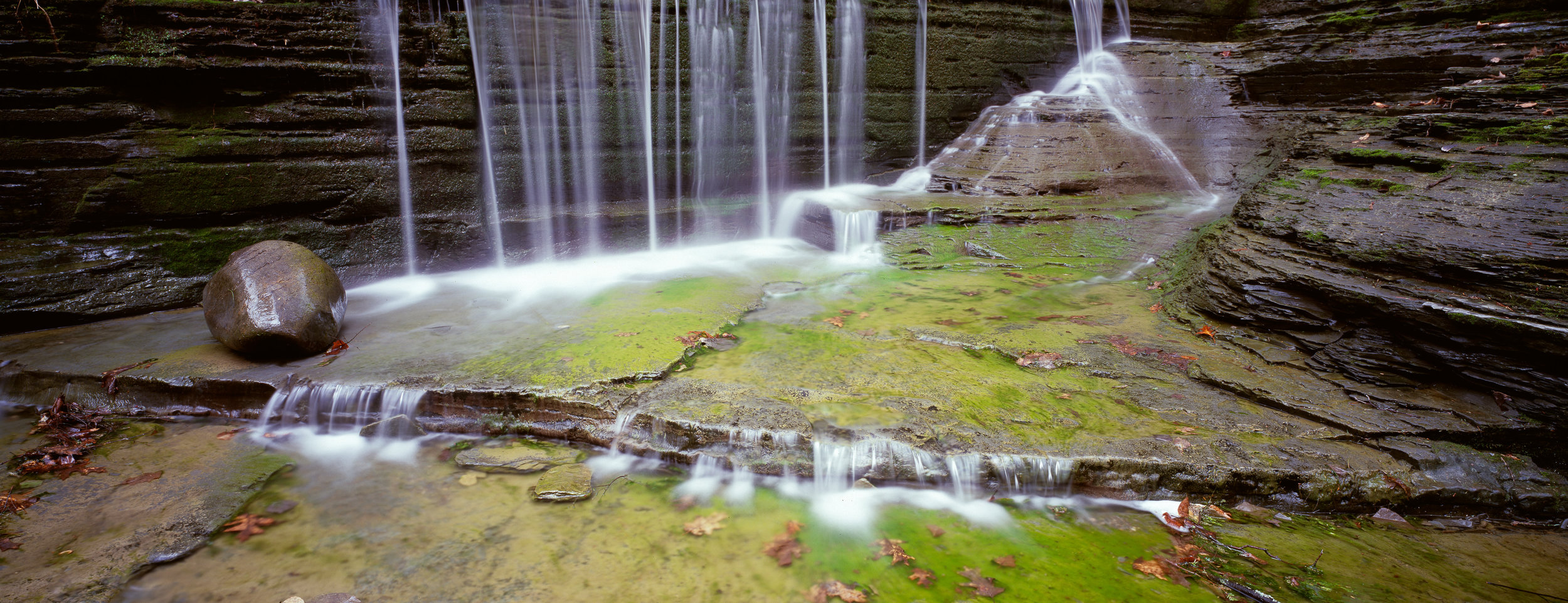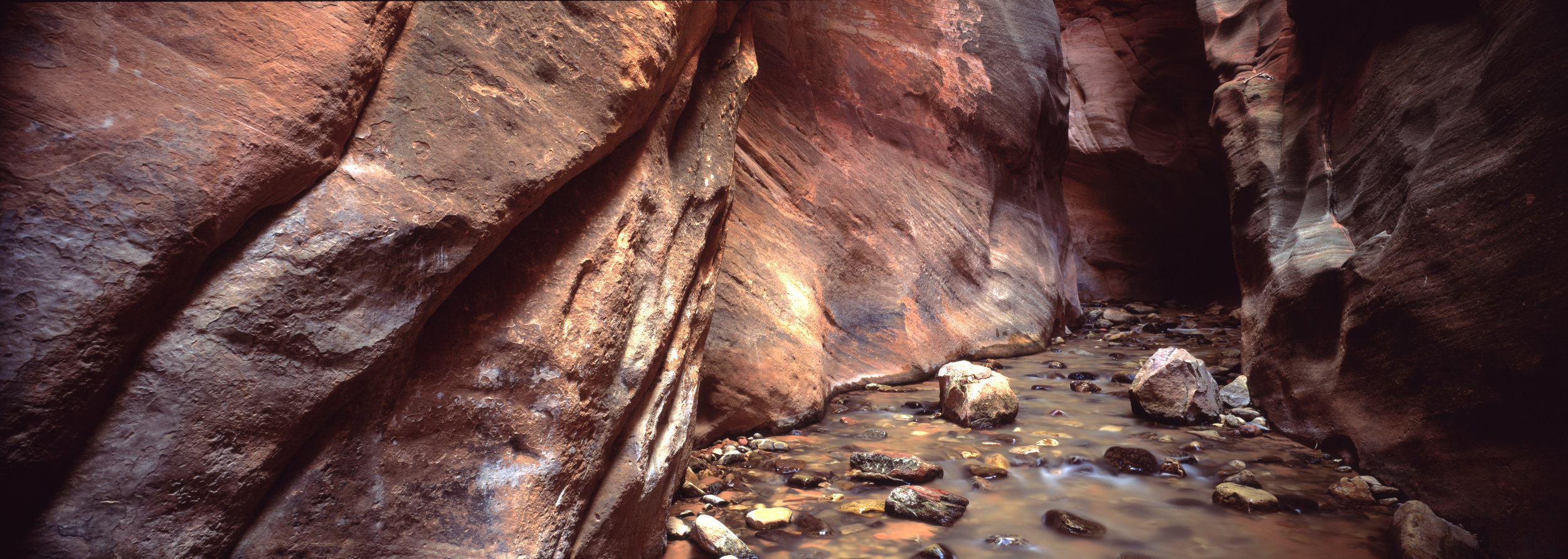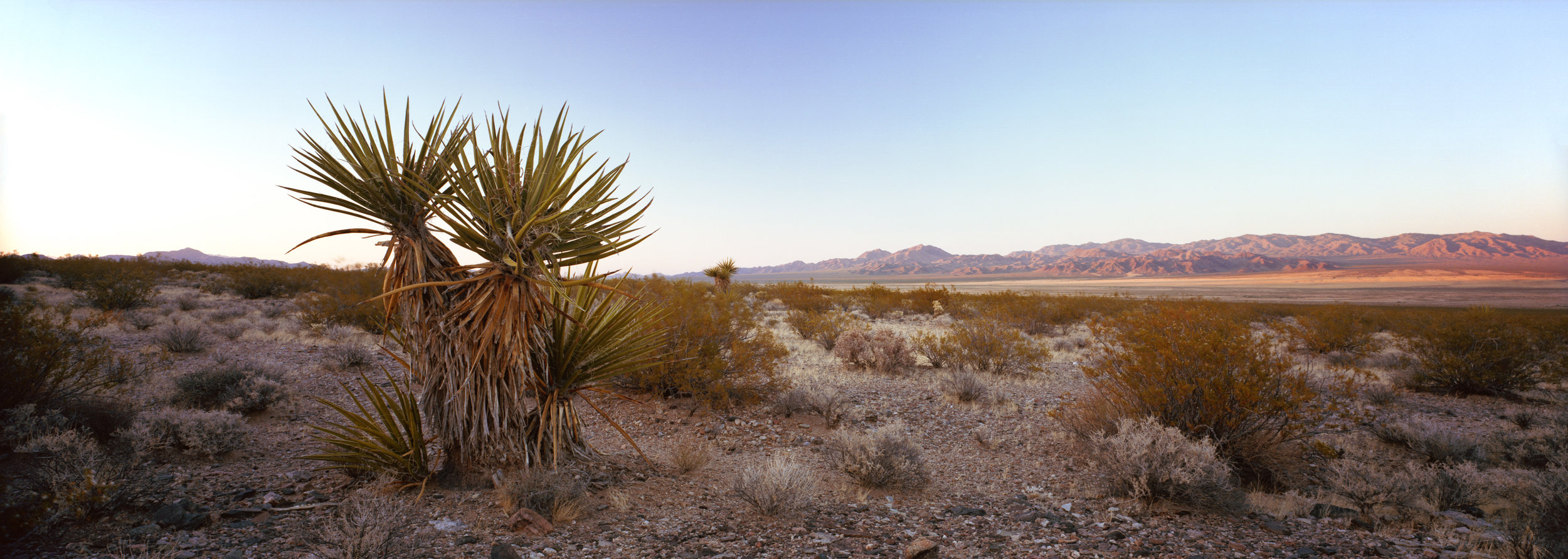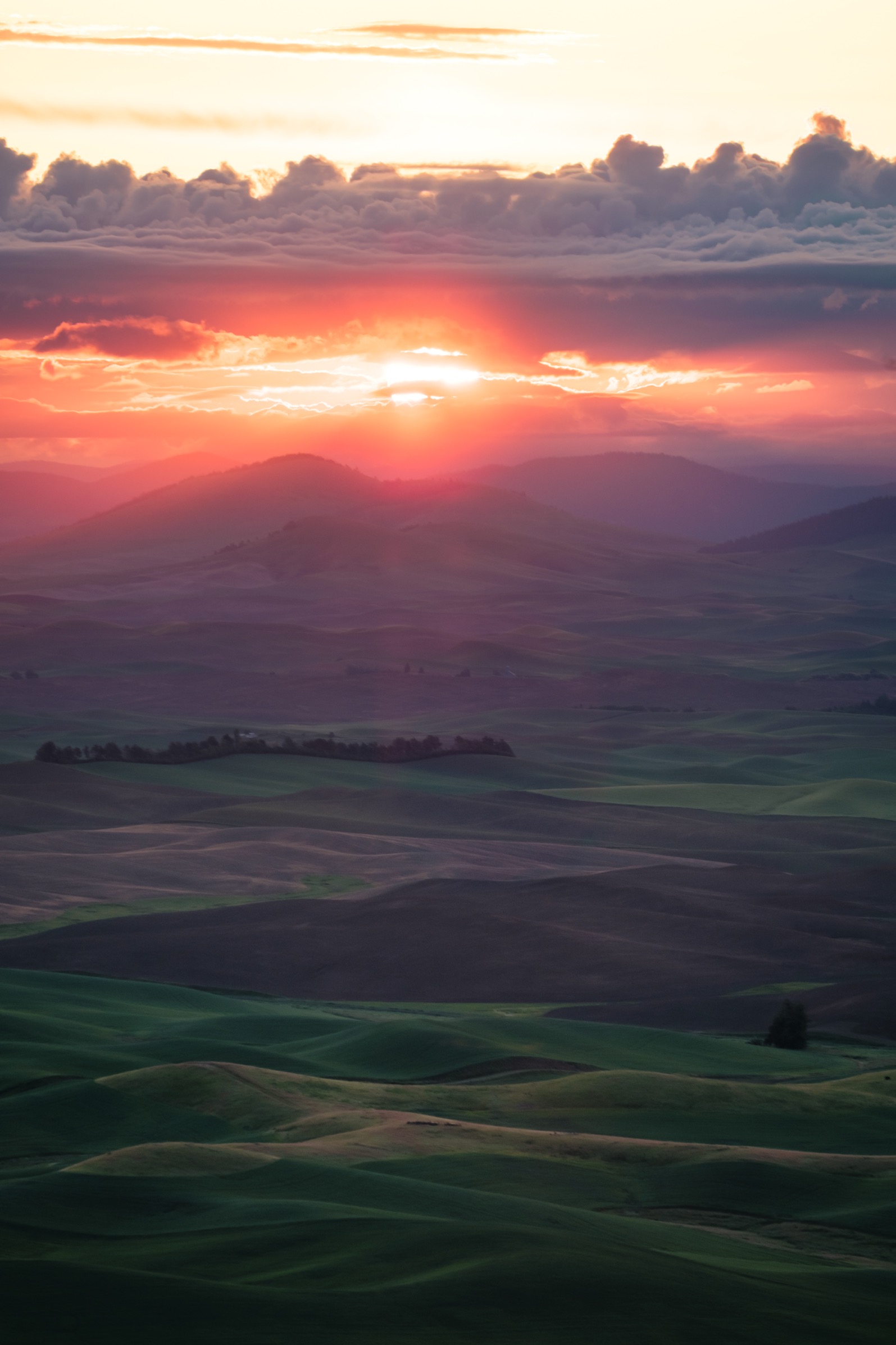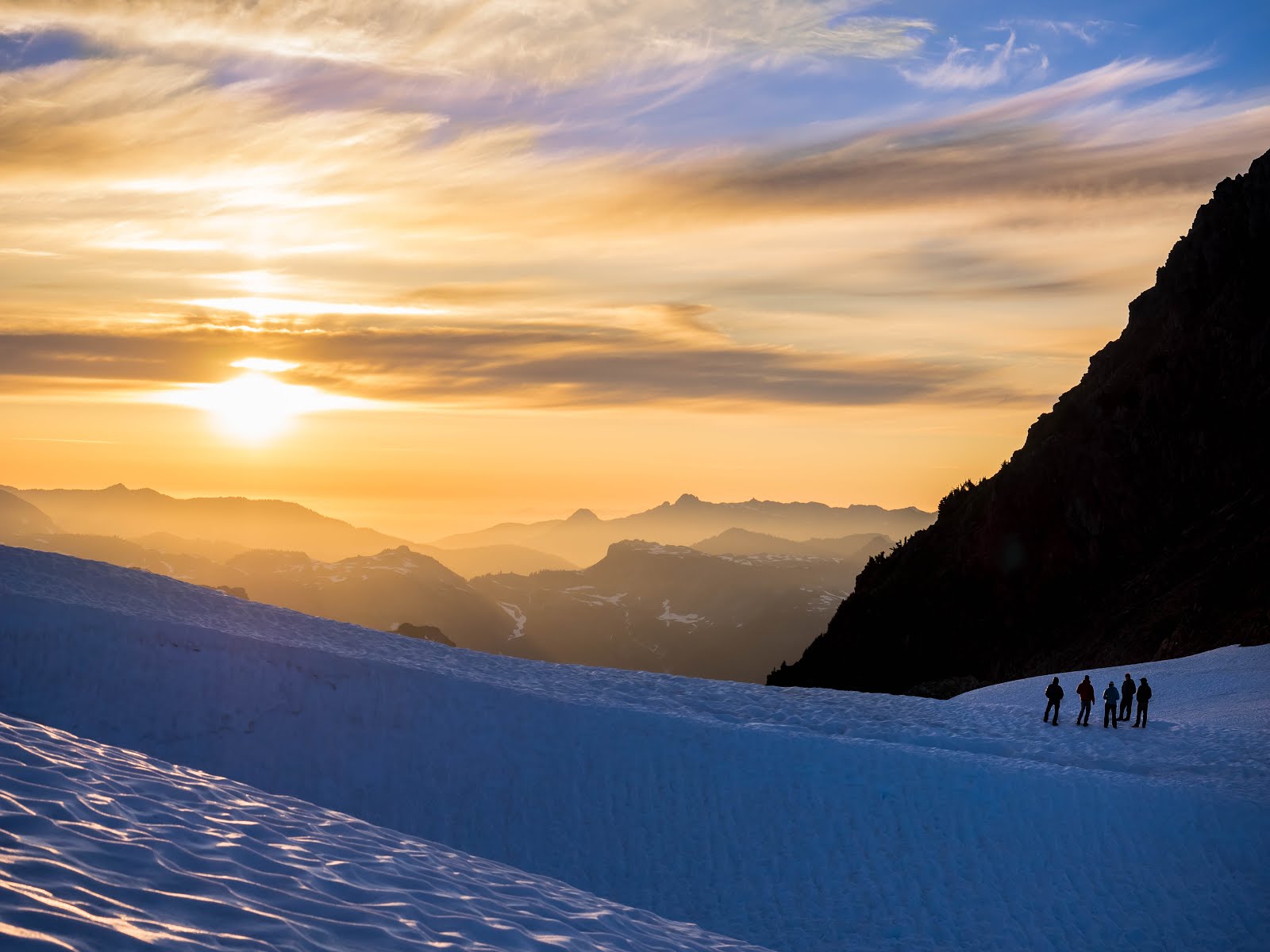This summer was an especially wild one, filled with perhaps even more adventures than in previous years. The most notable of these adventures wasn't even photography related – I spent three weeks in Tanzania leading field work for a computer science study on user interfaces for mobile phone applications in rural Africa. Of course, this trip was far from devoid of photographic opportunities, the highlight of which was a three-day ascent of Mount Meru, a 15,000 foot volcano that's the second highest summit in the country.
My time back in the states was no less busy than in the past, with ascents every weekend of 100 highest peaks, and numerous midweek trips to alpine locations – a typical weekday would see me leaving work and driving straight into the mountains for sunset, staying up for astrophotography, catching a few hours of sleep, and then waking up for sunrise before hiking back to my car and driving straight to work, often taking a conference call with Tanzania on the road.
My summer was bookended by drives to and from Seattle, the former including a weeklong stop in Utah for a backpacking, joined by Adam and Dan, who flew in from opposite sides of the country to join me. I was delighted by some wonderful company on many of my trips, not only Adam and Dan, but also Margaret and Leah on a great trip to Tipsoo Lake, and Becca, who came up from the Bay Area for a long (and spectacular) weekend of peak-bagging in North Cascades National Park.
August proved a bit more challenging weather-wise, with thick smoke from British Columbia inundating both Seattle and the surrounding mountains, while my drive back to Ithaca was beset by fog, heavy rain, and general grossness. Despite this, I had a wonderful time, enjoying photographing waterfalls during my first visit to Glacier National Park, as well as revisiting some favorite spots from last year's drives, including Steptoe Butte in the Palouse, Devils Tower in Wyoming, and Badlands National Park in South Dakota.
My summer ended with a week with family in the Adirondacks, where my bad weather luck followed me to the summit of Saint Regis Mountain twice, thankfully my third consecutive night camping there ended with a gorgeous sunrise over the numerous lakes and ponds that dot the area. Not wanting to leave the mountains, I opted for one final night with Dan at Connery Pond, having just 30 minutes to photograph the dawn before hopping in my car and driving straight to Ithaca in time for my first lecture of the fall semester.
Per tradition, I put together some numbers about my various shenanigans. Between leaving Ithaca in May, and returning to Ithaca in August, managed to spend 60 days in the mountains, with 21 various trips. I spent 32 nights camping, compared to the 35 nights I spent in my own bed in Seattle. Between my drives to and from school, my travel in Tanzania, and my trips to the mountains, I drove a wince-inducing 11,839 miles, paling in comparison only to the 20,296 miles I flew. More encouragingly, I hiked 214.52 miles, climbing 82,325 vertical feet in the process. I summited 30 named peaks, including 12 more of the Bulger Peaks, putting me at 63 out of the 100 highest mountains in Washington State. The real fun, of course, came from the 7021 photos I took, averaging one photo every 19 minutes! This only slightly misleading statistic places a concerning emphasis on quantity over quality, and I wouldn't want you to misjudge my priorities, so let's just look at my favorite 45 photographs.
Click on any image below to view a larger size. Captions and full-resolution downloads are available
here
. Please contact me before printing or editing any of these images.
